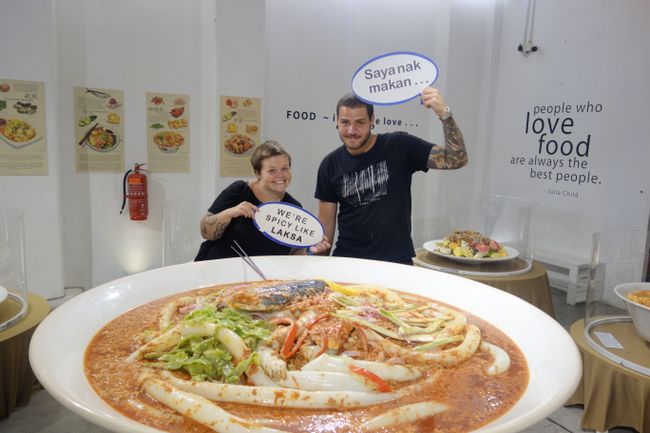Taiwanese Cuisine - Absolutely Delicious
Whakaputaina: 16.12.2019
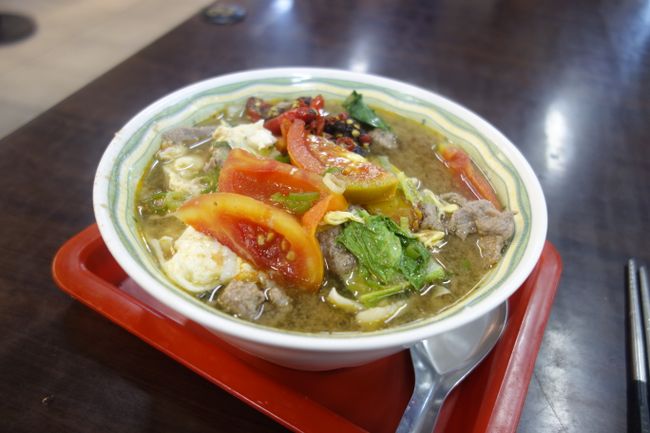
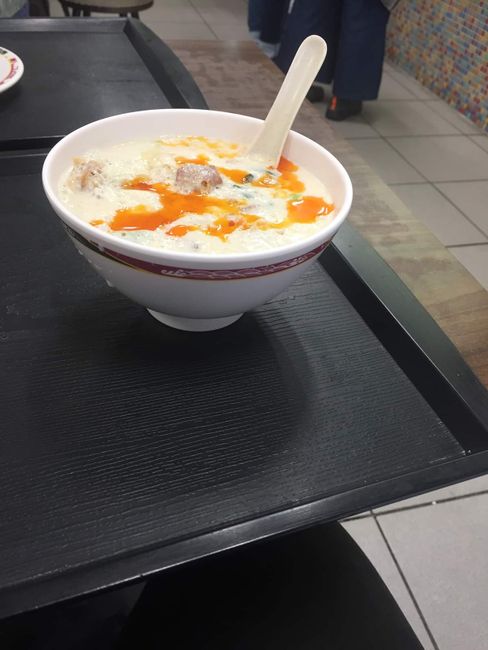
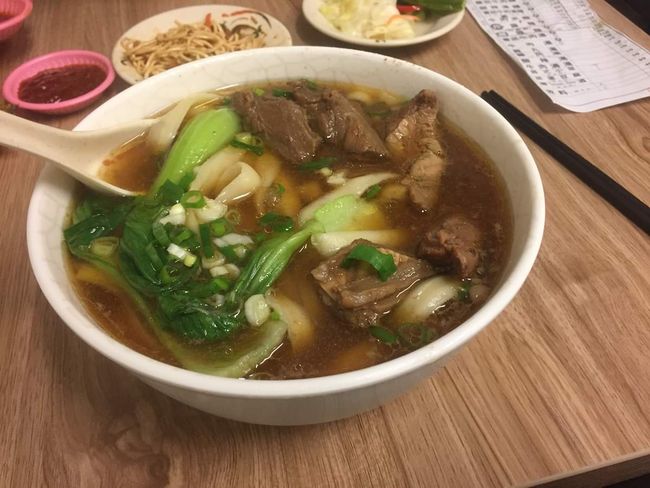
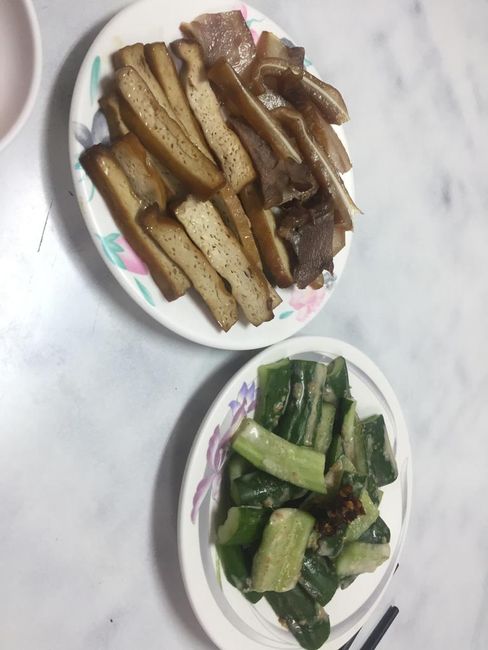
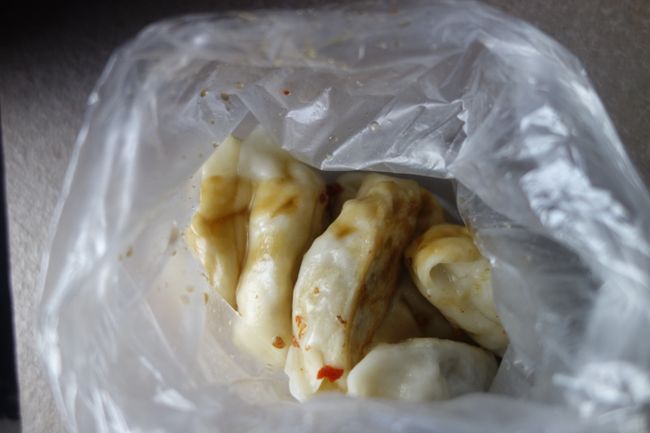
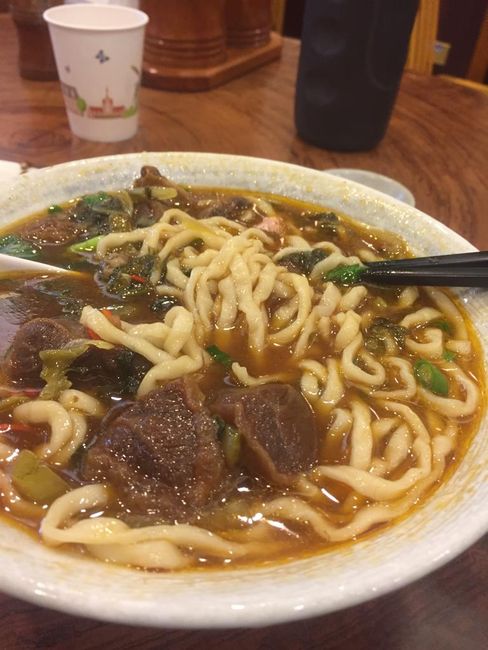
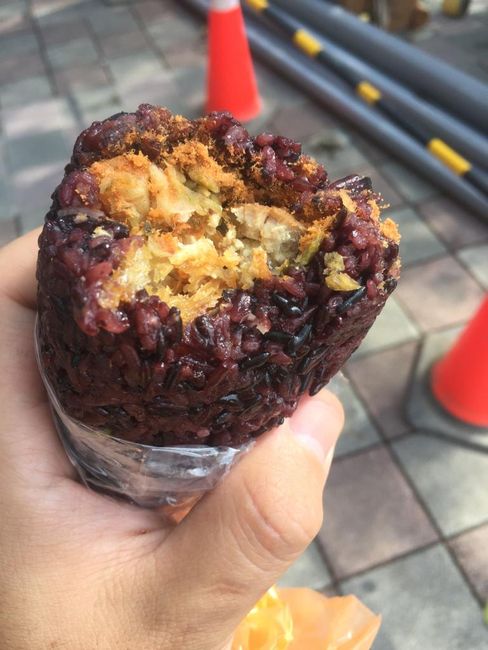
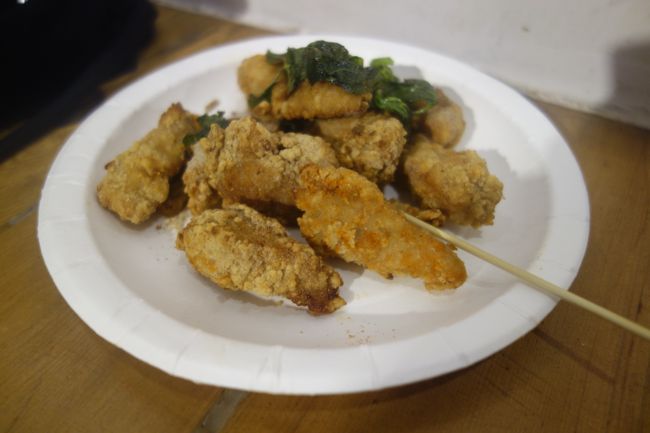
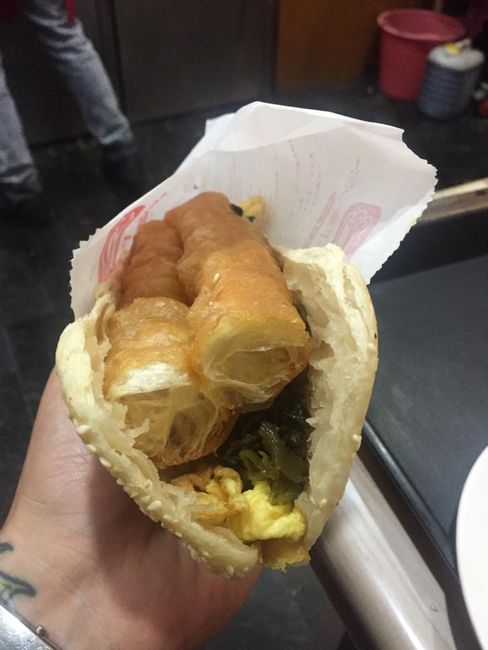
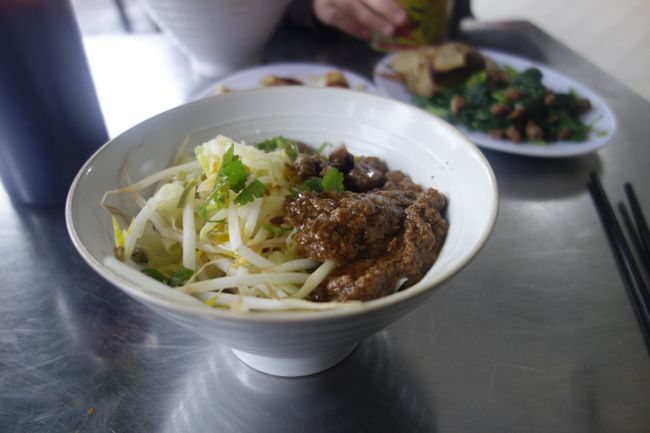
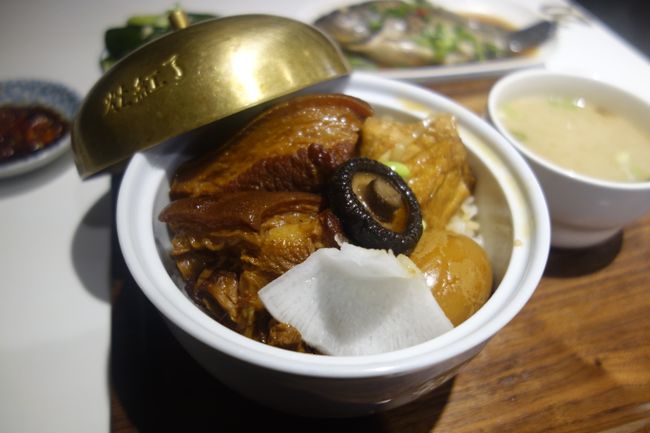
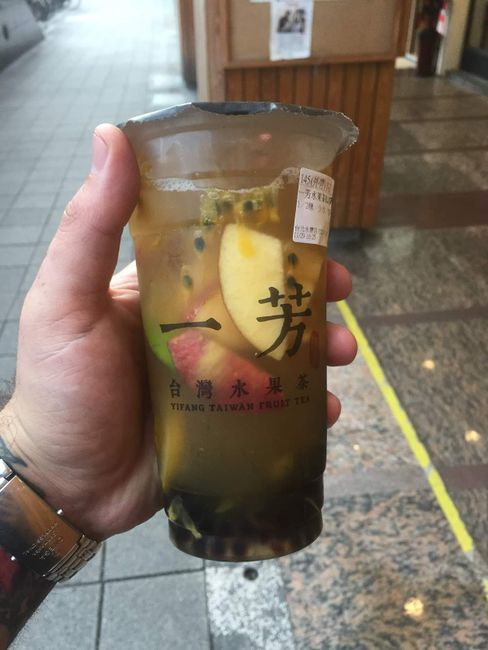
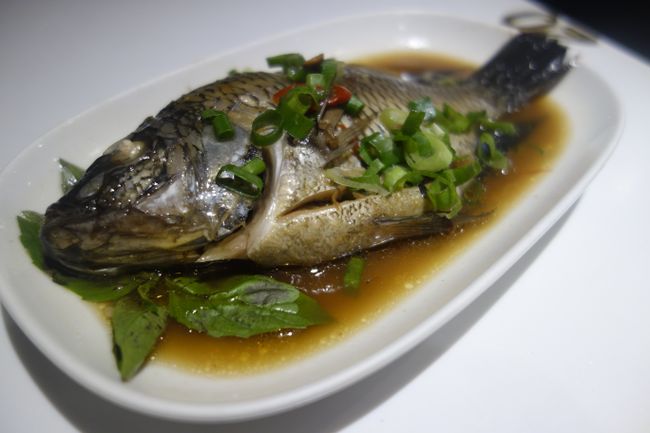
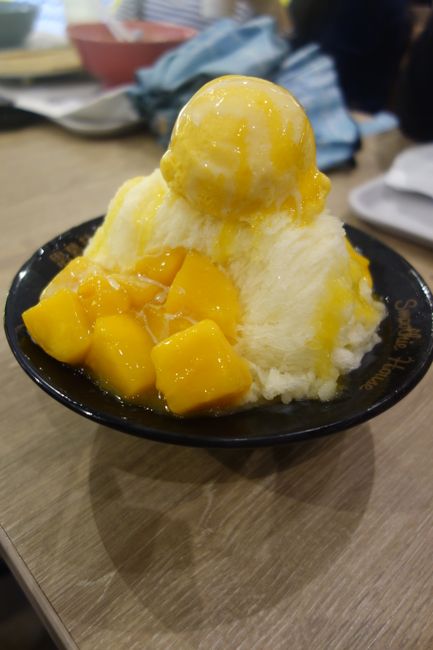
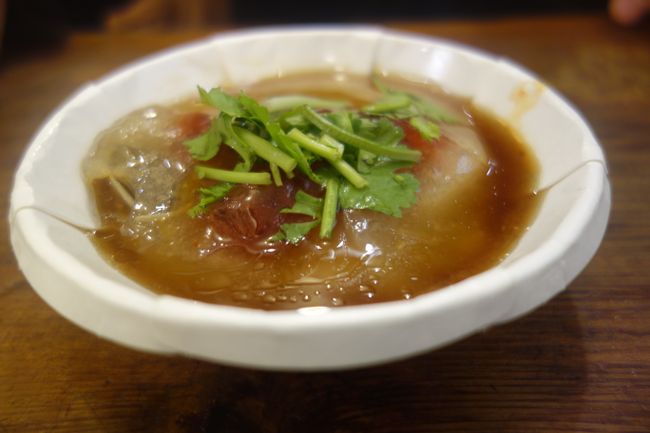
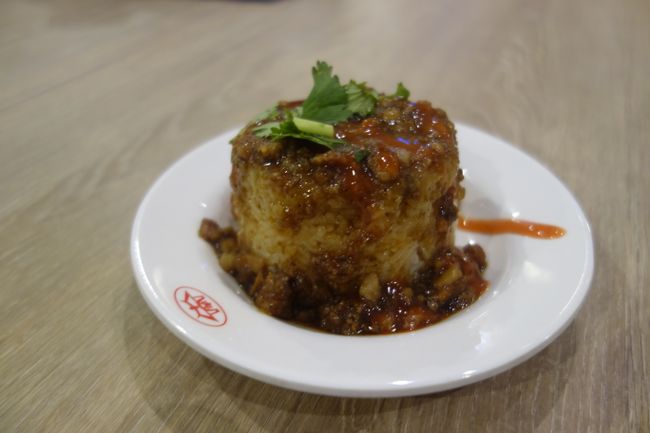
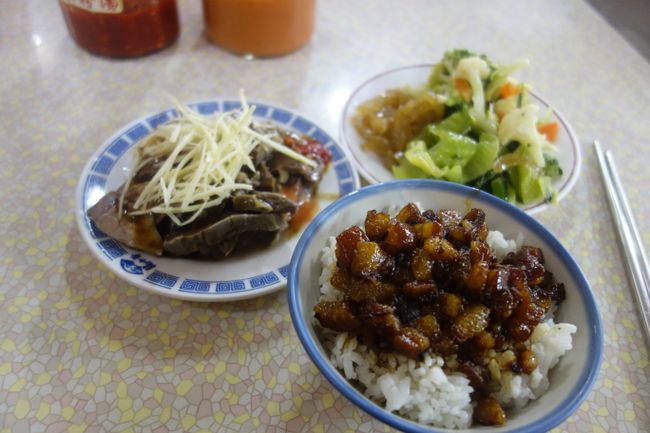
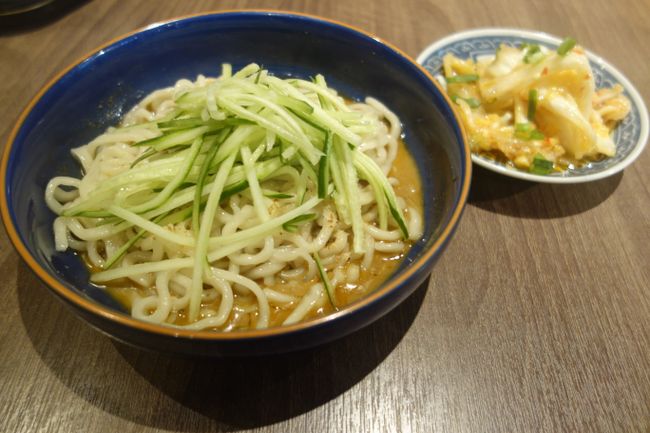
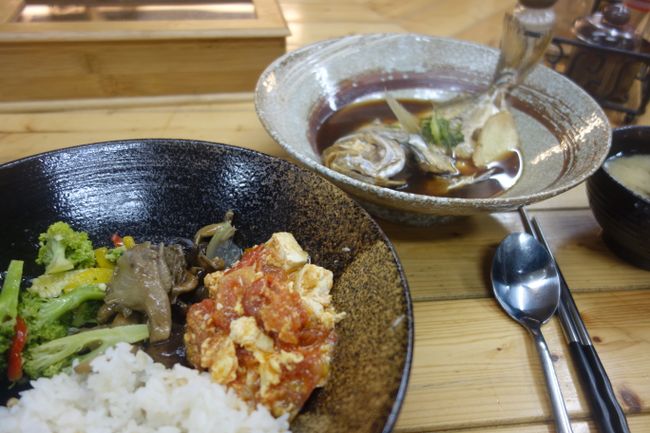
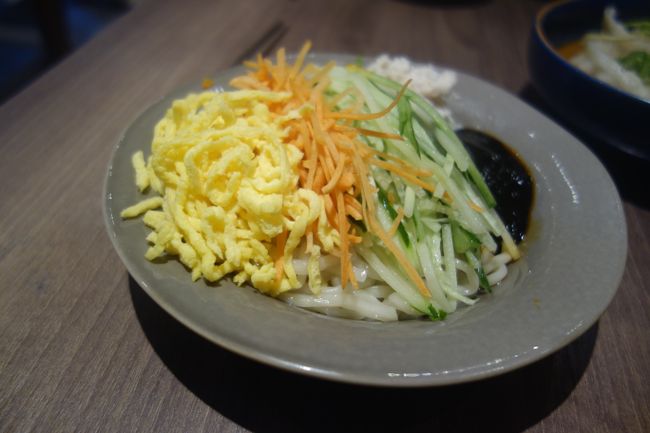
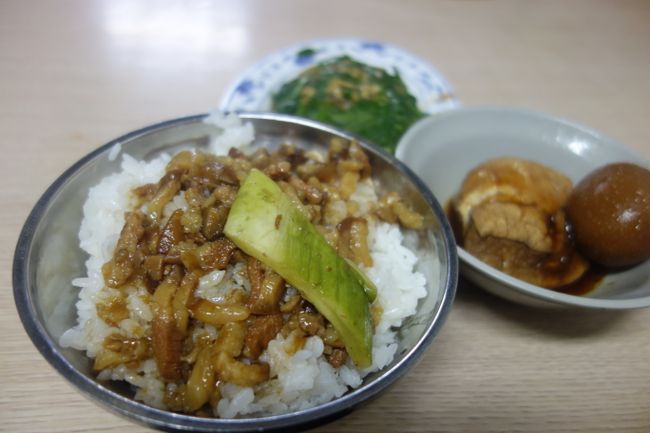
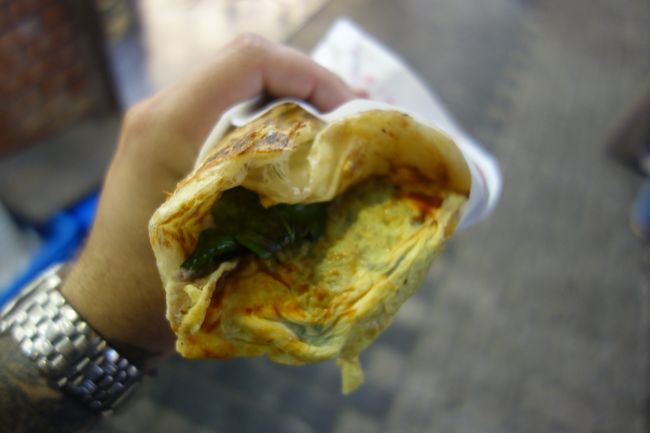
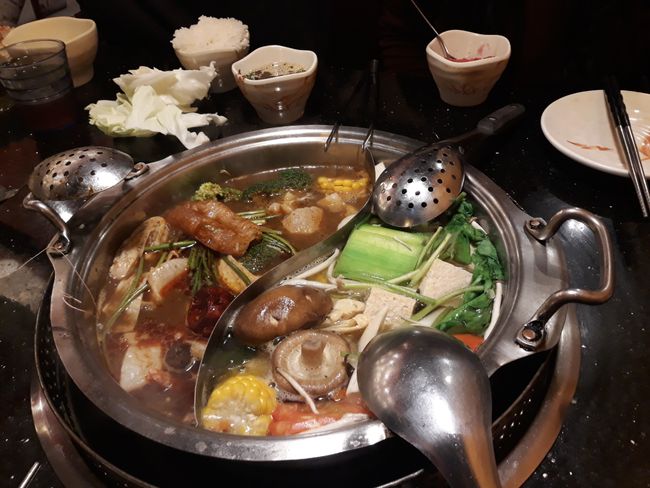
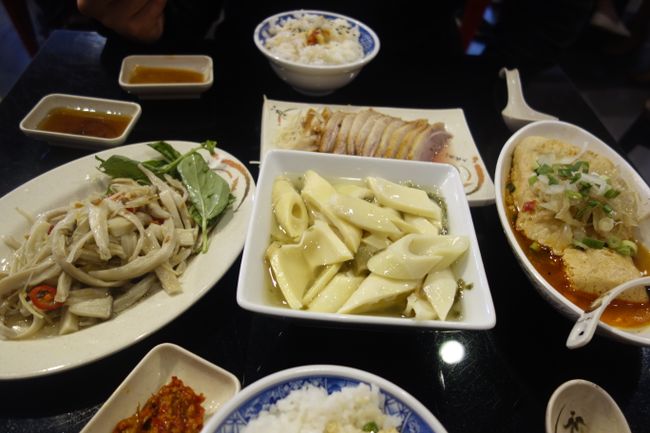
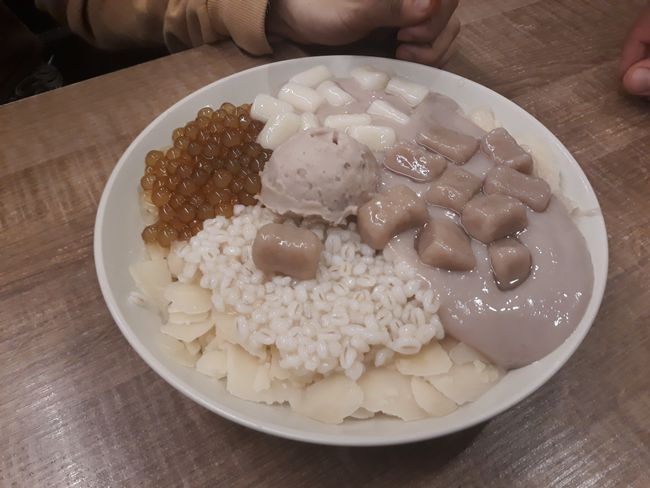
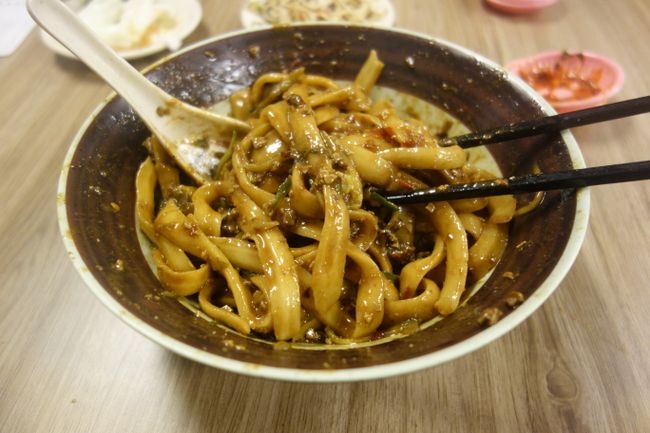
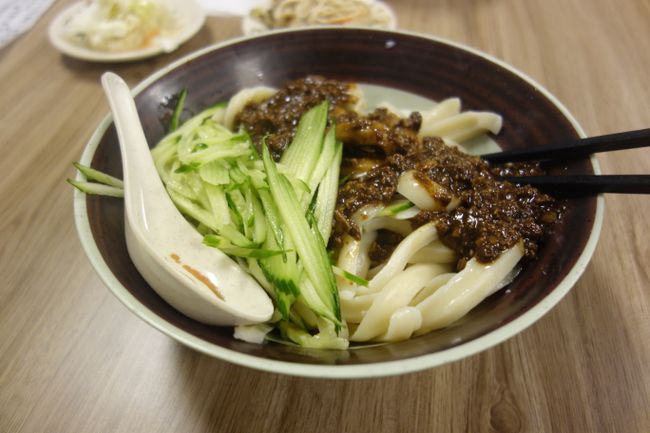
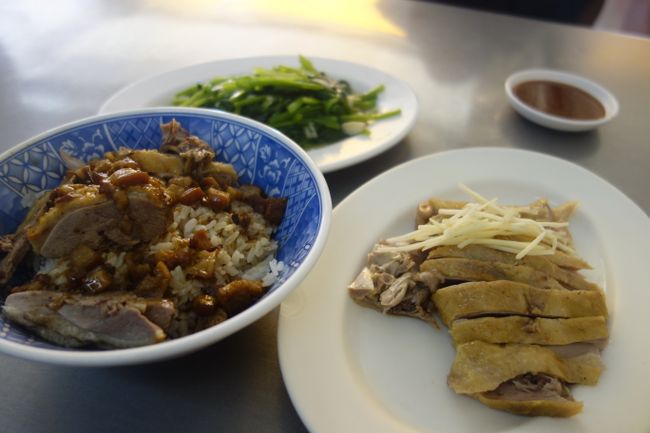
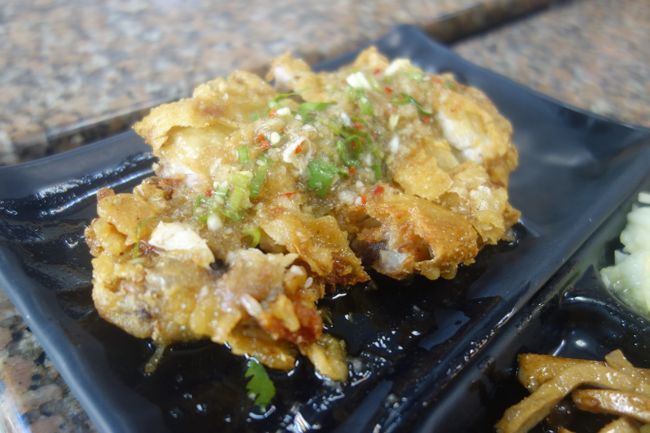
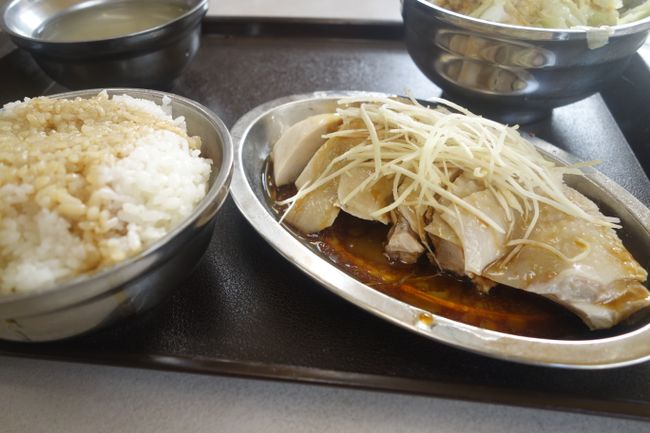
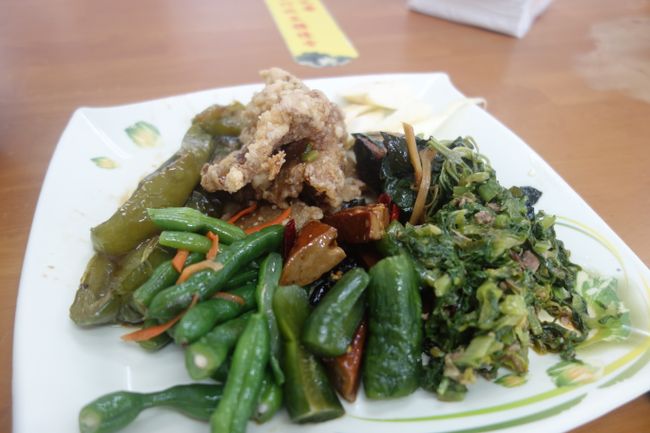
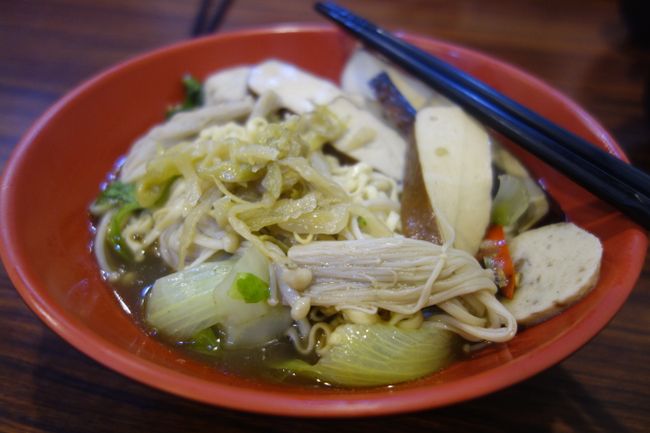

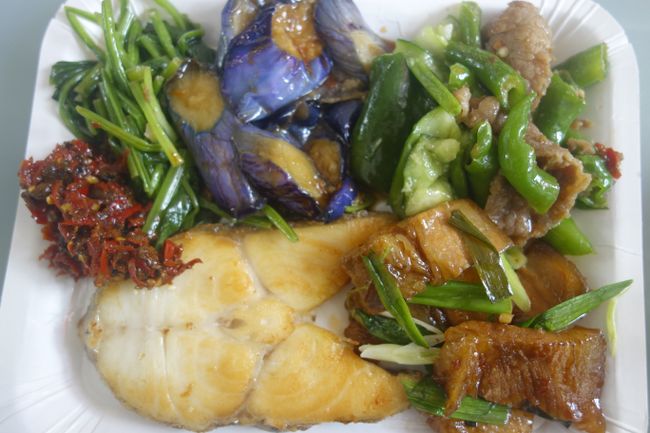
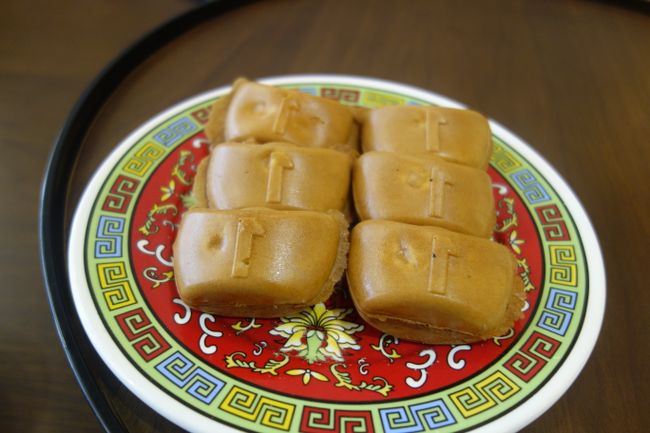
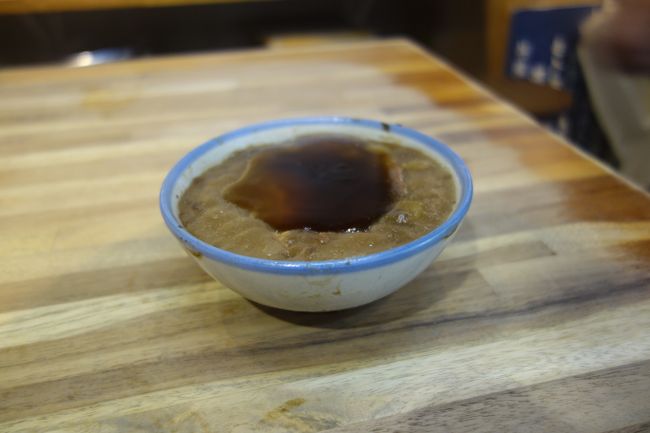
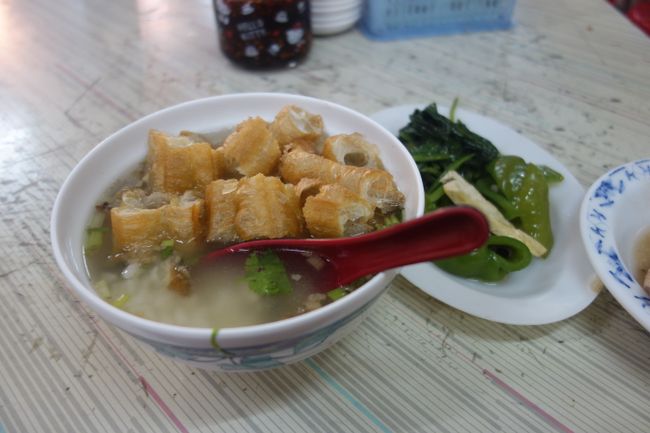
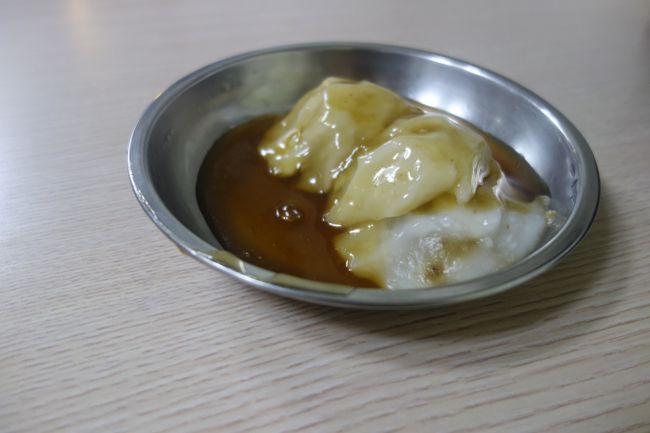
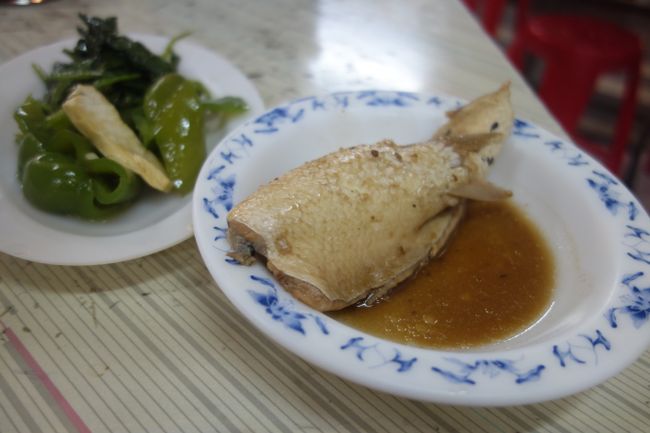
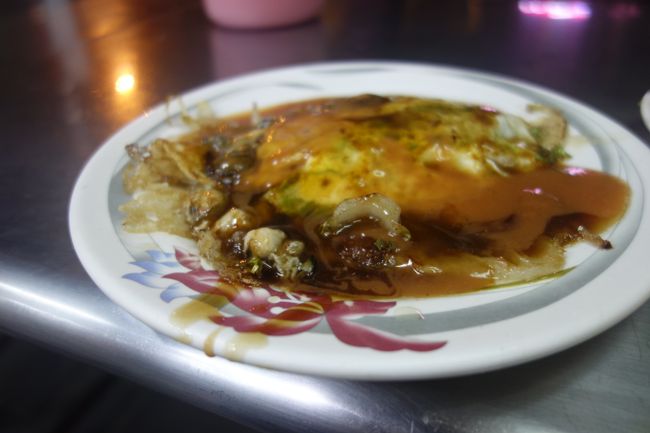
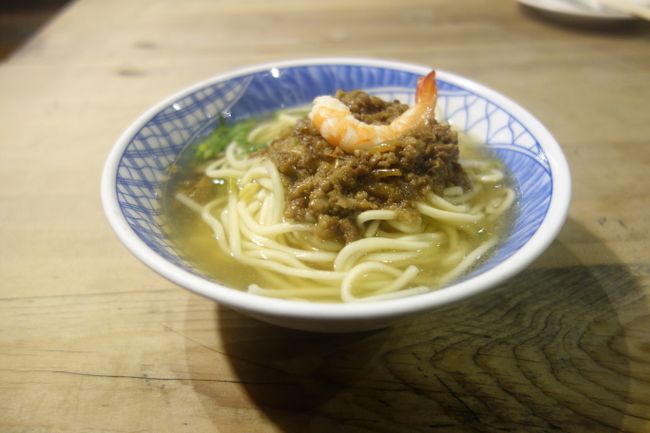
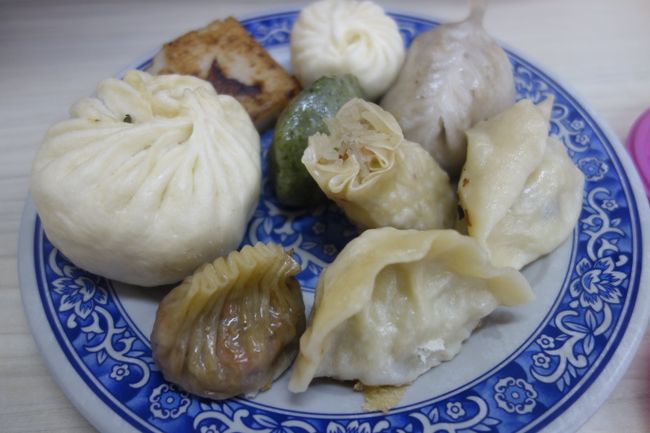
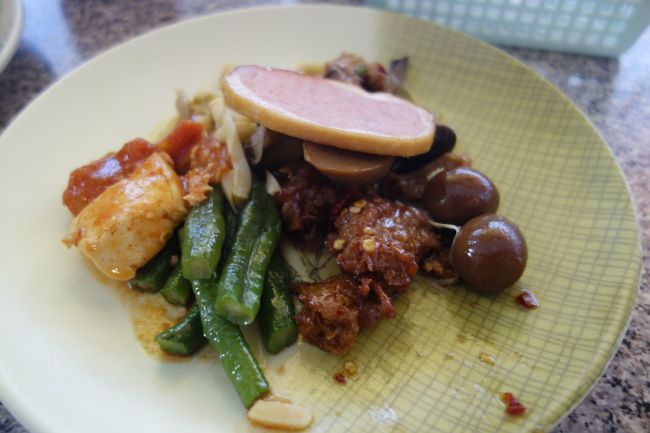
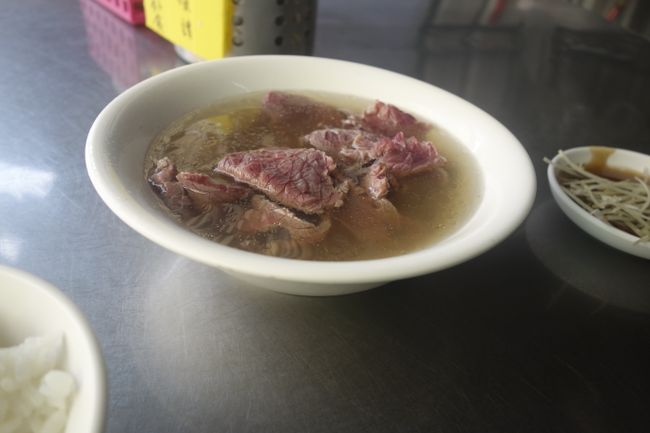
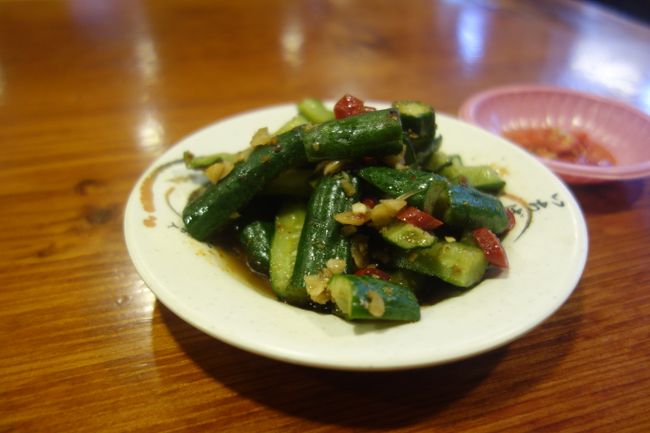
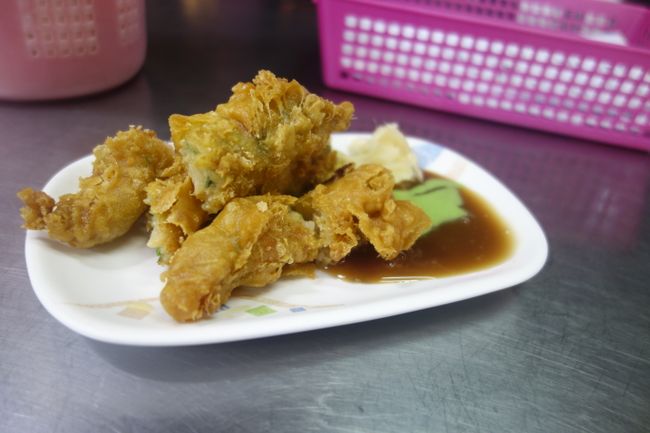
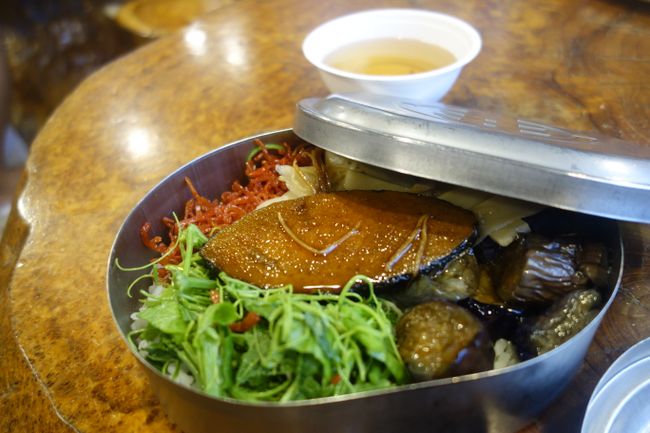
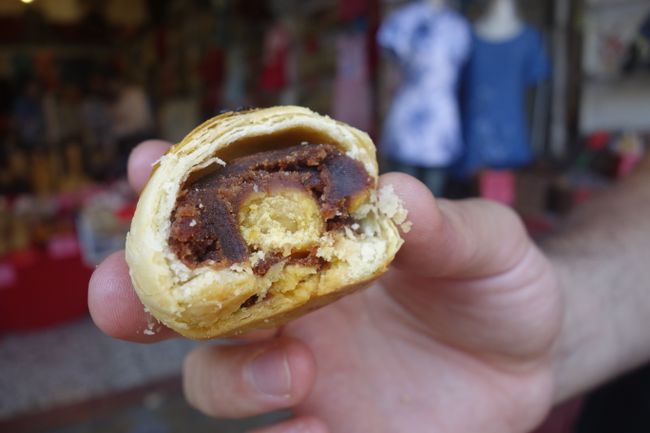
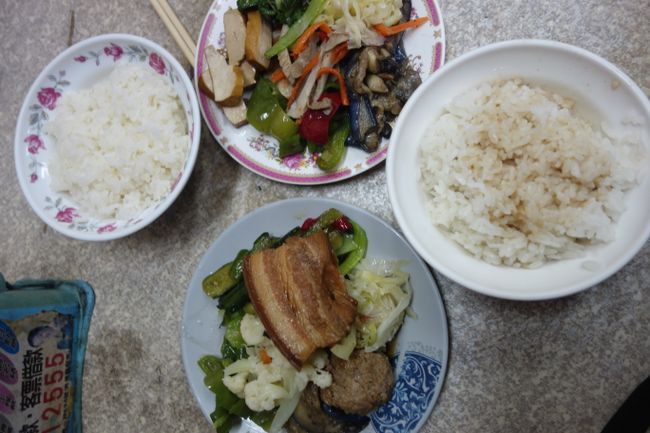
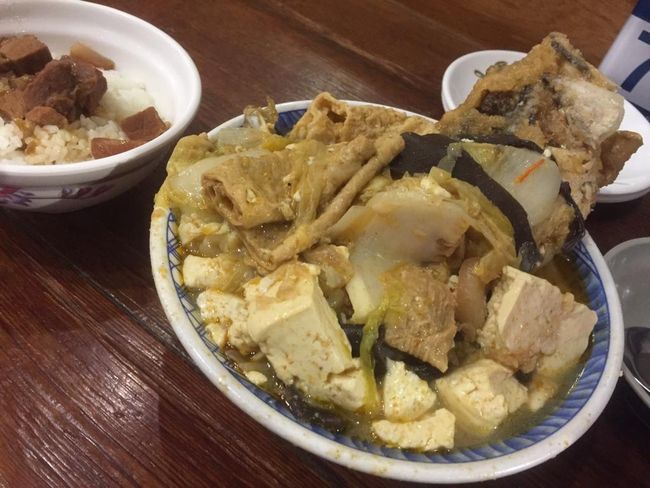
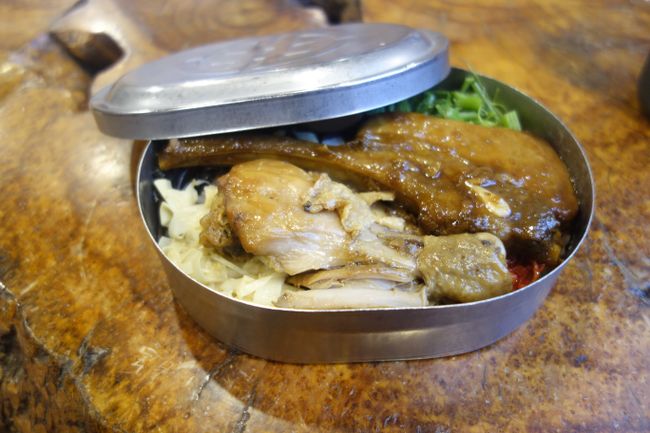
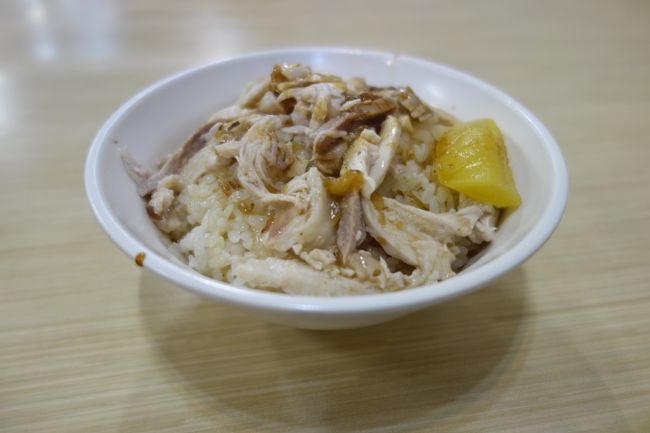
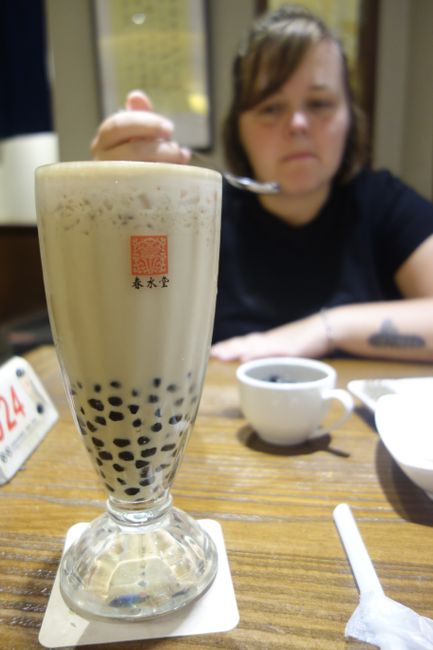
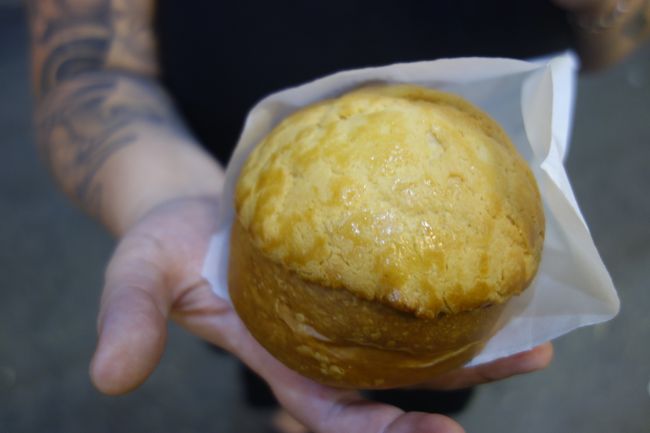
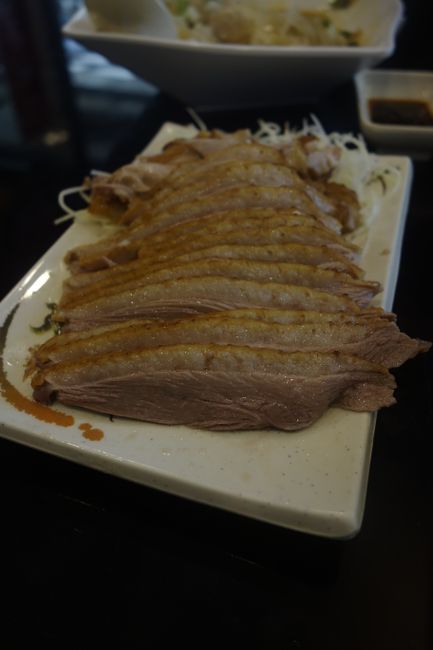
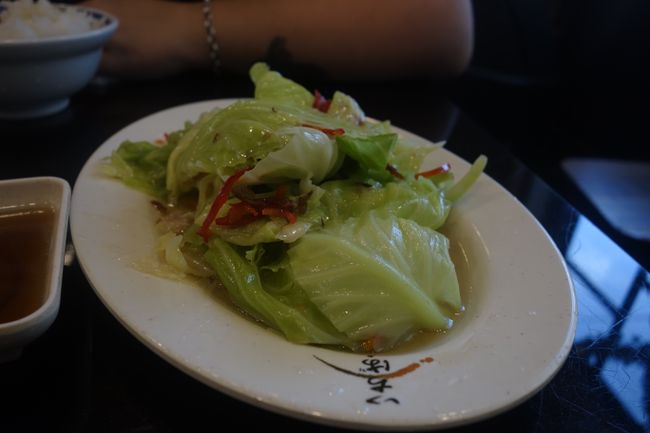
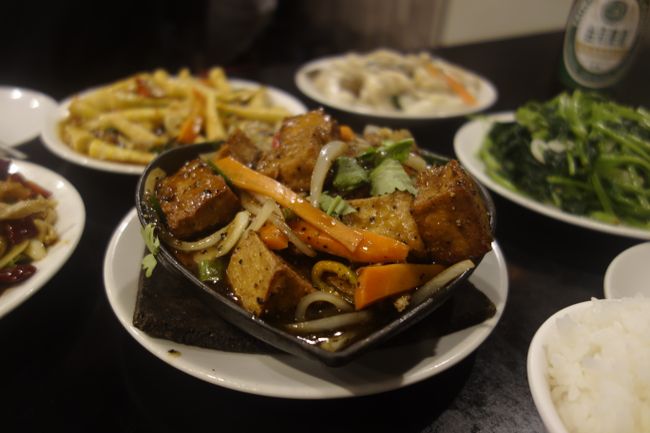
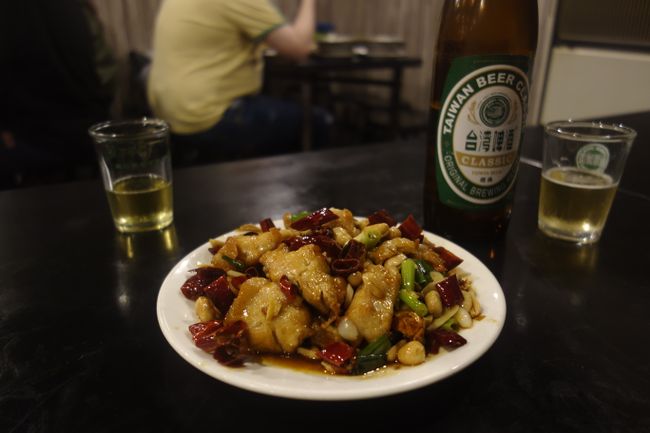
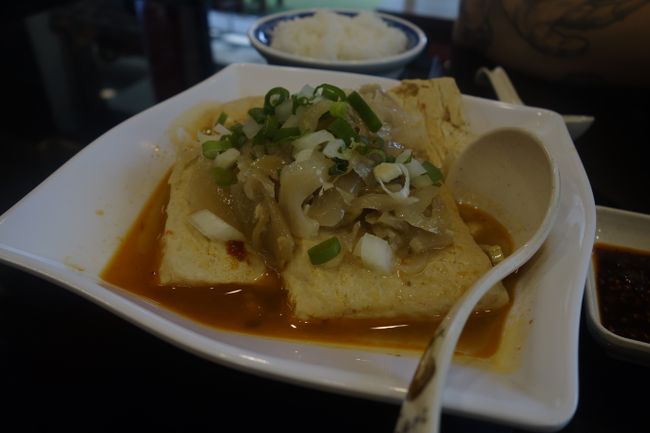
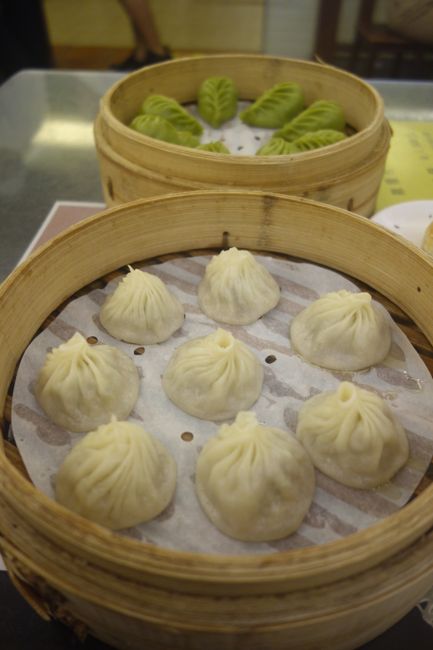
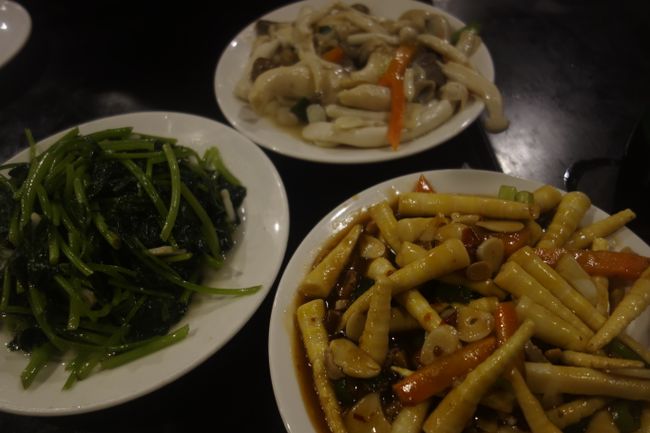
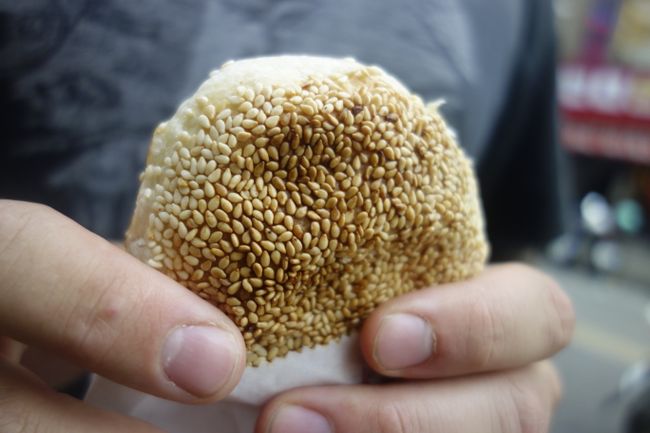
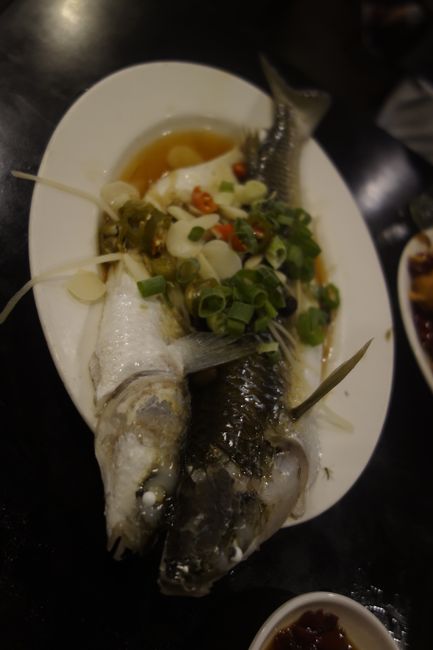
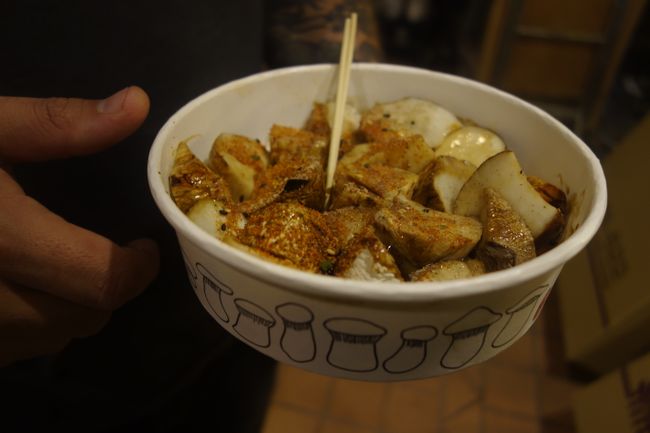
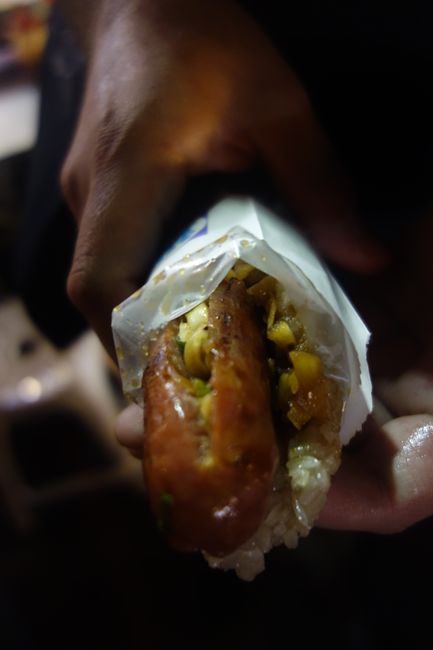
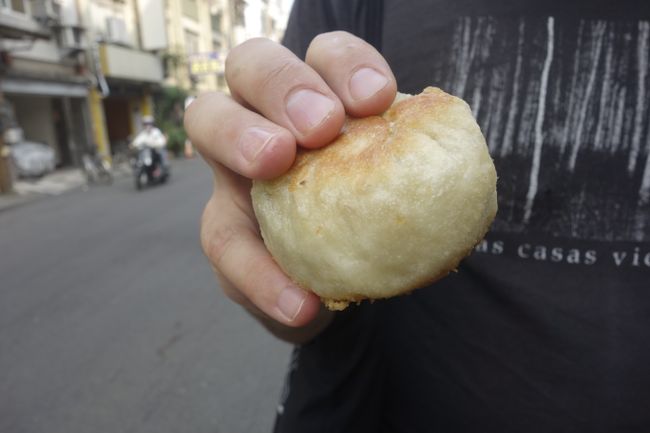
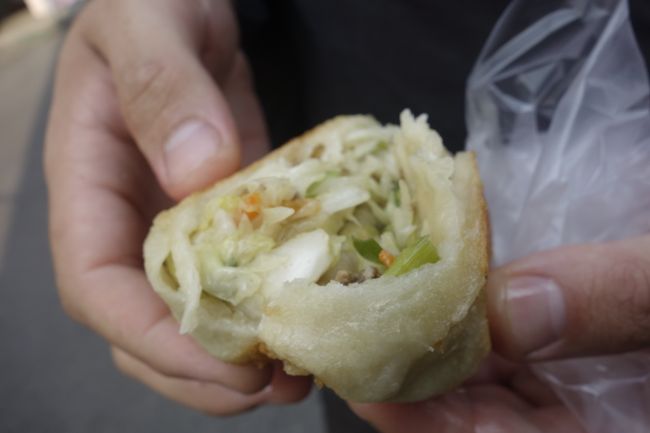
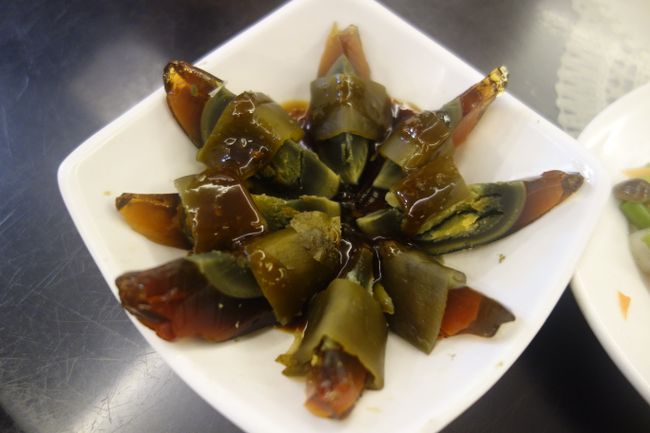
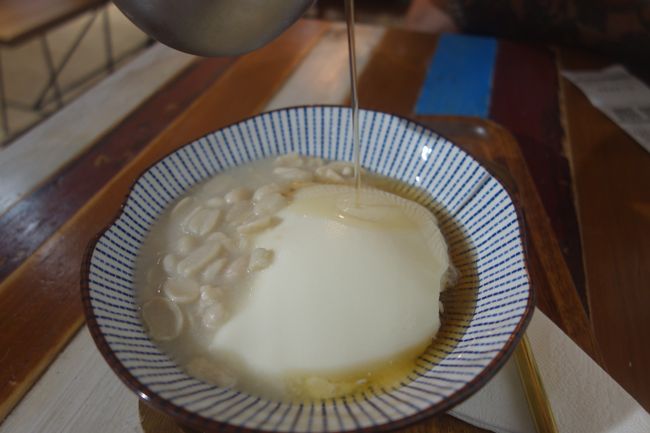
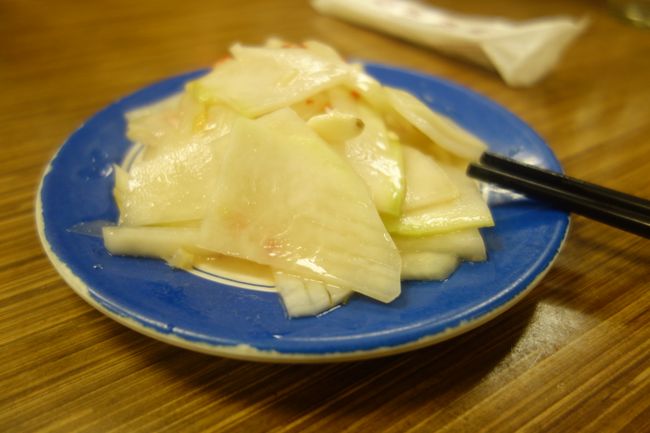
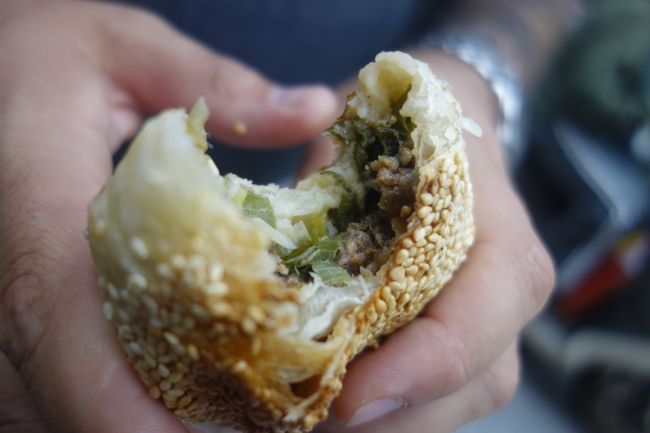
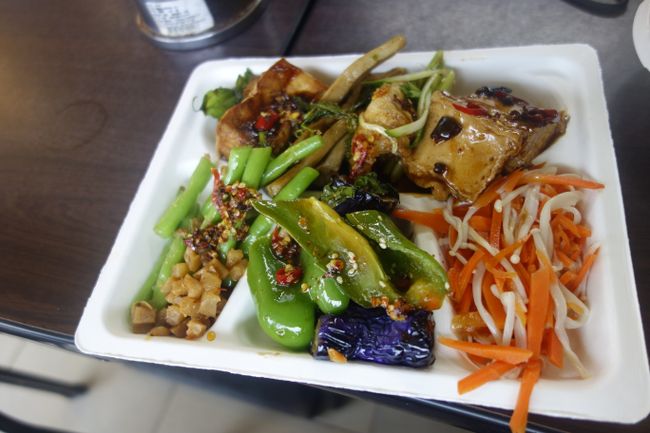
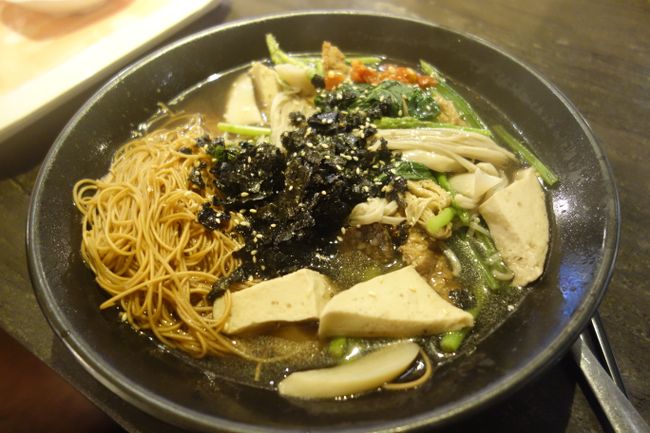
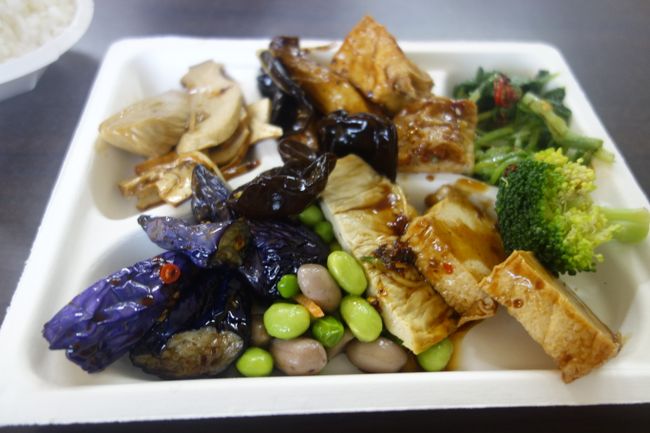
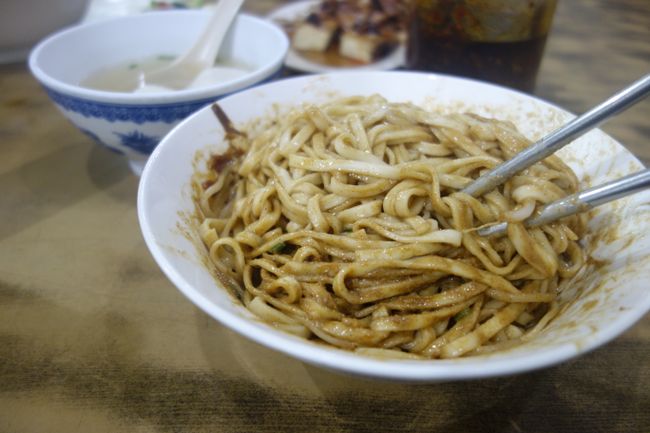
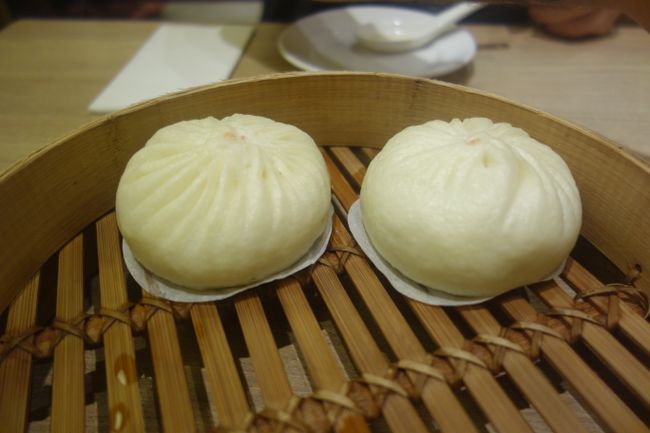
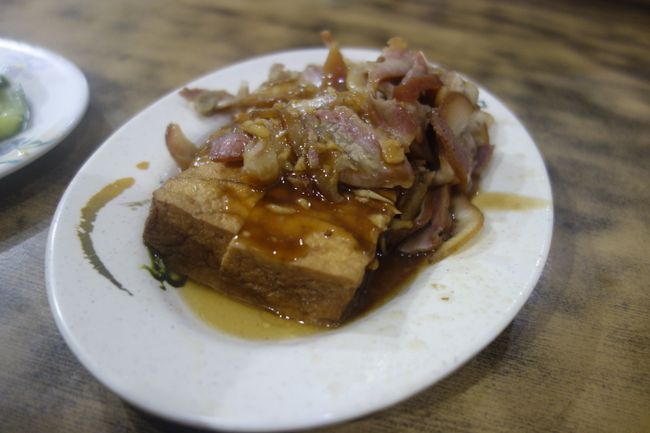
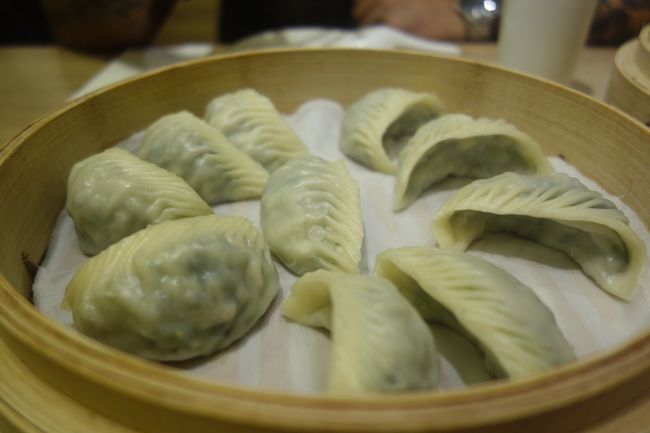
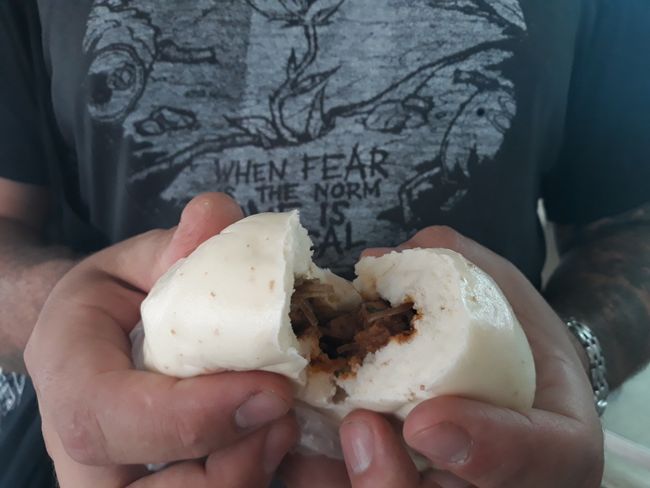
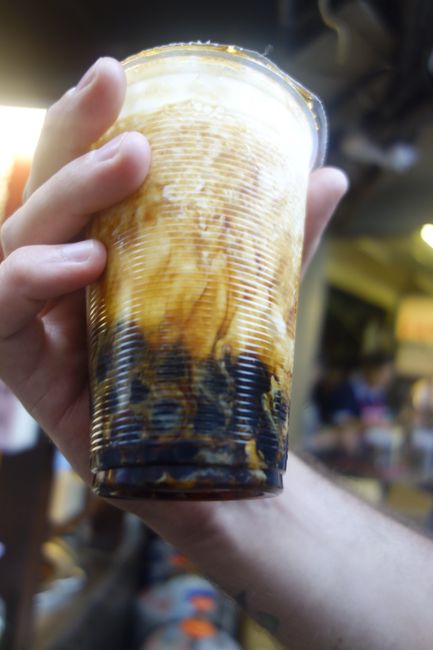
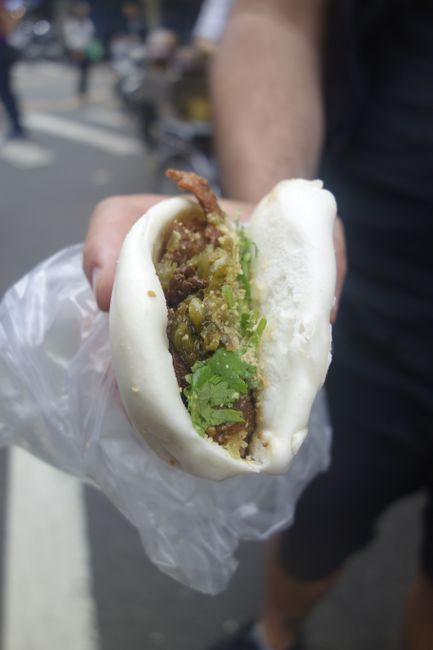

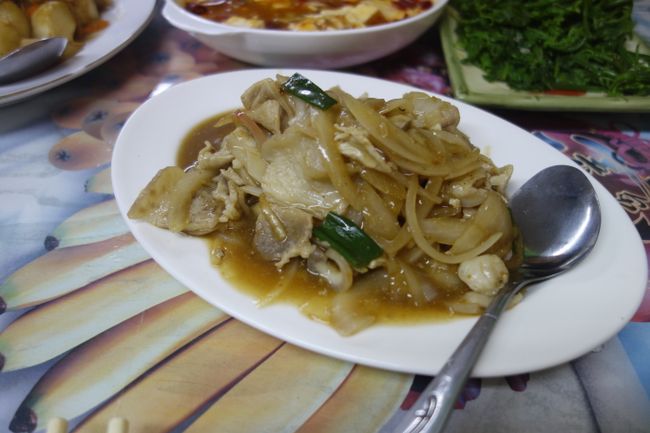
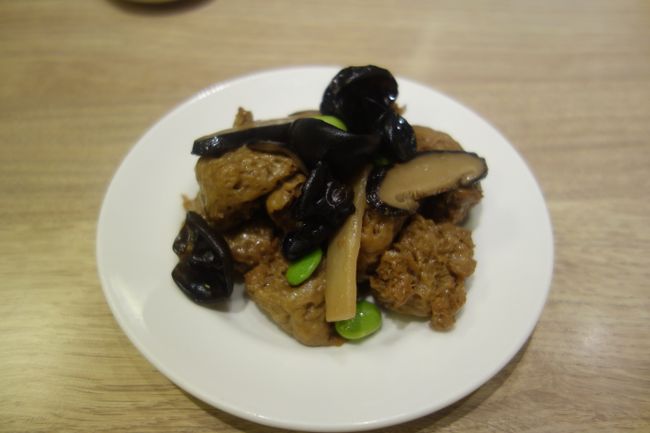
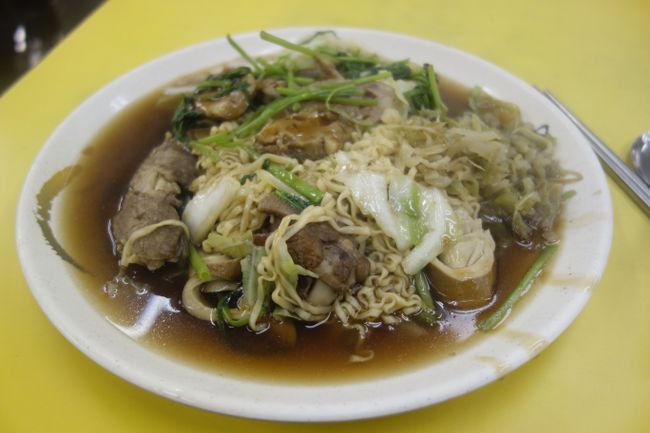
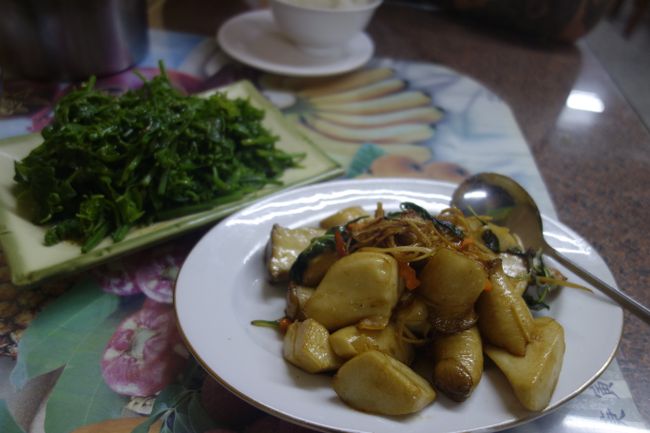
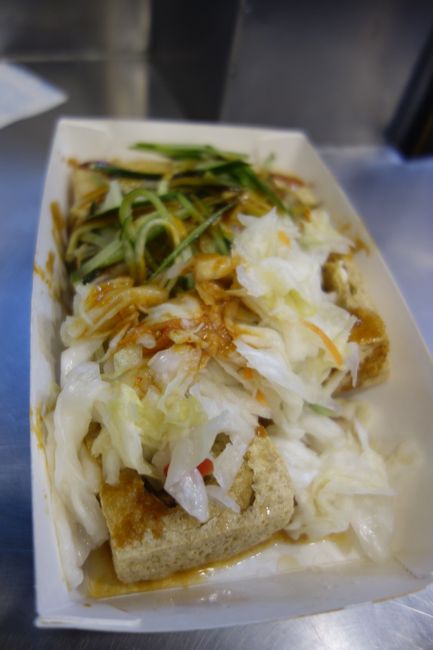
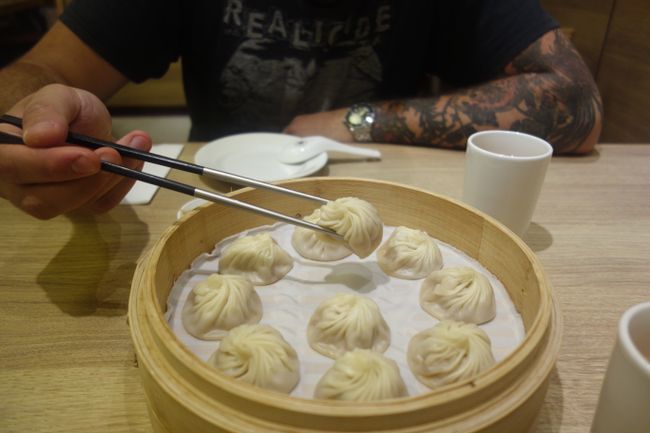
Ohauru ki te Panui
In recent years, Taiwanese cuisine has been gaining international recognition. Once you visit Taiwan, you'll understand why. Like in many East Asian countries, food is an integral part of daily life, and the variety of options is overwhelming, not just in larger cities. Due to the majority of the population in Taiwan being of Southern Chinese descent, Taiwanese cuisine is heavily influenced by Chinese cuisine. The Japanese colonial period has also left its mark on eating habits.
Taste-wise, Taiwanese cuisine is generally lightly seasoned and relatively simple. Soy sauce, oyster sauce, rice wine, vinegar, and sesame oil play important roles. In the south of the island, which was once the center of Taiwan's sugar industry, dishes are often slightly sweeter. Spice is not as common, although you can find some kind of chili sauce on almost every table for seasoning. Traditional Chinese aromatics such as ginger, star anise, and cinnamon are mainly found in braised dishes. Garlic and spring onions are generously used in most dishes, except for vegetarian establishments. Many everyday dishes are based on rice or noodles.
The rice varieties in Taiwan are already delicious, especially when perfectly cooked. The most commonly found rice dish throughout the country is 'lu rou fan,' which is a simple bowl of rice with braised, finely chopped fatty pork and a piece of pickled vegetables. As mentioned, it's very simple but tasty. However, people often order this dish instead of plain rice or as an addition to other small dishes to make a full meal. Blanching greens like lettuce or water spinach makes for a tasty vegetable side dish. Braised items like tofu, eggs, or meats, as well as offal, are also very popular. Meaty dishes are usually served with a generous amount of thin ginger strips. These ginger strips are briefly soaked in cold water first to make them crunchy and remove their raw spiciness.
There are a great many simple rice dishes where some kind of meat is served on top of a bowl of rice, and the Chinese term for such dishes is 'gaifan.' The popular turkey rice from the city of Chiayi is often translated into English as 'chicken rice.' There are many lunchbox shops where you can get simple pre-made rice dishes, and they are found abundantly on most train journeys as well. Usually, you get a piece of meat, often a pork chop, and a few small vegetable side dishes. If you want an affordable meal with a wider range of options, you can go to one of the many buffet restaurants. The quality of the food in terms of cooking and taste is often surprisingly good. Vegetarian restaurants are mostly buffet-style and can be found almost everywhere.
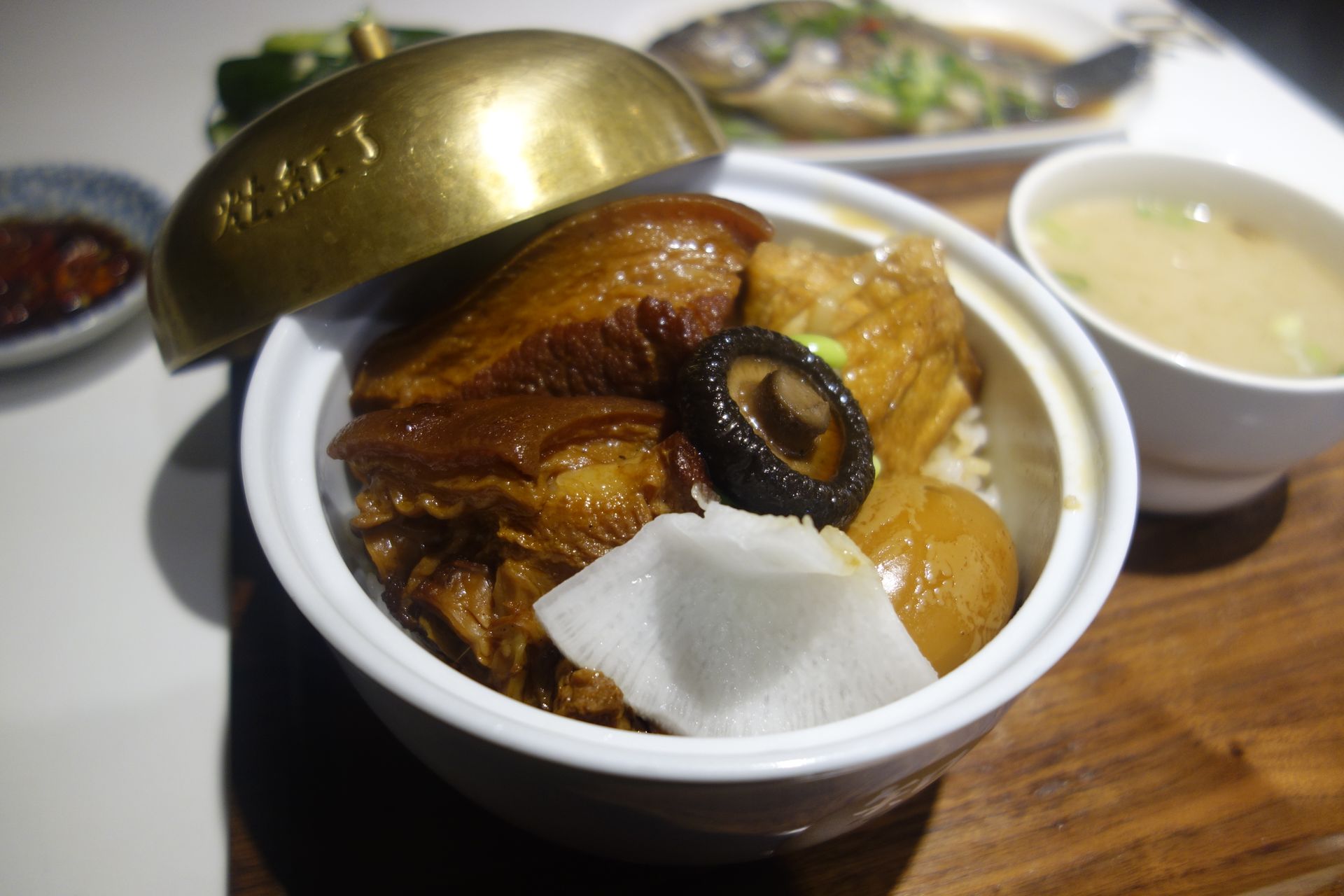
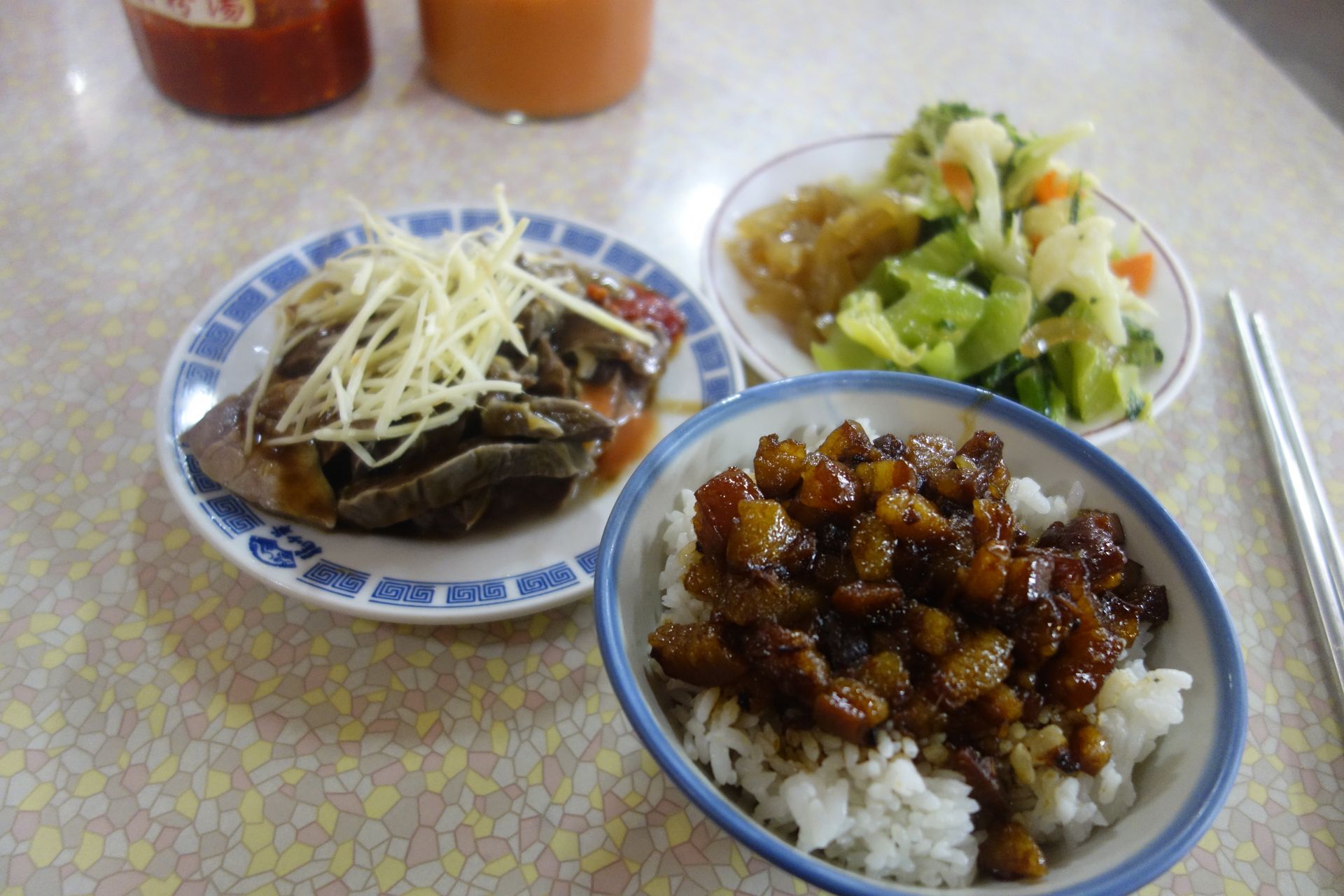
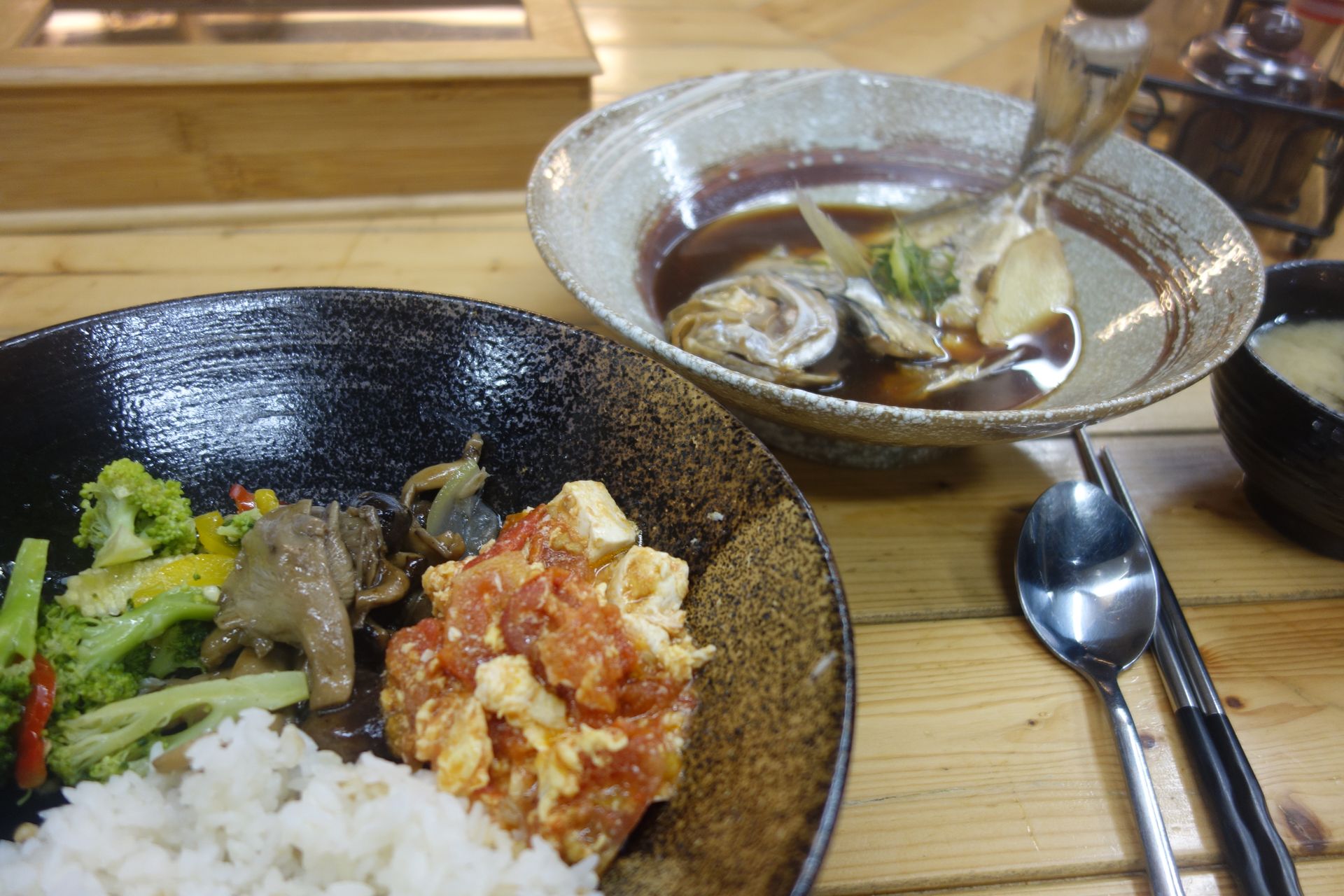

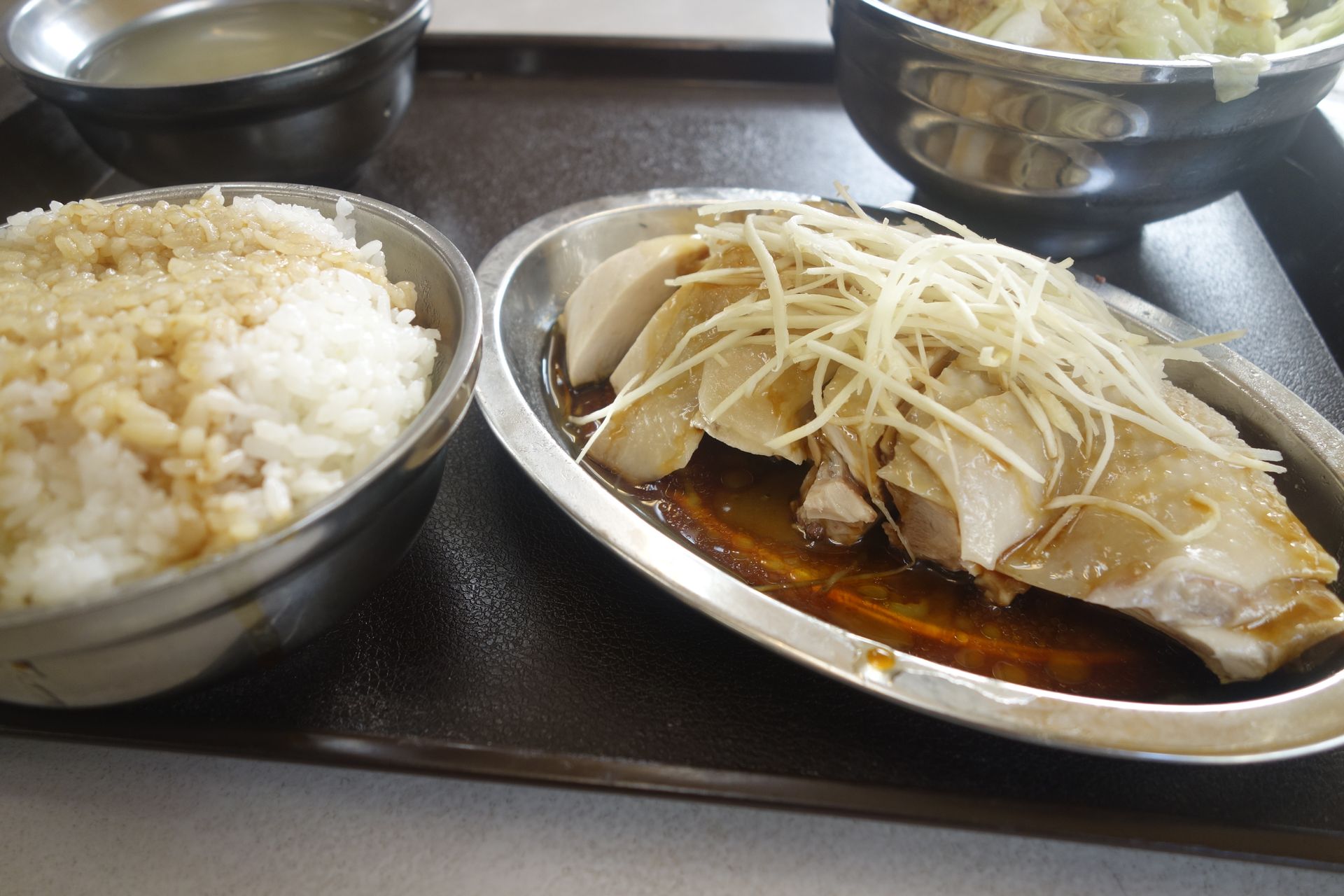

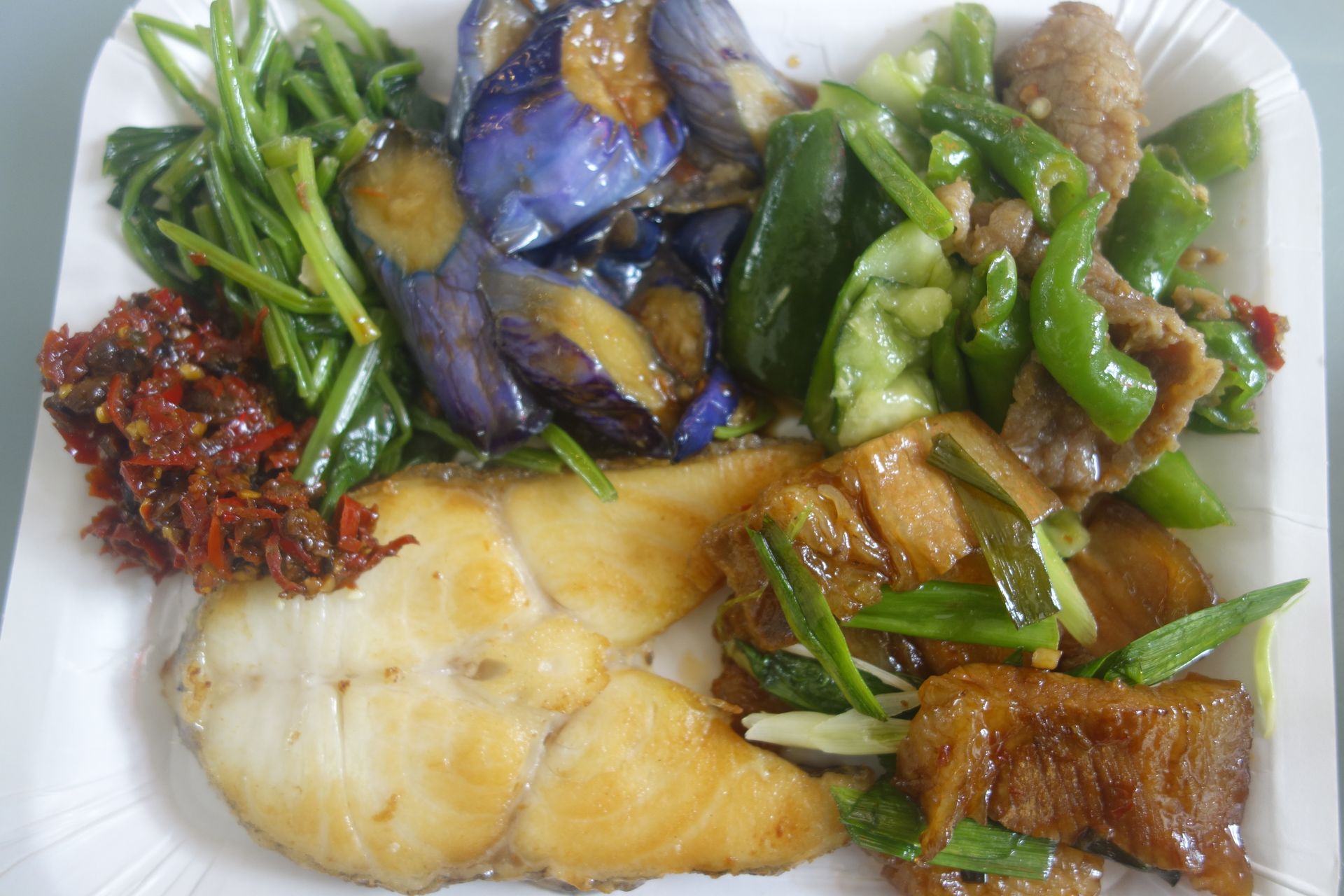
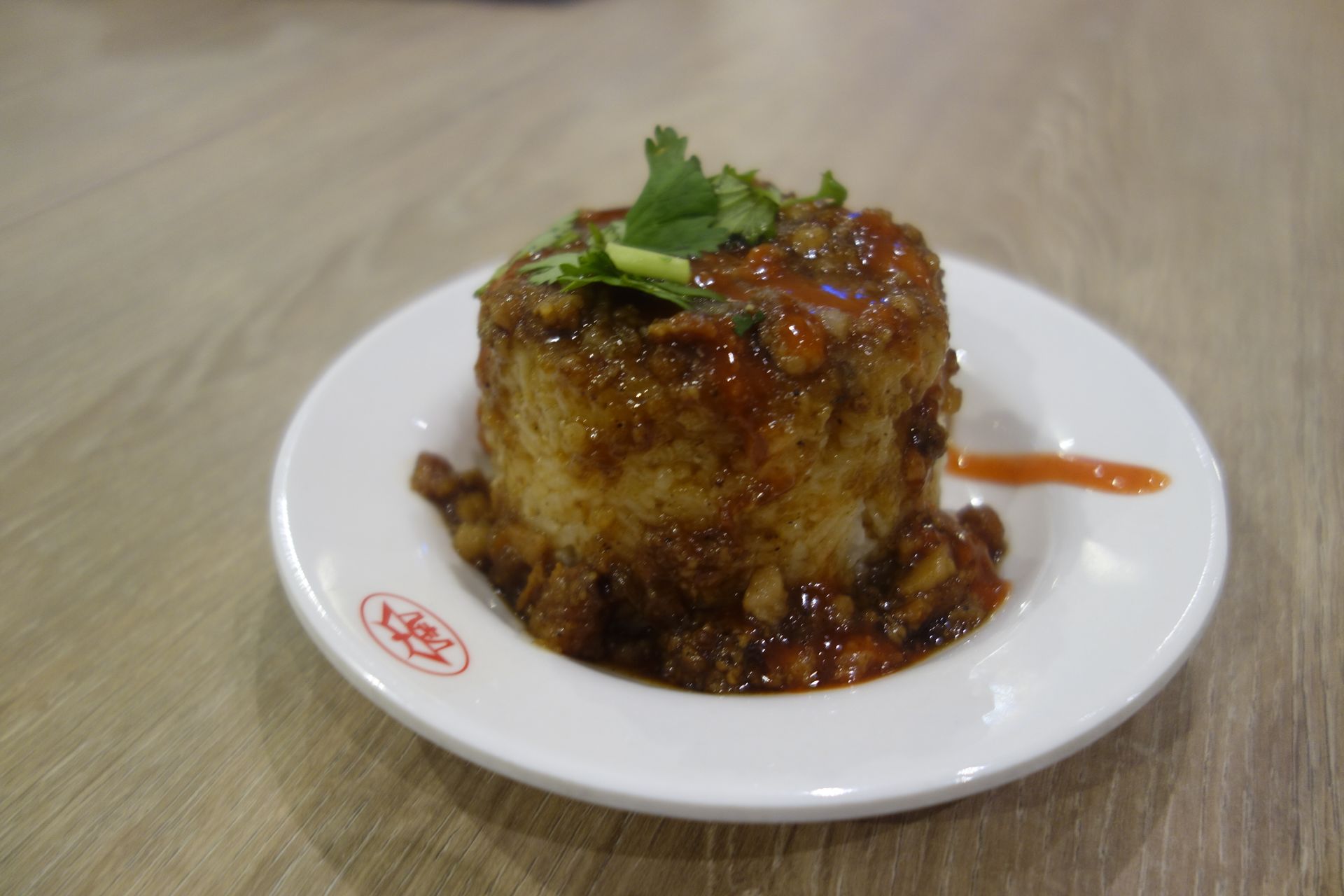

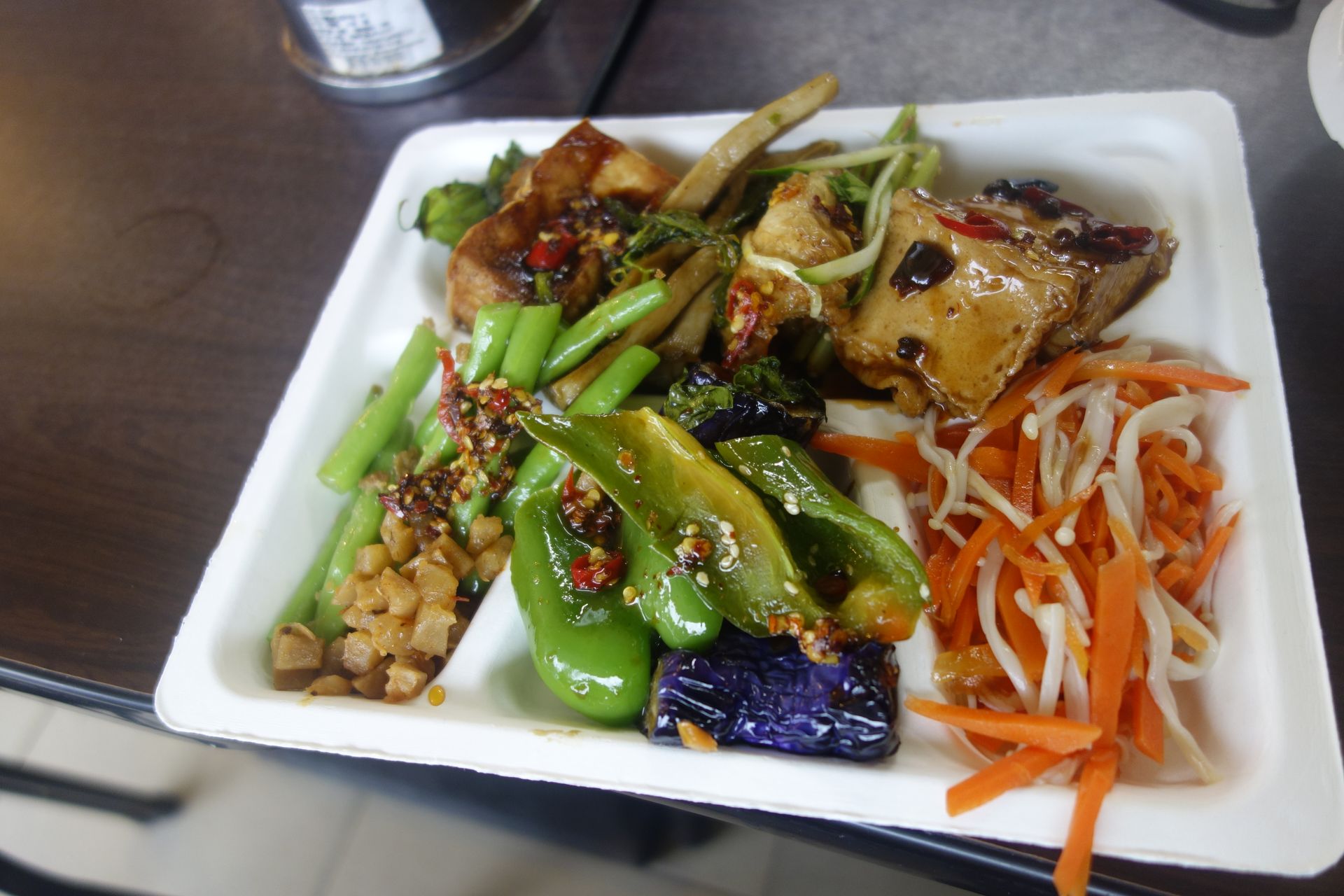

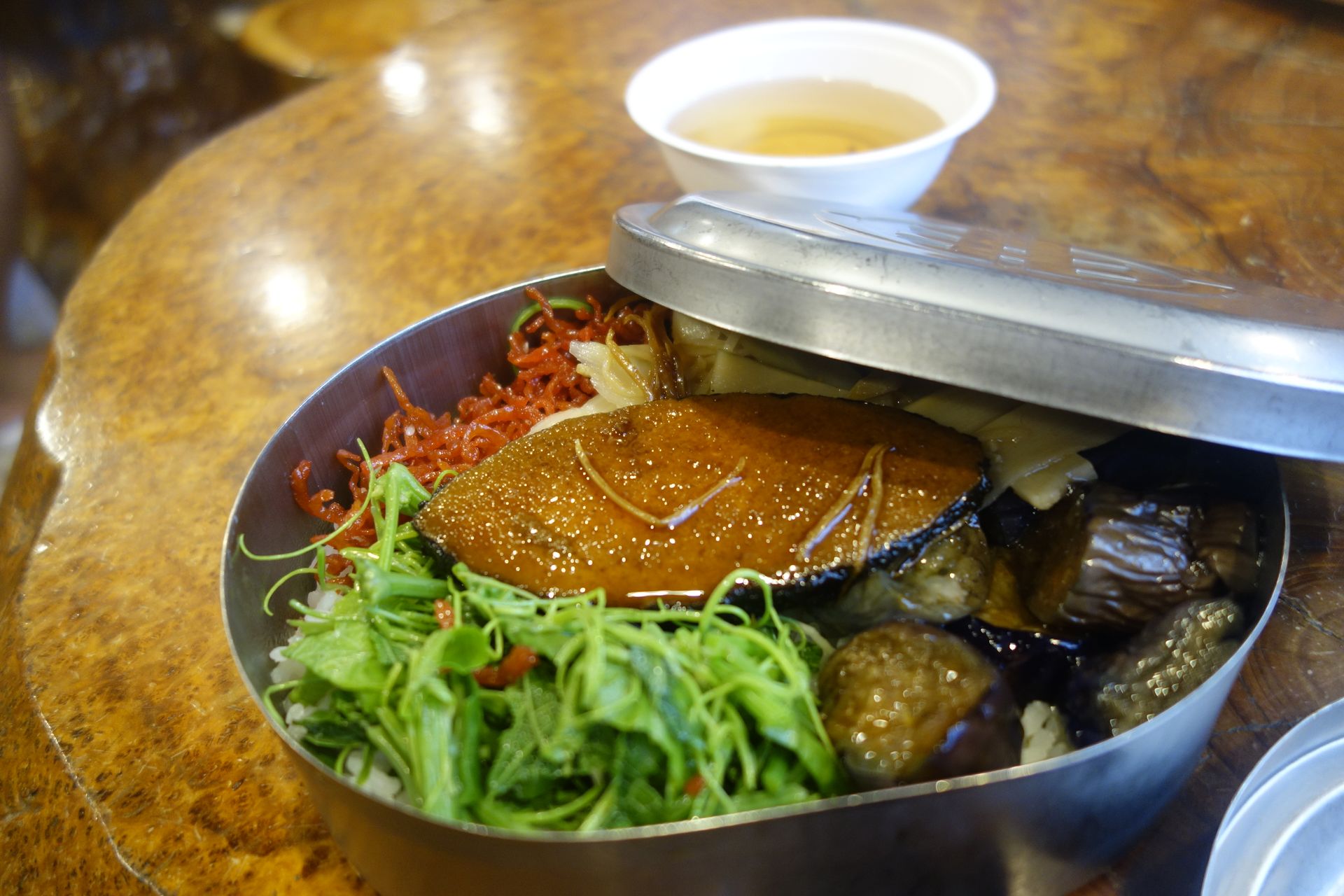


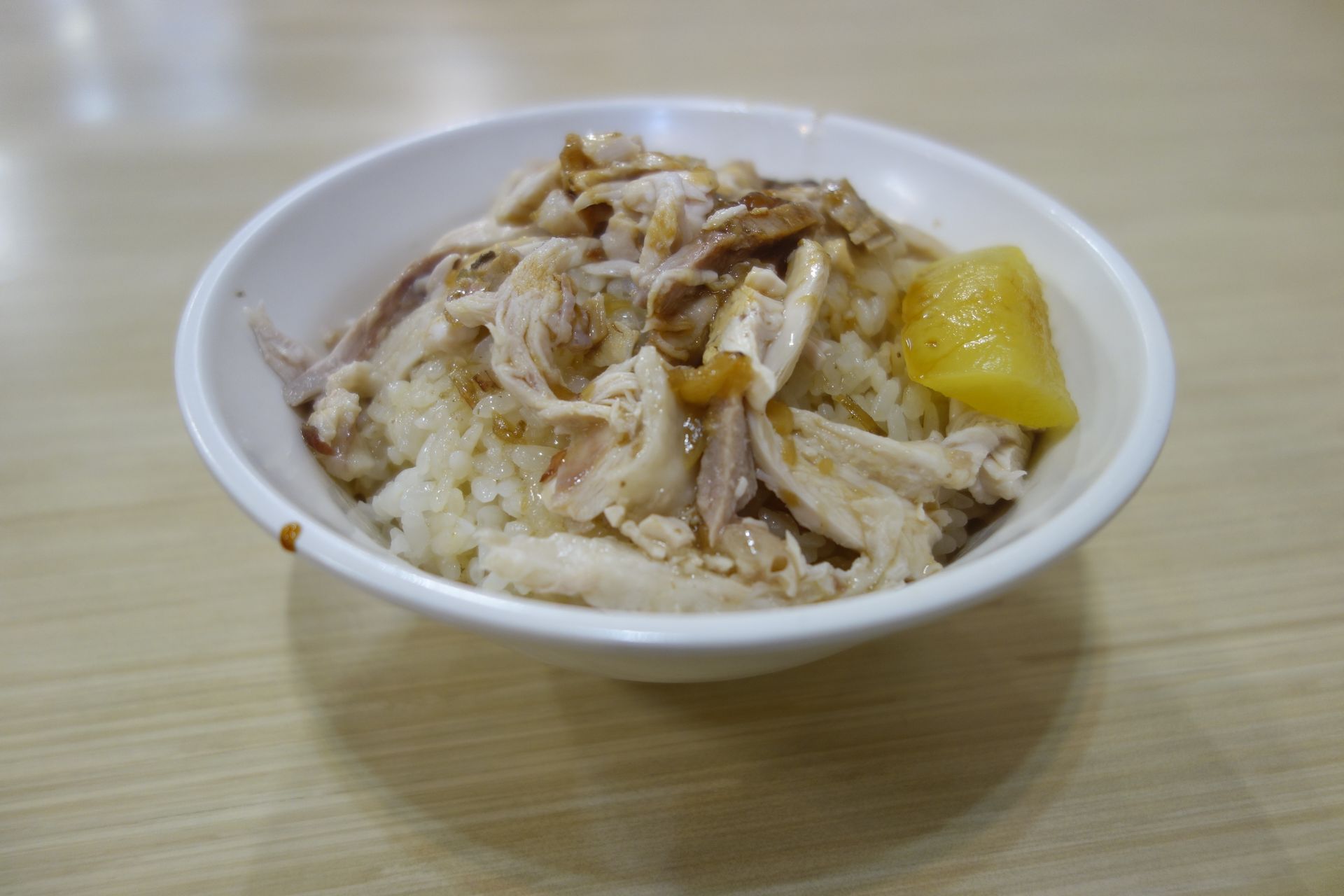
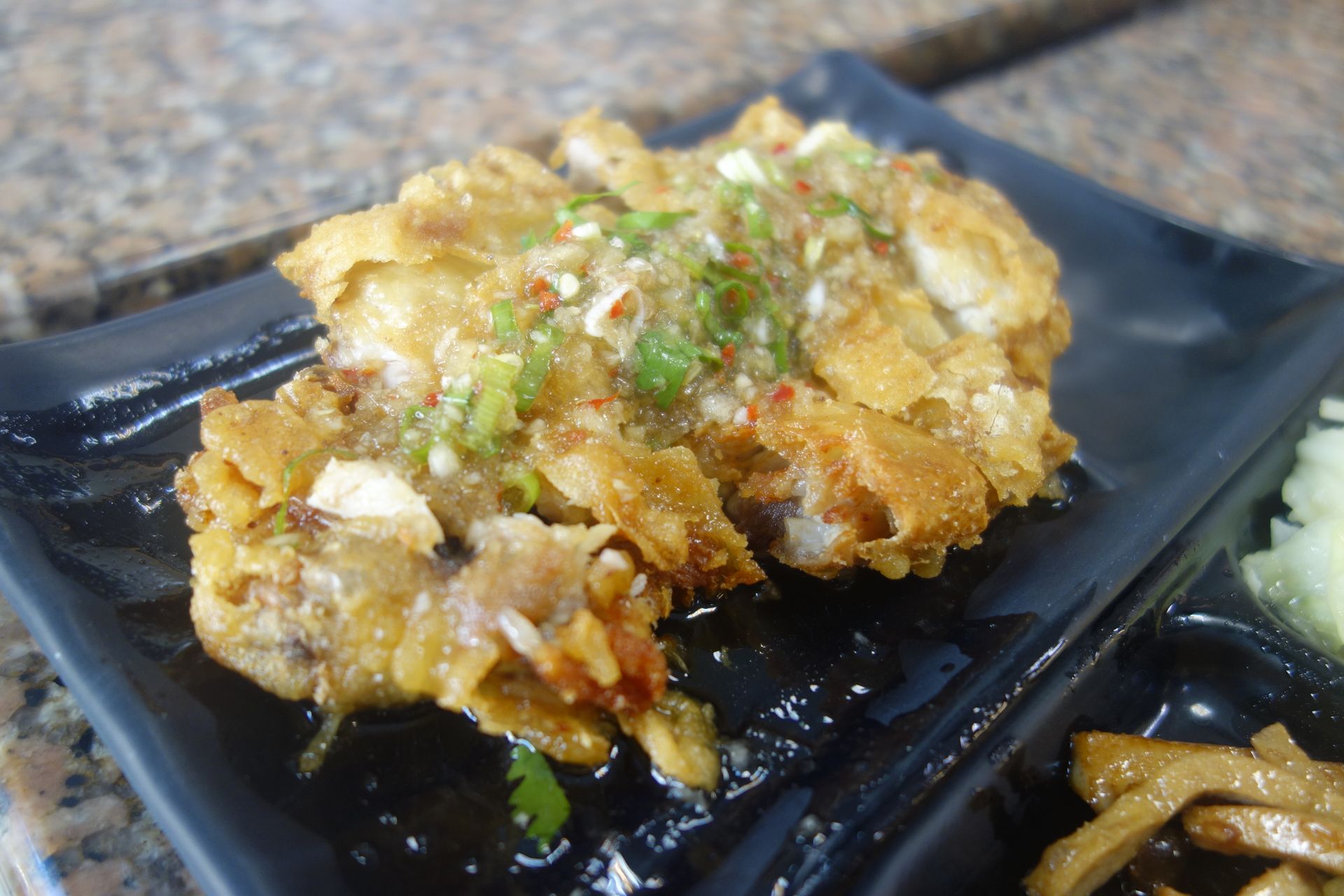
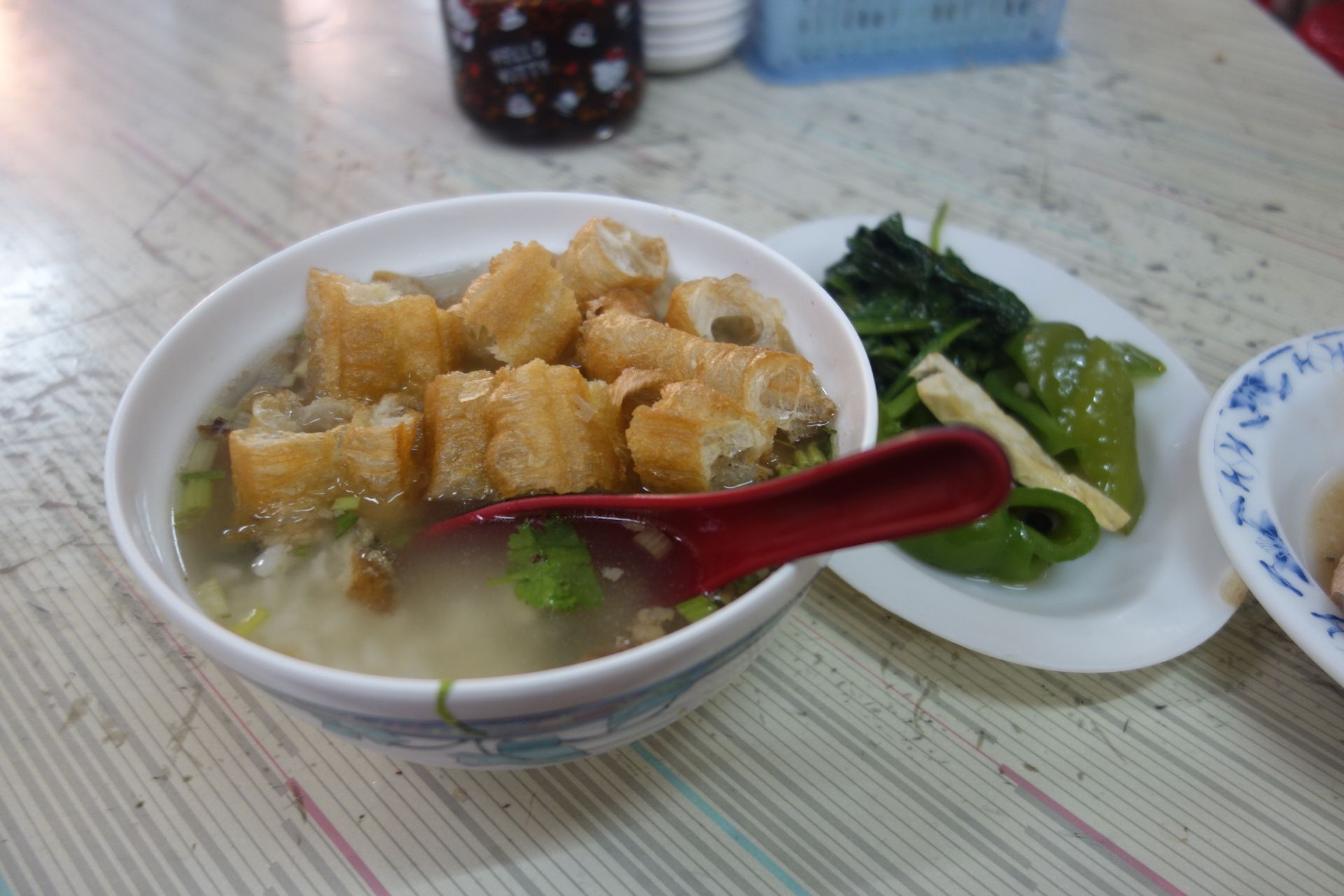
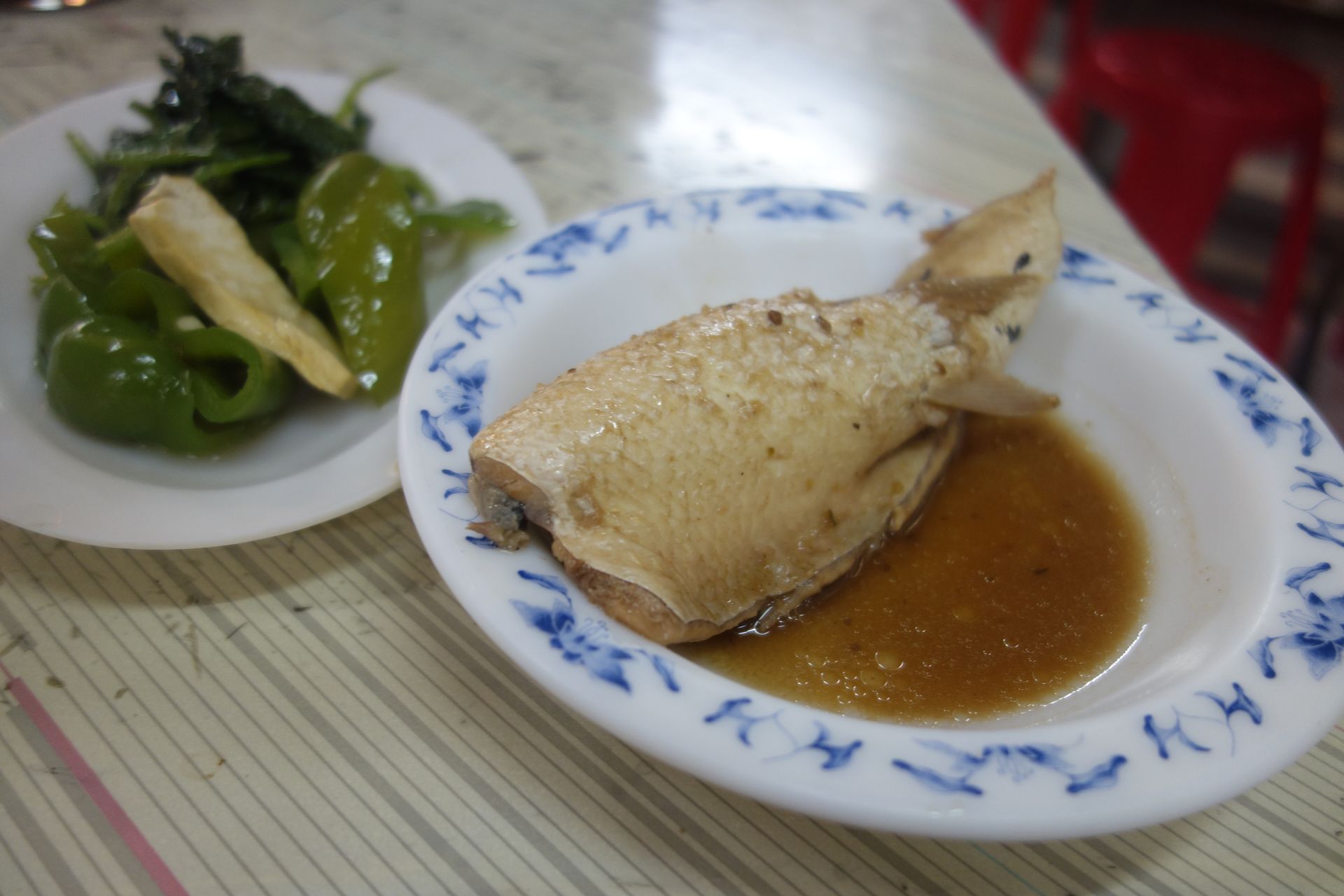
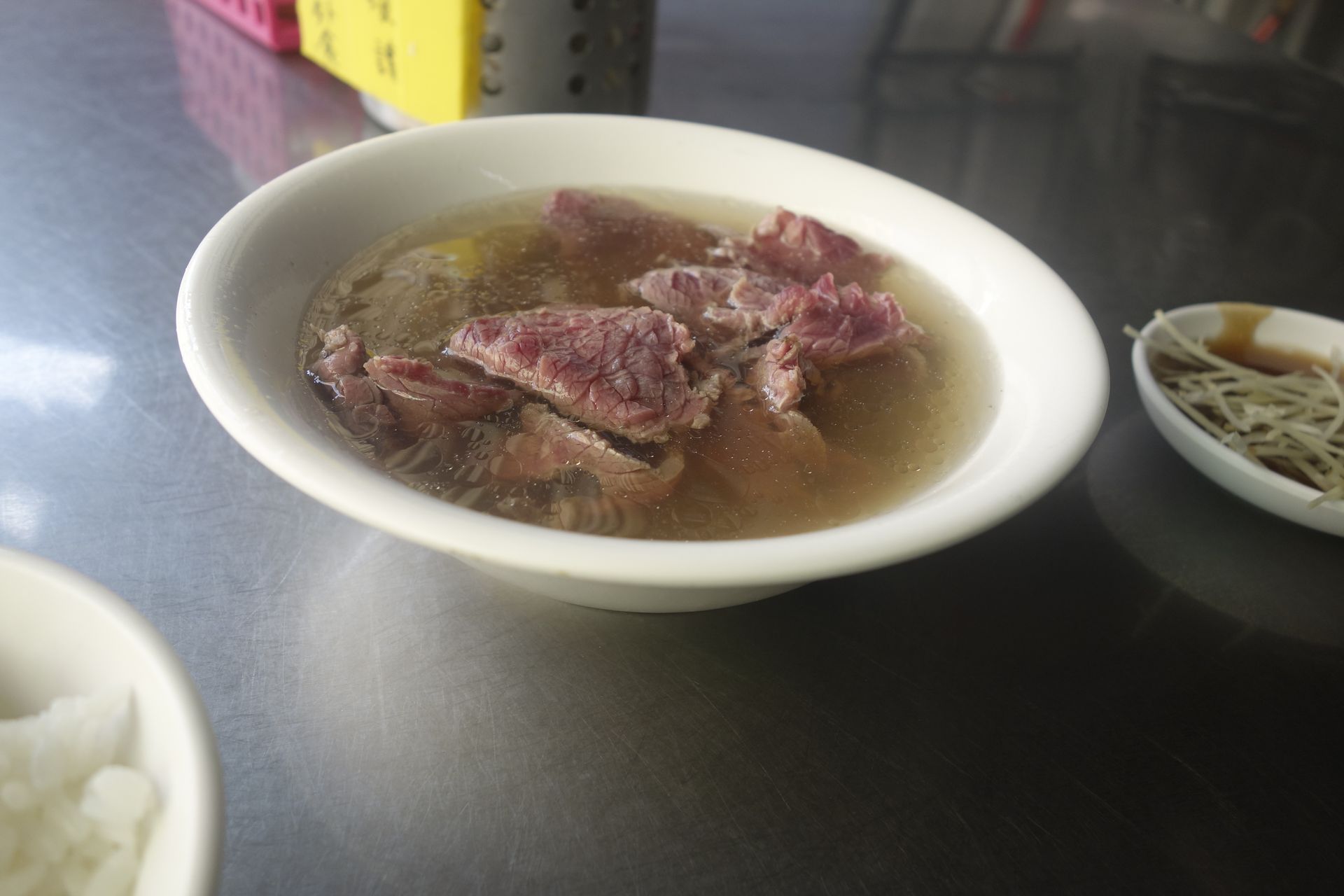
Noodle dishes are also highly popular in Taiwan. Beef noodle soup is often considered the national dish, even though beef consumption in Taiwan does not have a long history. The beef is braised and served in a rich broth with noodles. The noodles are made from wheat, can vary in thickness, and have different preparation methods. However, they must have the perfect 'Q' texture, which is the Taiwanese equivalent of being 'al dente' but much more comprehensive and difficult to explain. In short, it means the perfect bite with a pleasant chewiness, and it is found in many Taiwanese dishes. A popular additional ingredient in beef noodles is braised tendons. While discarded in some cuisines, it is a reason to pay a little more for this dish in Taiwan. And if you don't want any meat, just the tendons, it becomes the most expensive version. Noodle restaurants often have a display case with cold side dishes to provide variety and refreshment. Popular items include vegetable salads like cucumber or cabbage, as well as seasoned tofu or thin slices of pig scalp and ears.
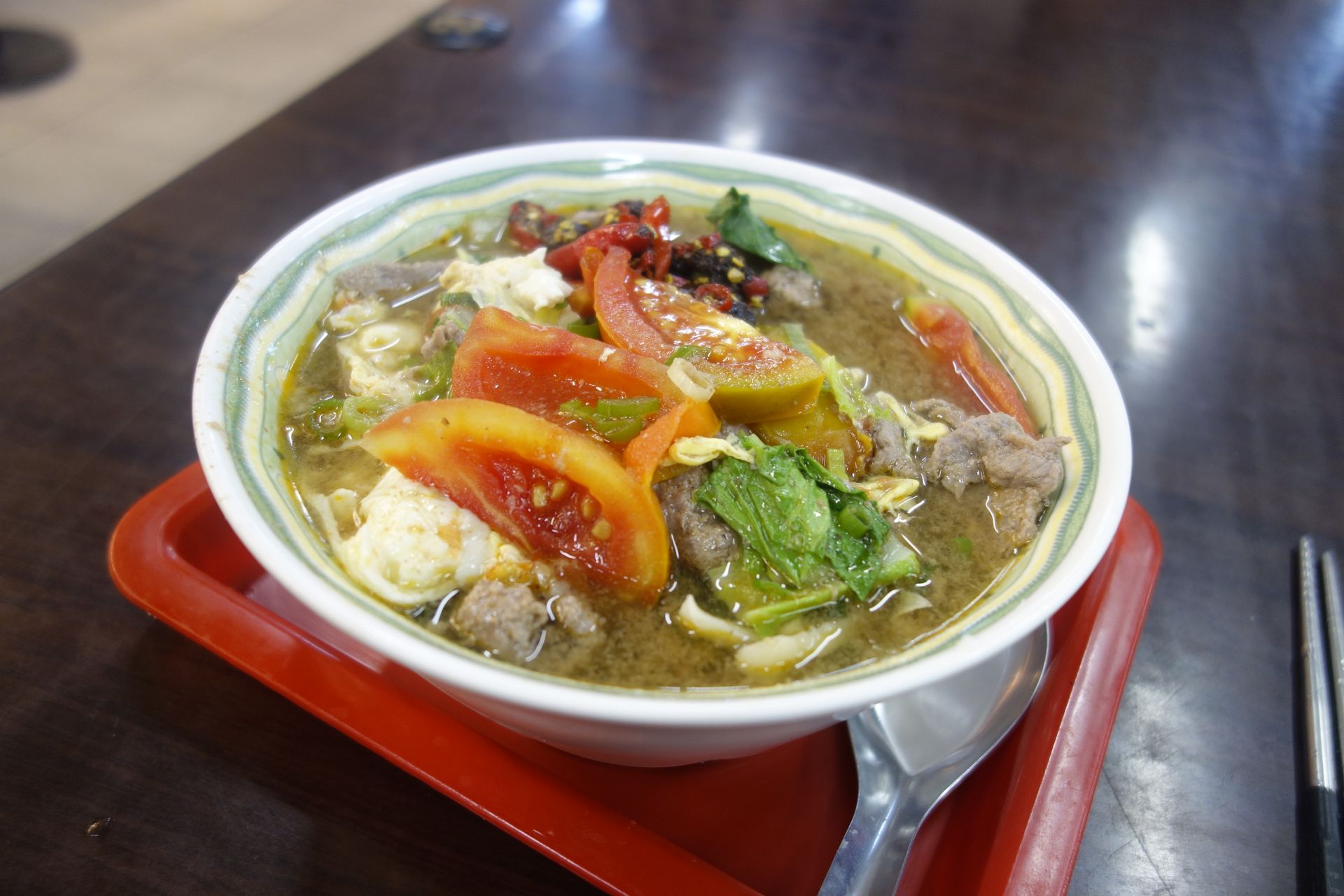
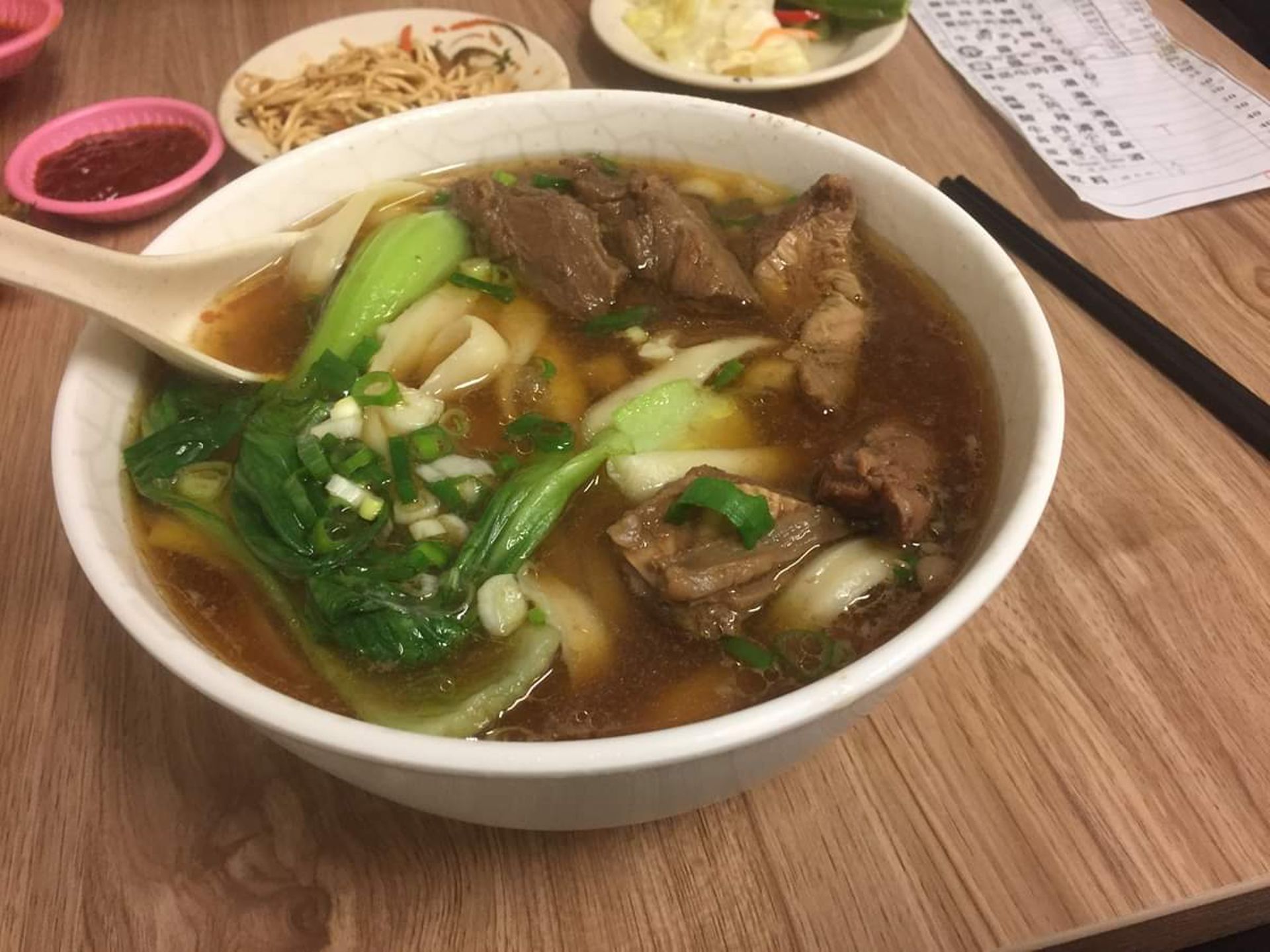
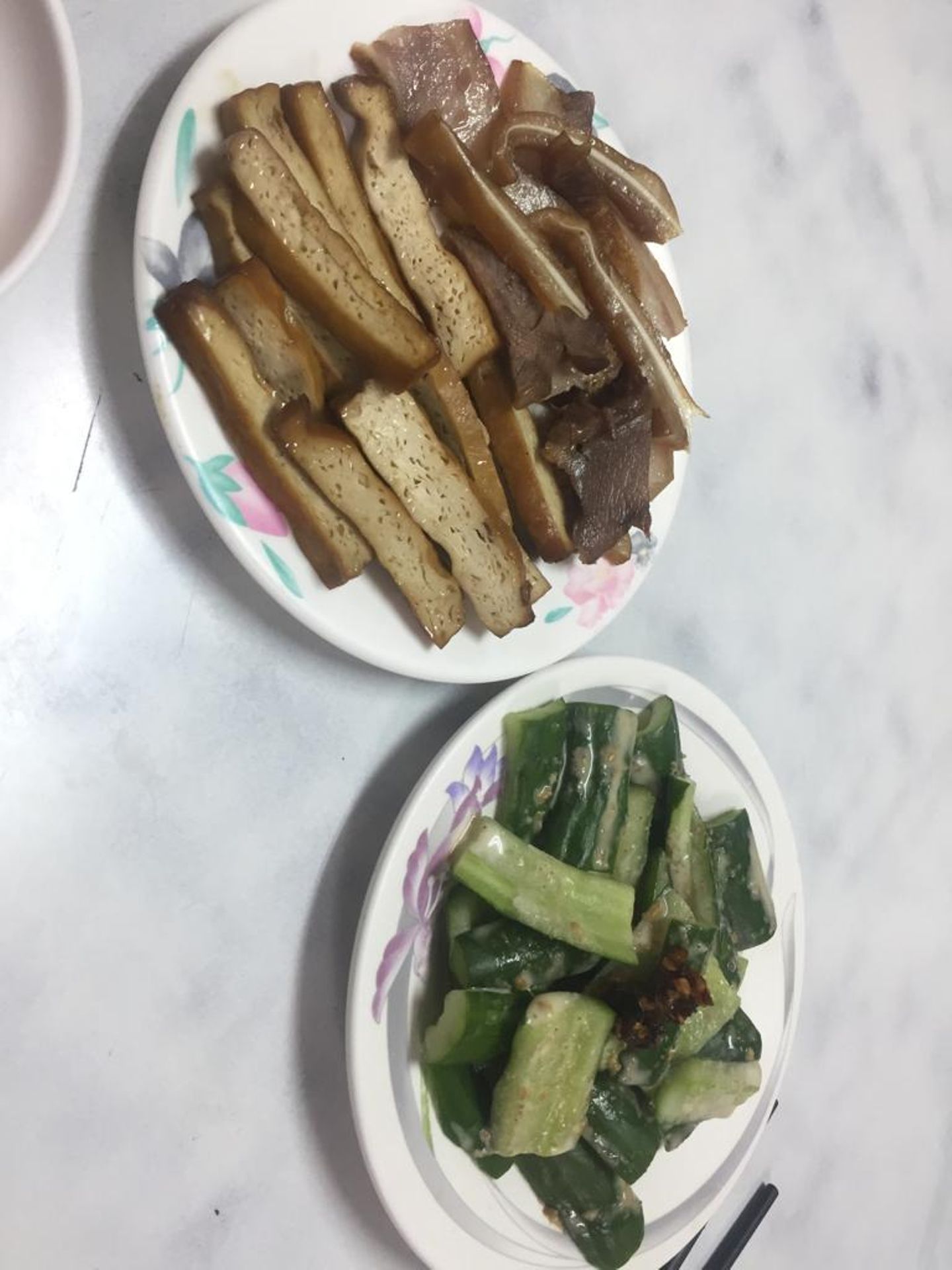

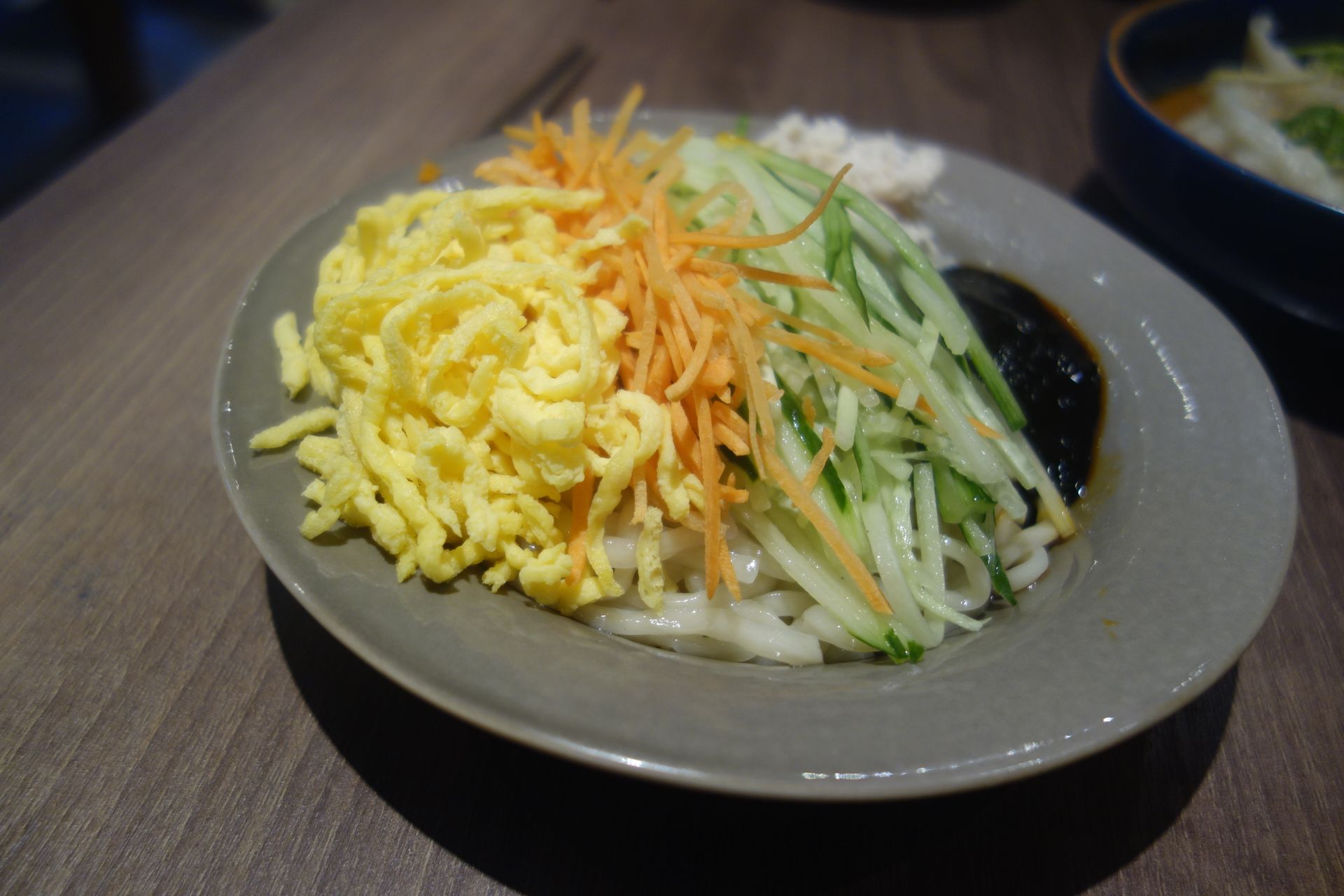

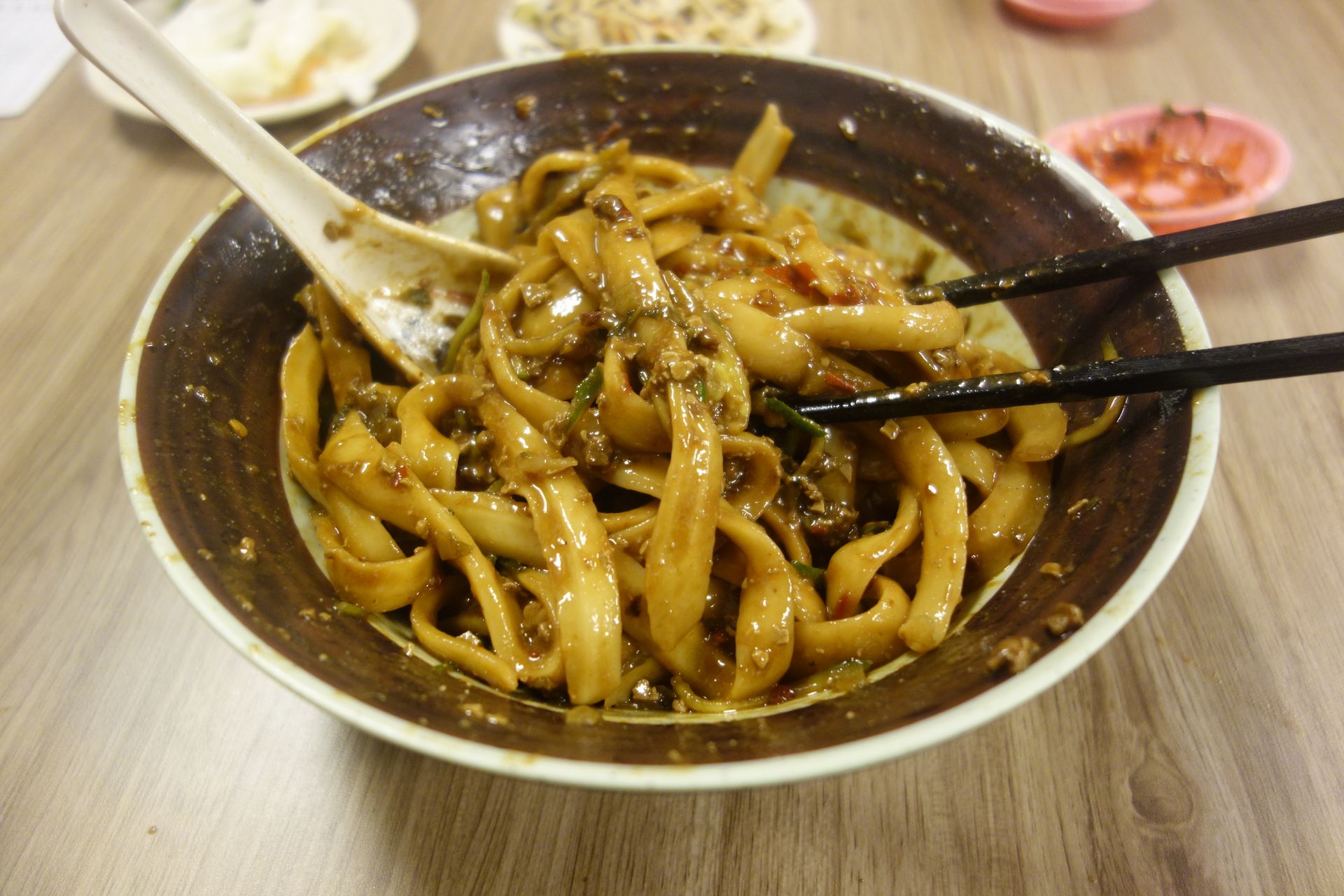
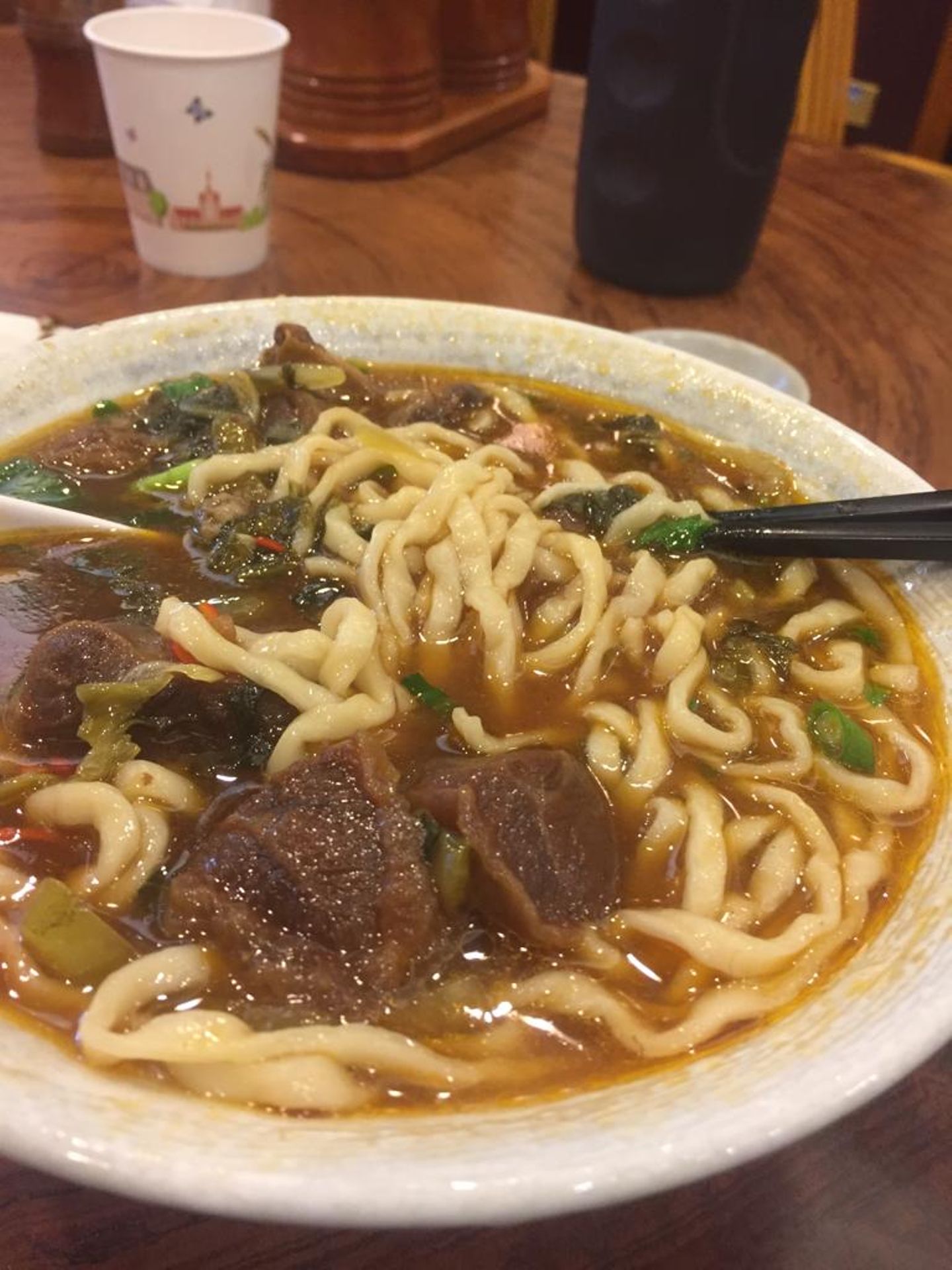
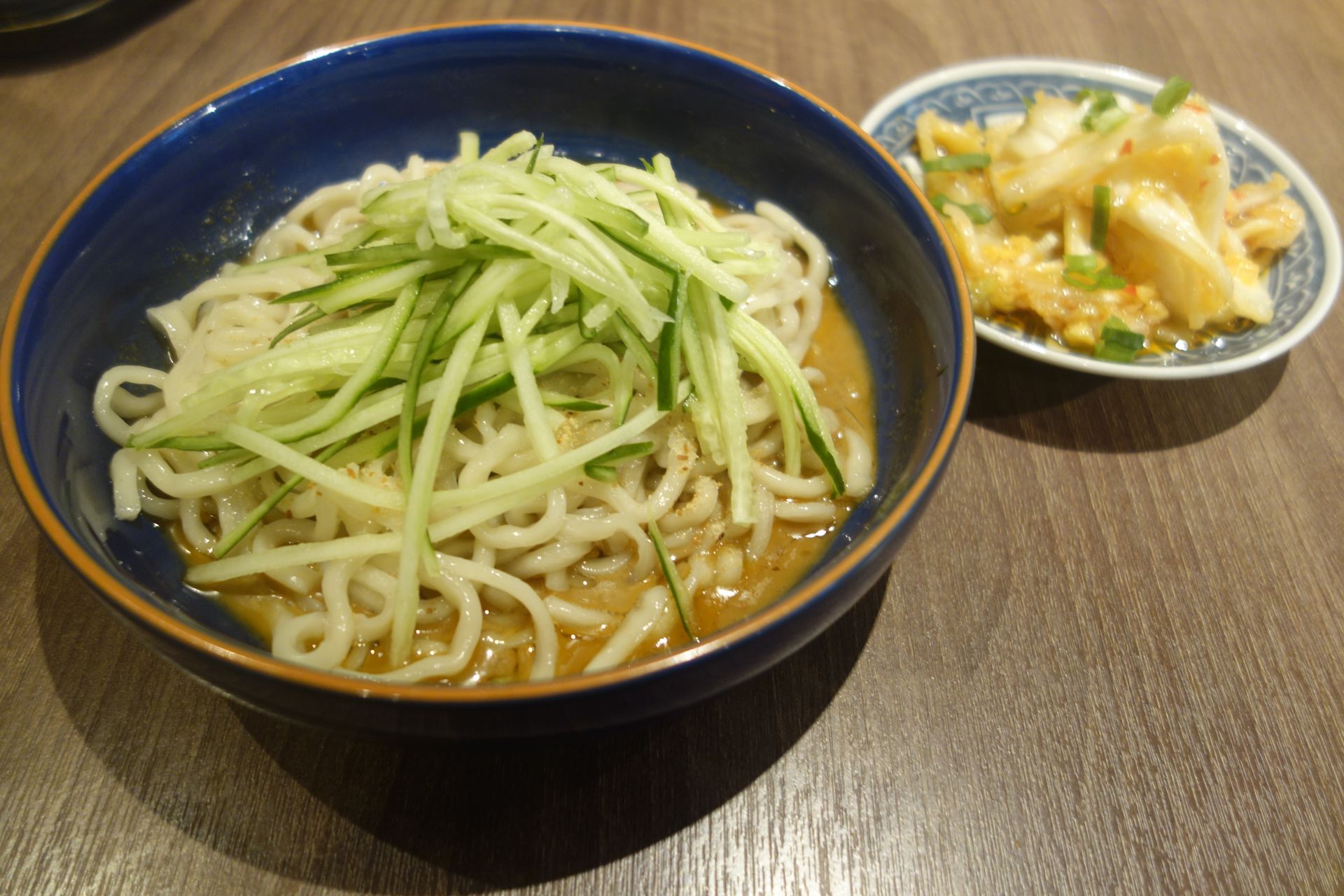

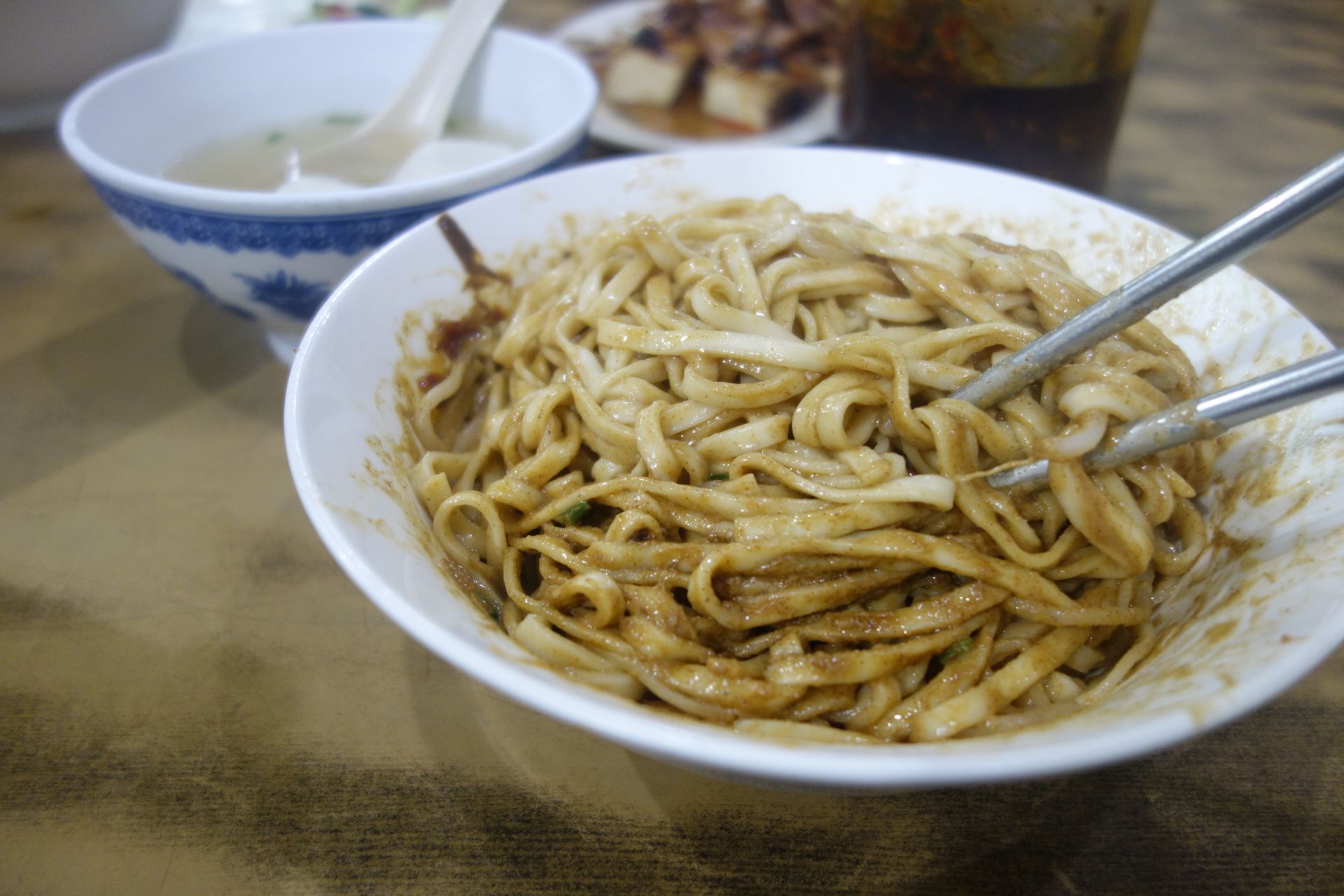

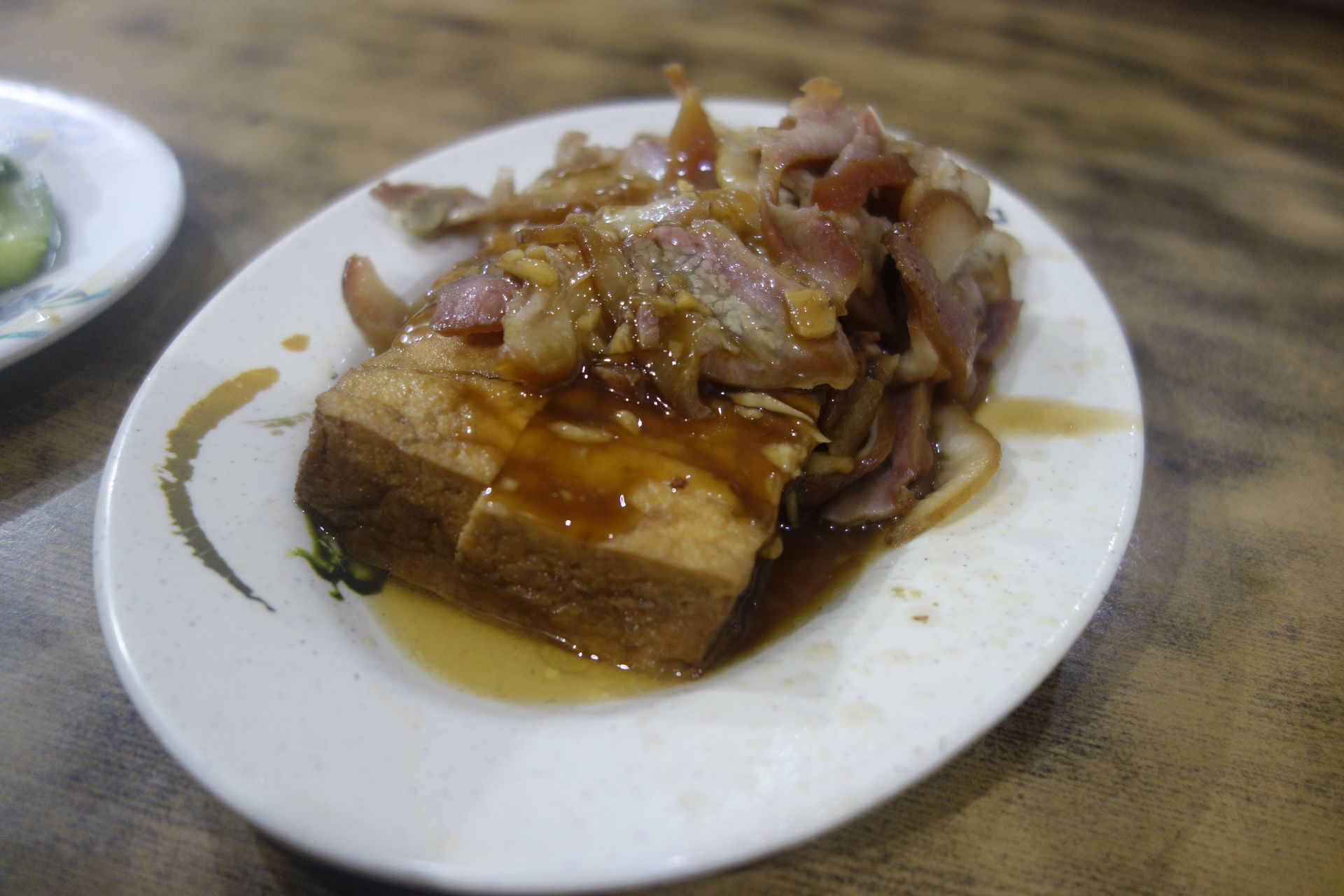
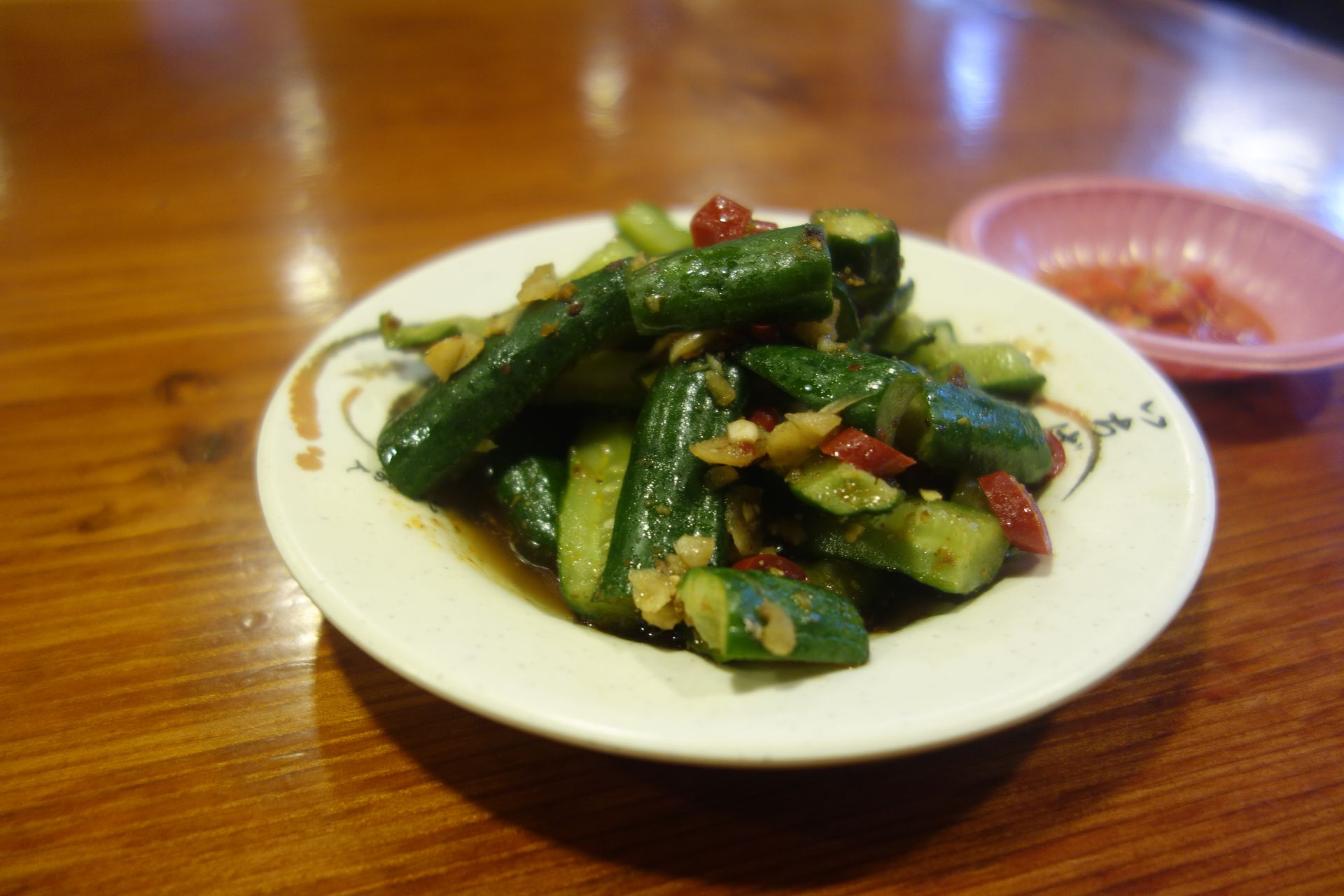
When it comes to vegan or vegetarian options, Taiwan has plenty to offer. As mentioned earlier, there is at least one vegetarian buffet in almost every neighborhood and village, where various meat substitutes are used to create dishes. But even if you want something other than a buffet, you will often find options, whether you want variations of traditional Taiwanese dishes or crave various vegan cakes and pastries. This is because a significant percentage of the Taiwanese population is vegetarian or vegan. Since vegetarian establishments are often influenced by Buddhist beliefs, they avoid using onions and garlic. If you happen to miss those ingredients, many omnivorous restaurants offer excellent alternatives, as animal-based seasonings such as fish sauce or pastes are not commonly used. In addition, the selection of plant-based ingredients is vast. The variety of green vegetables alone is impressive, and there is also a preference for various mushrooms, bamboo shoots, tofu, and much more.

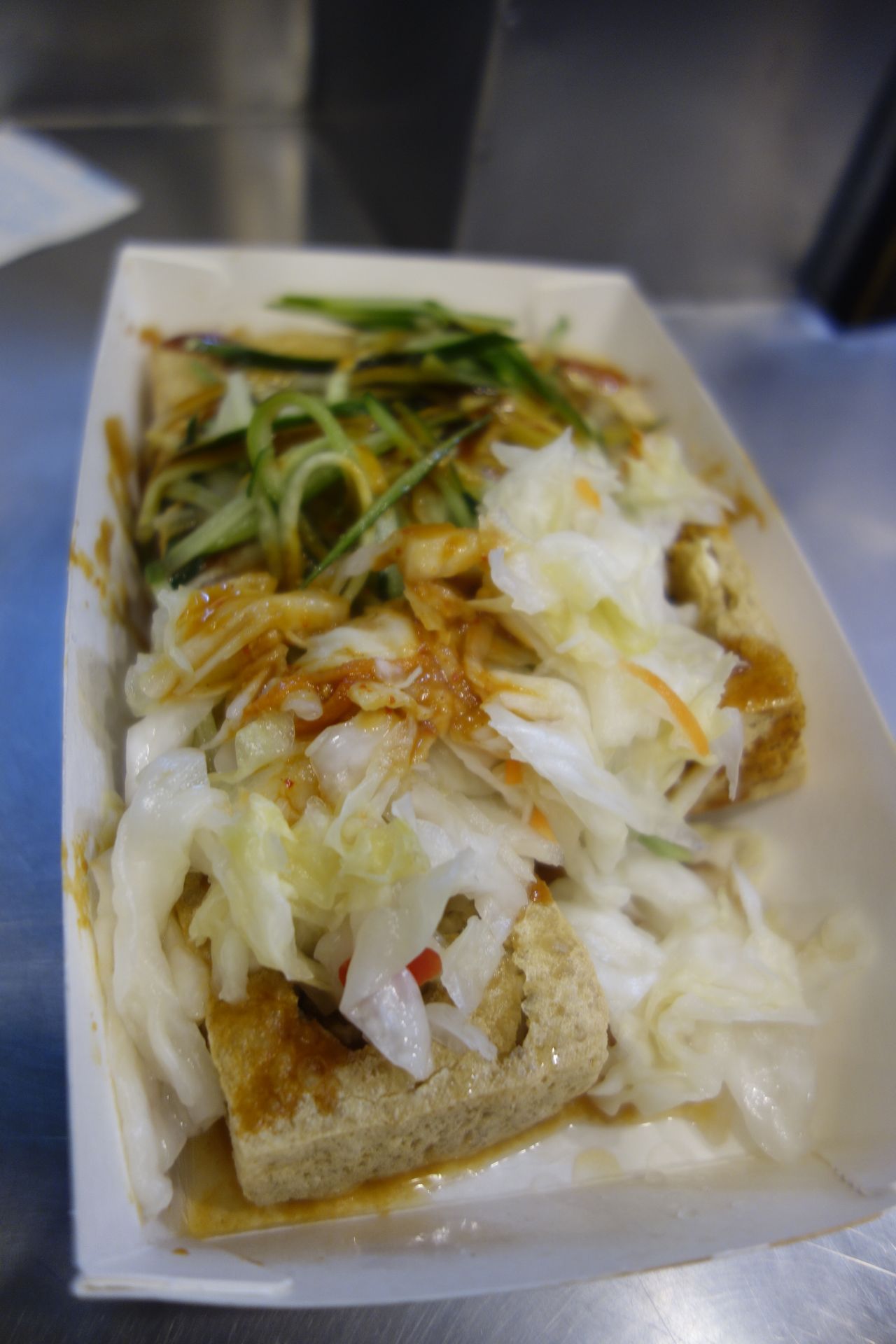

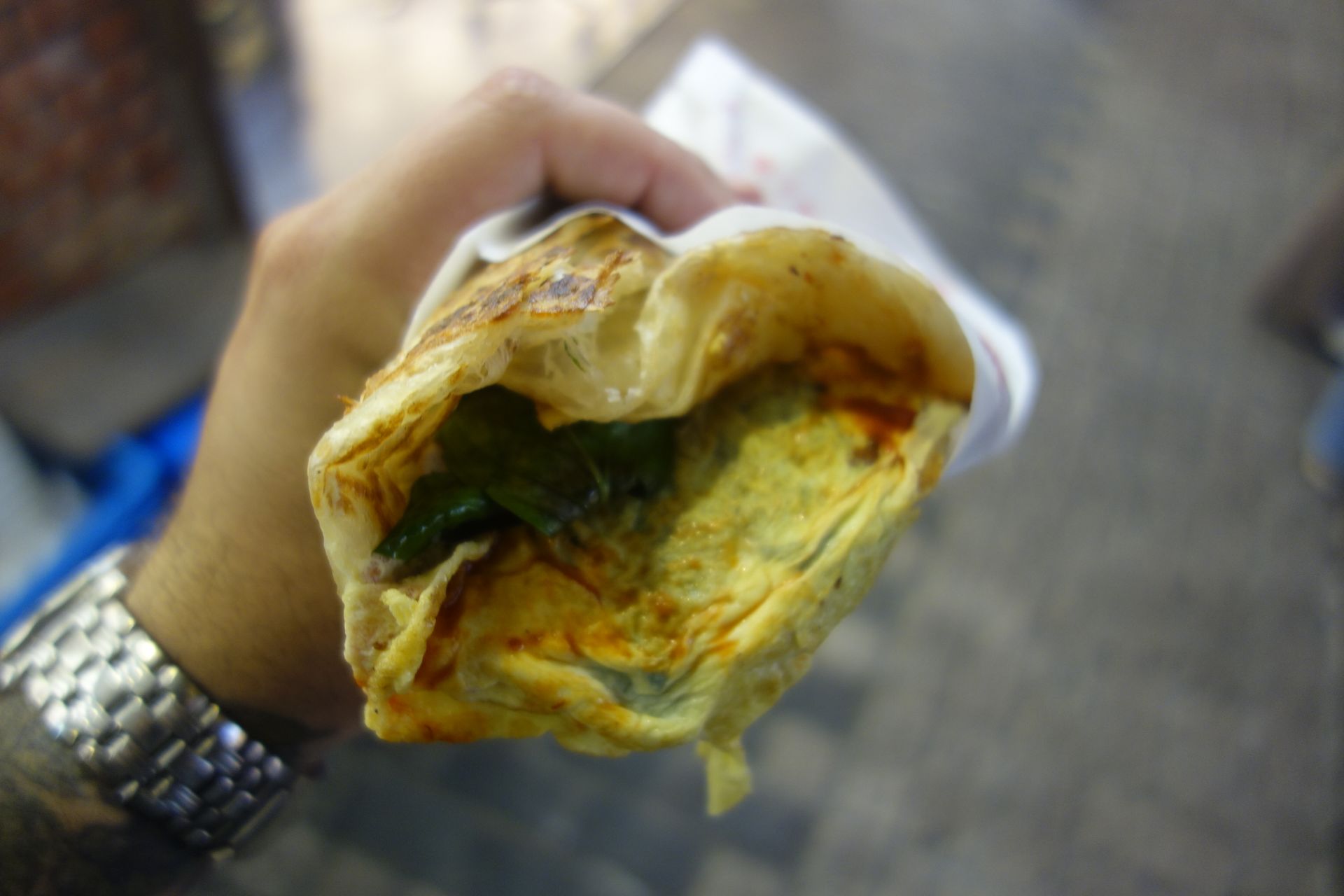
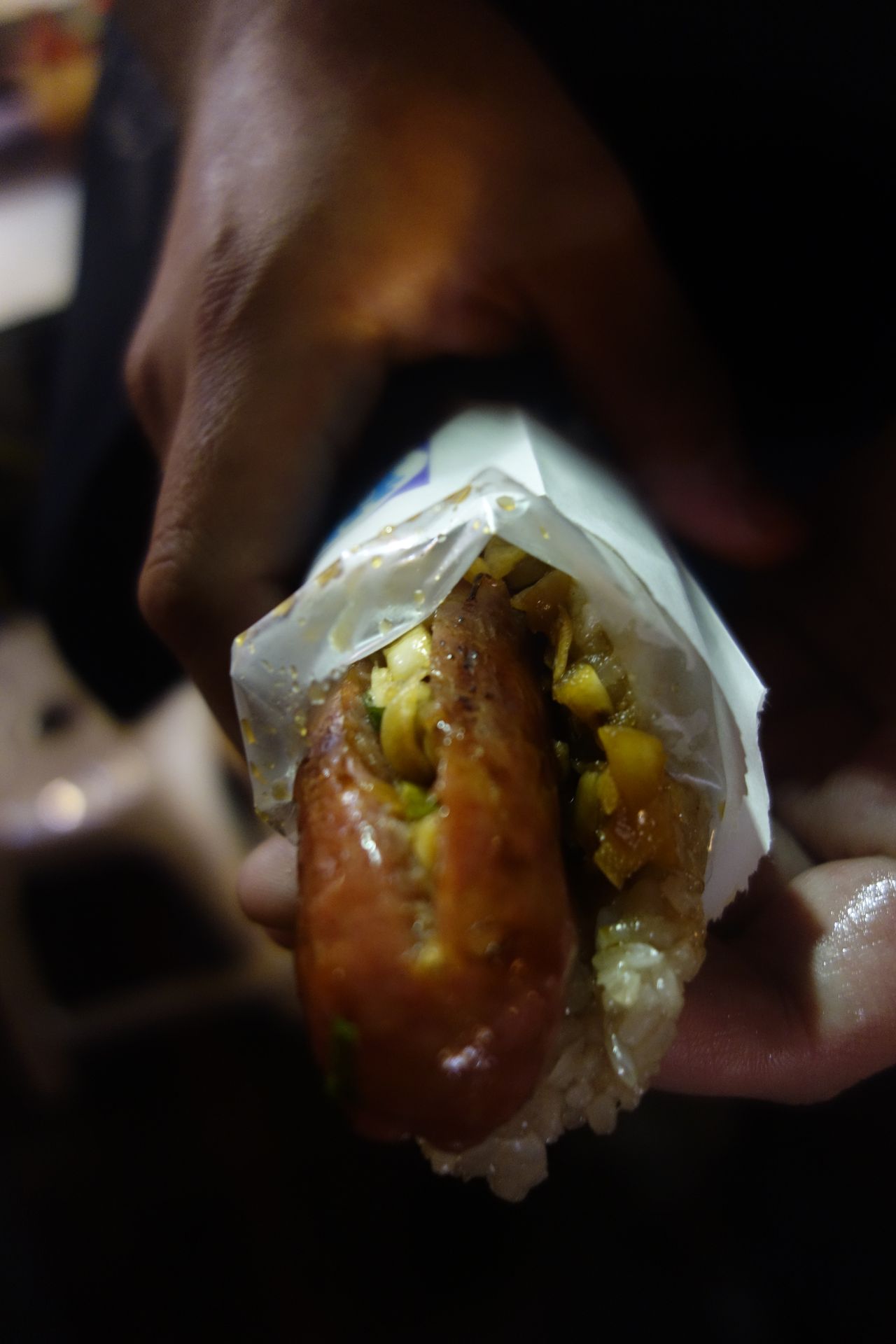
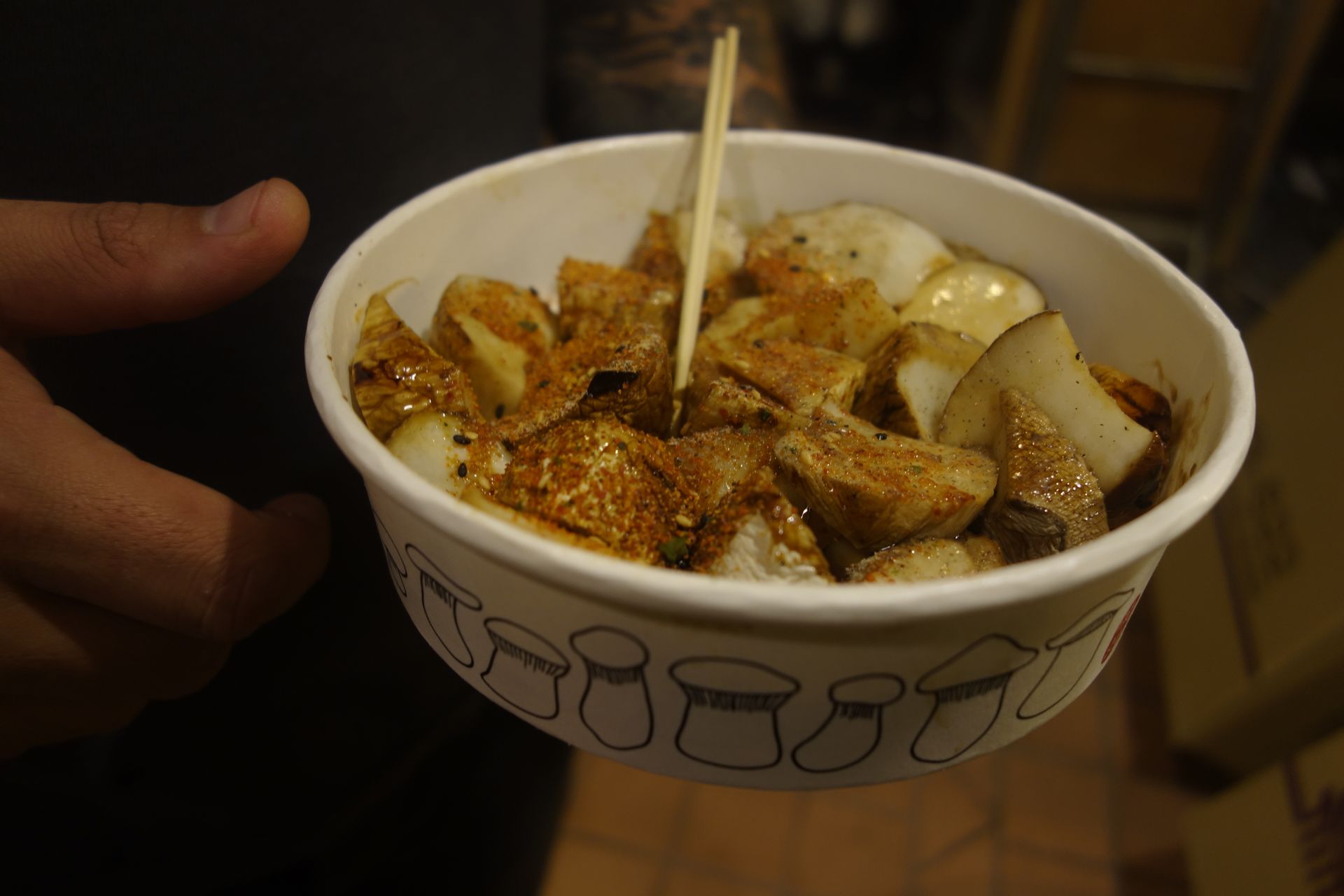
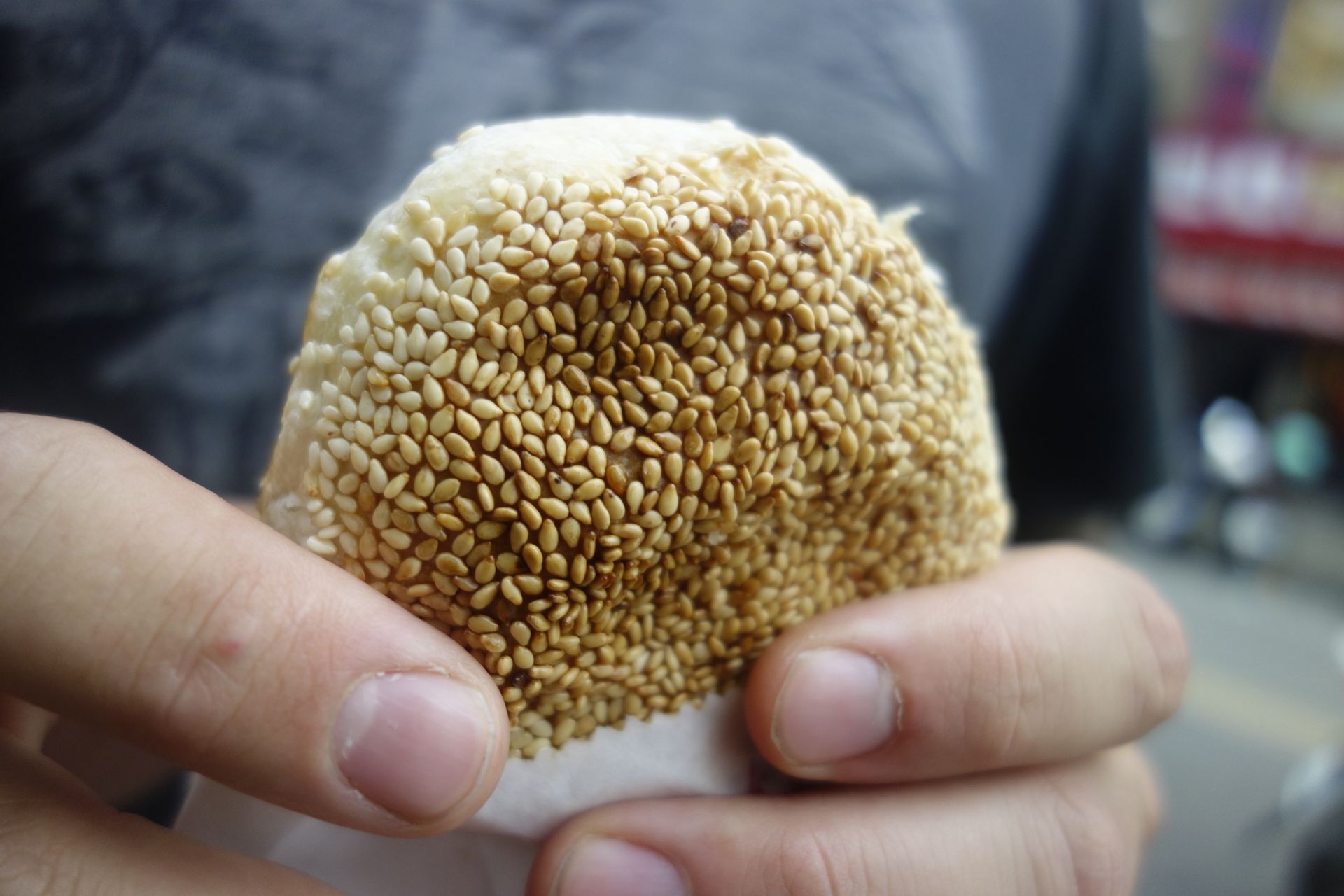
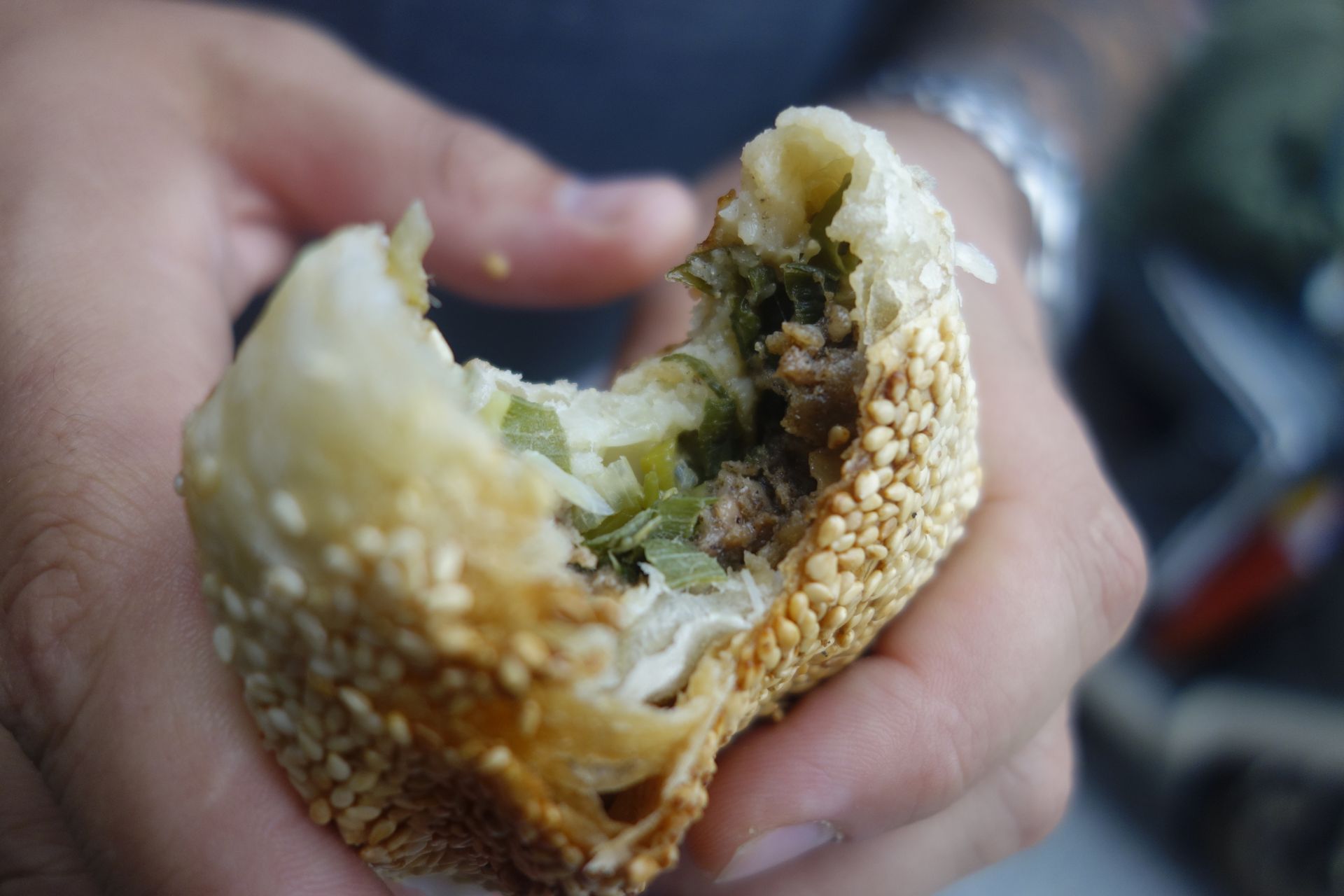

For heartier snacks, there are many soy-based stew stalls where you can choose raw and pre-cooked ingredients for them to be cooked in a savory broth. A similar concept can be found at numerous barbecue stands. The noodle dish "Danzai Mian" or oyster omelets are items that are typically eaten sitting down.

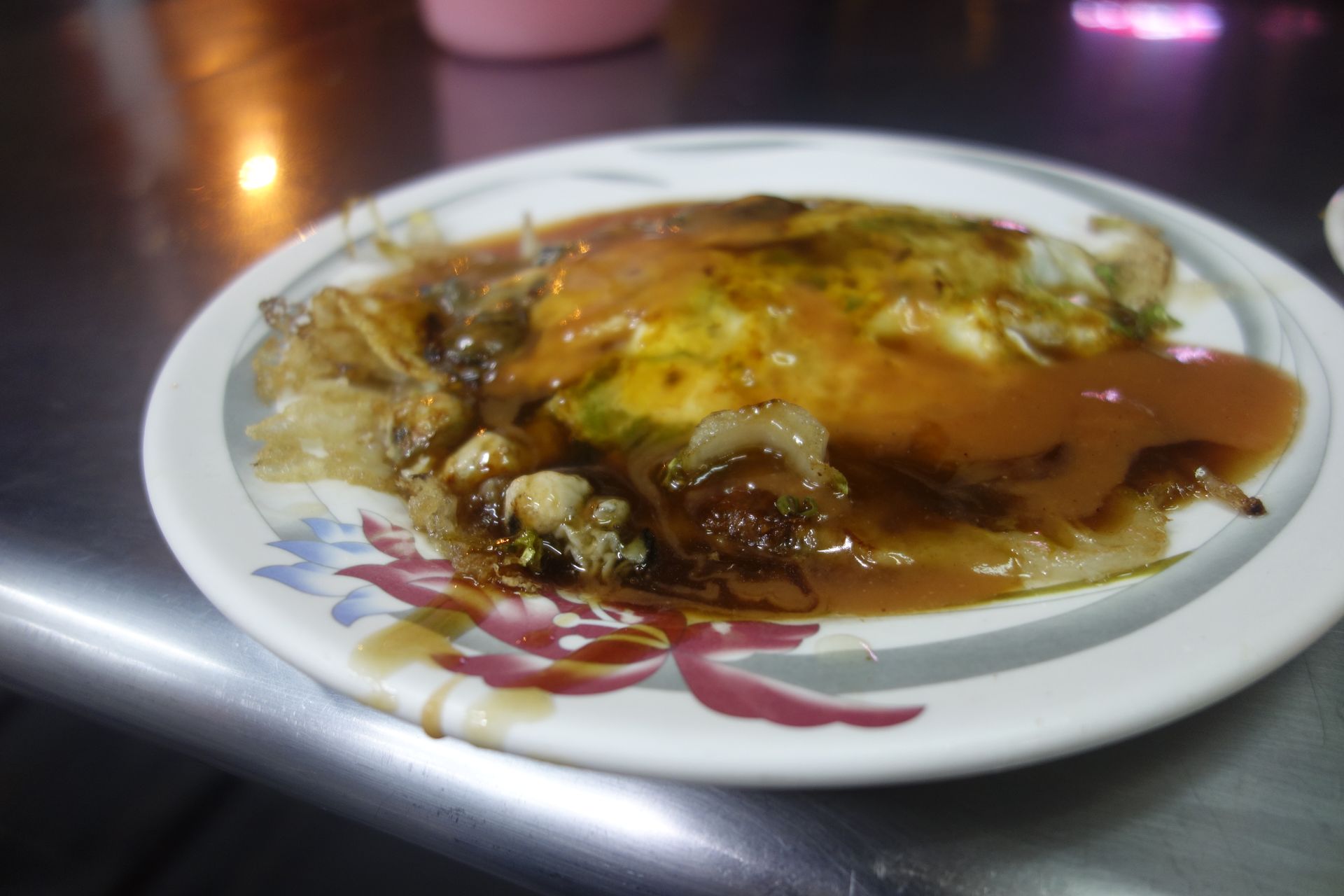

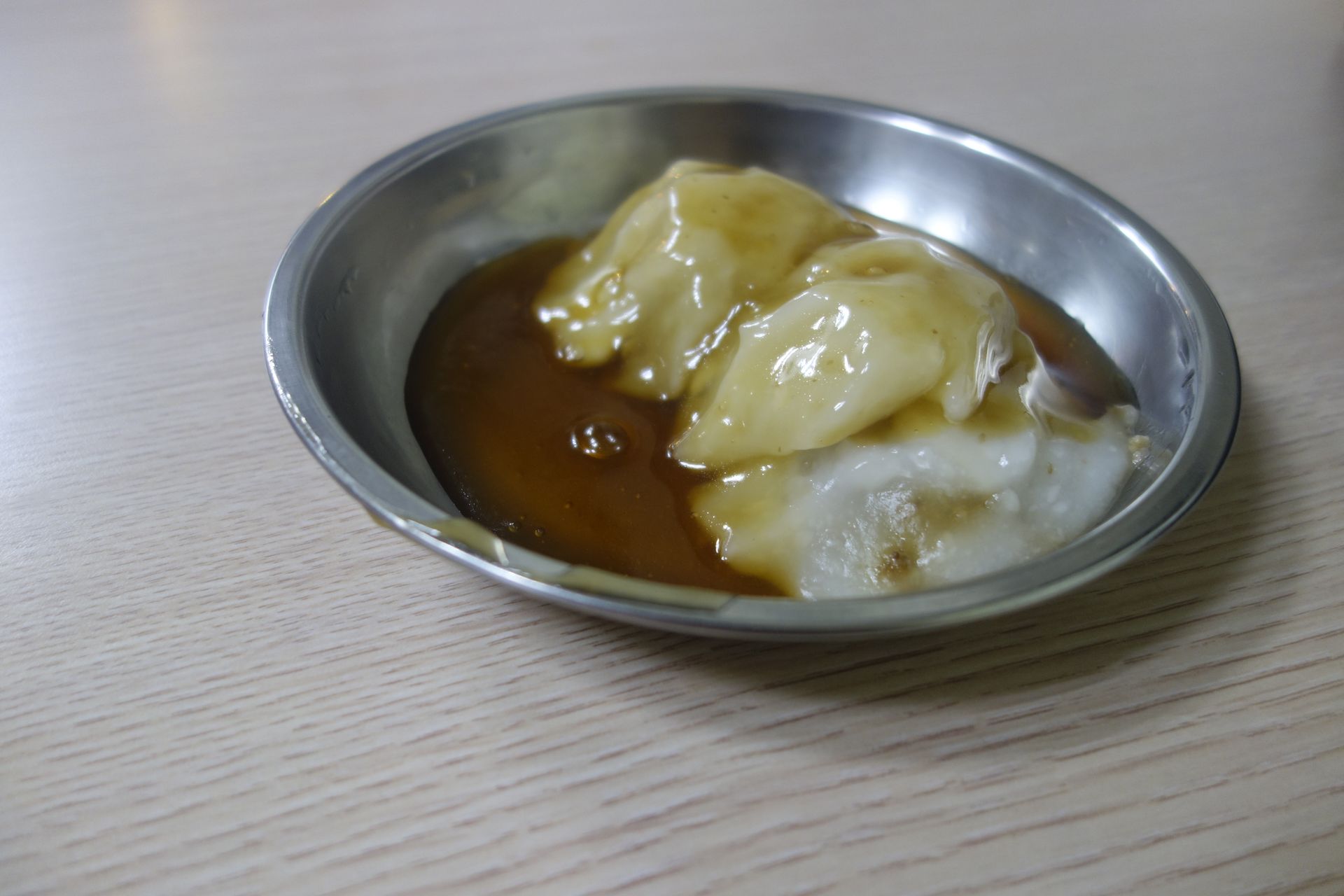
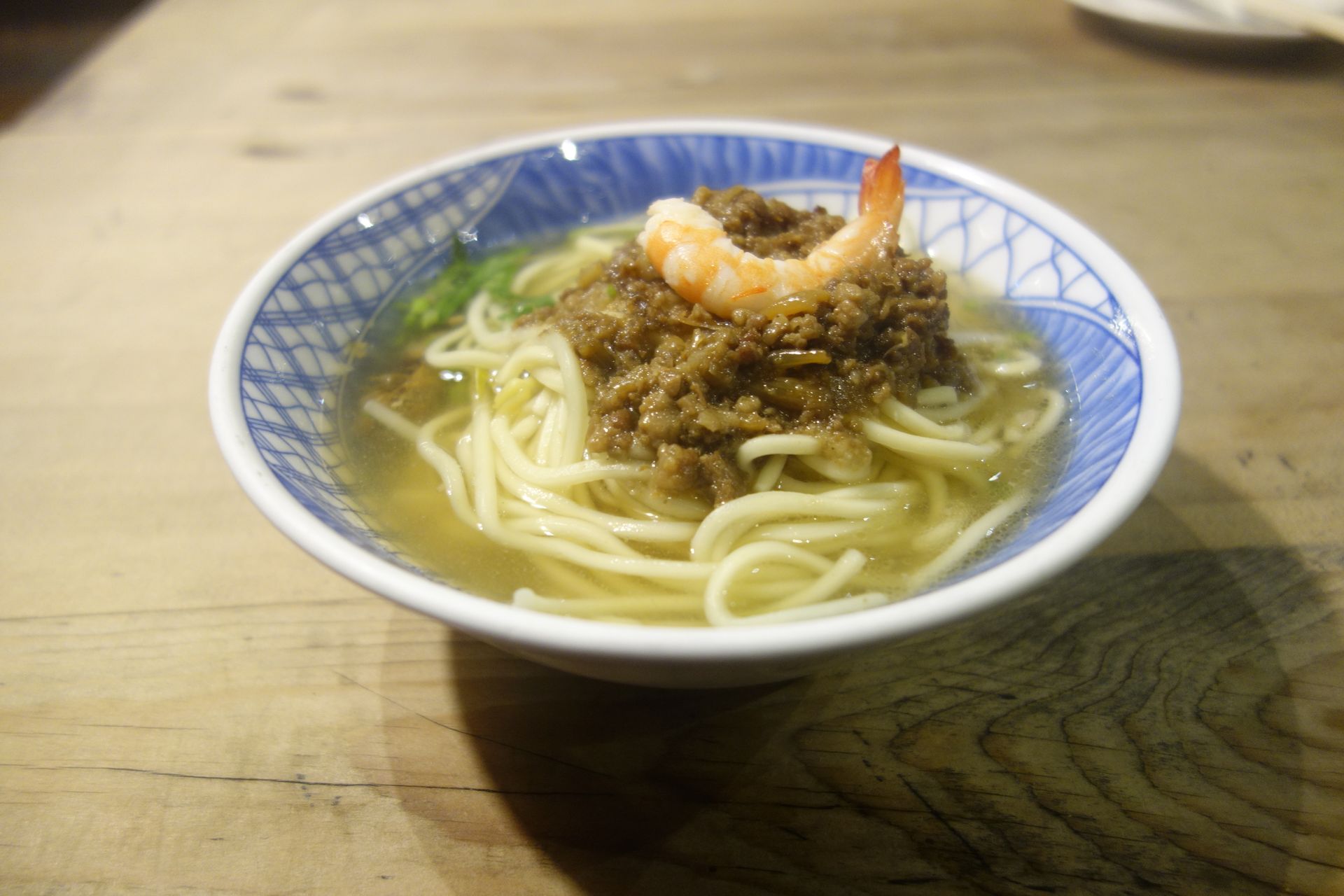
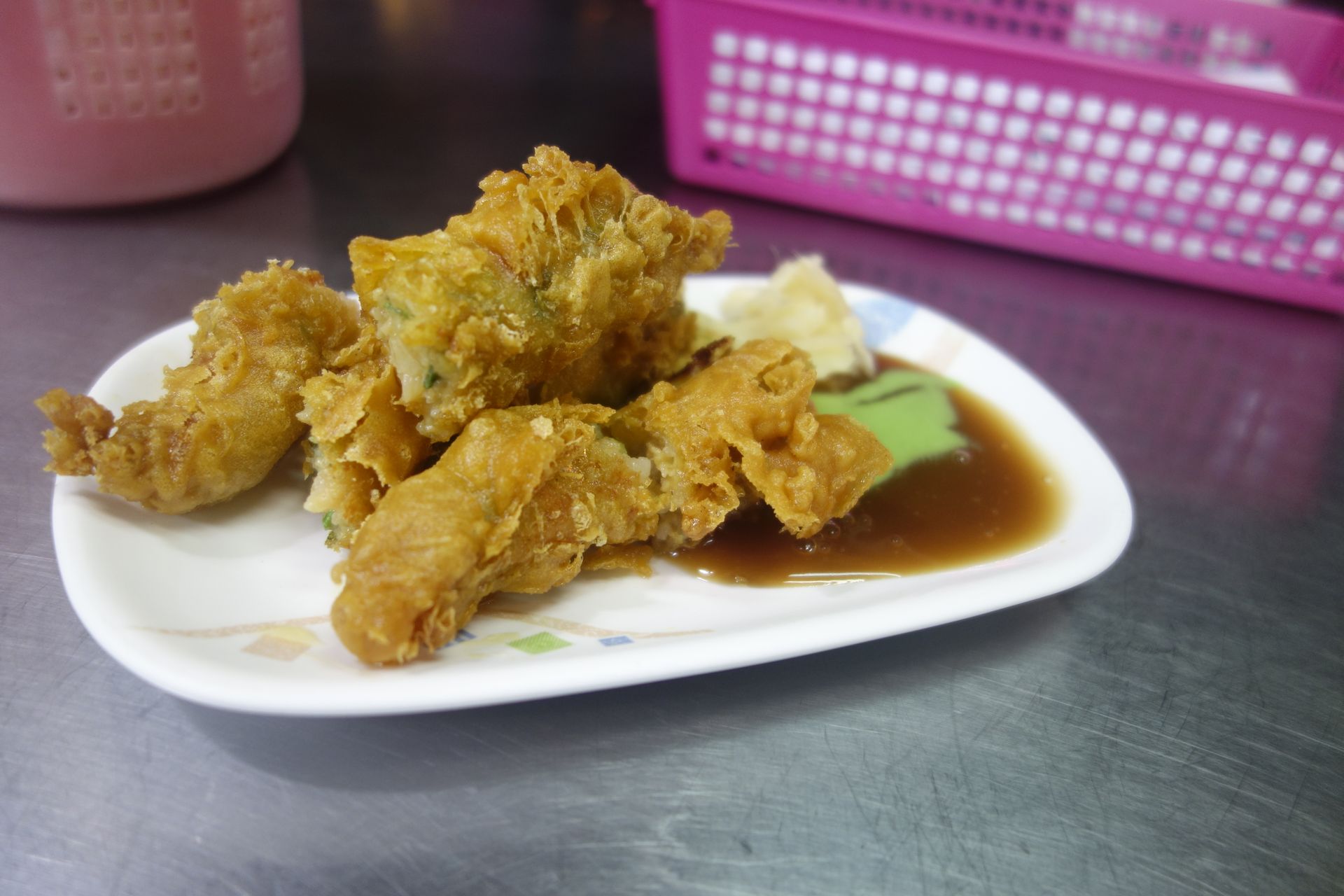

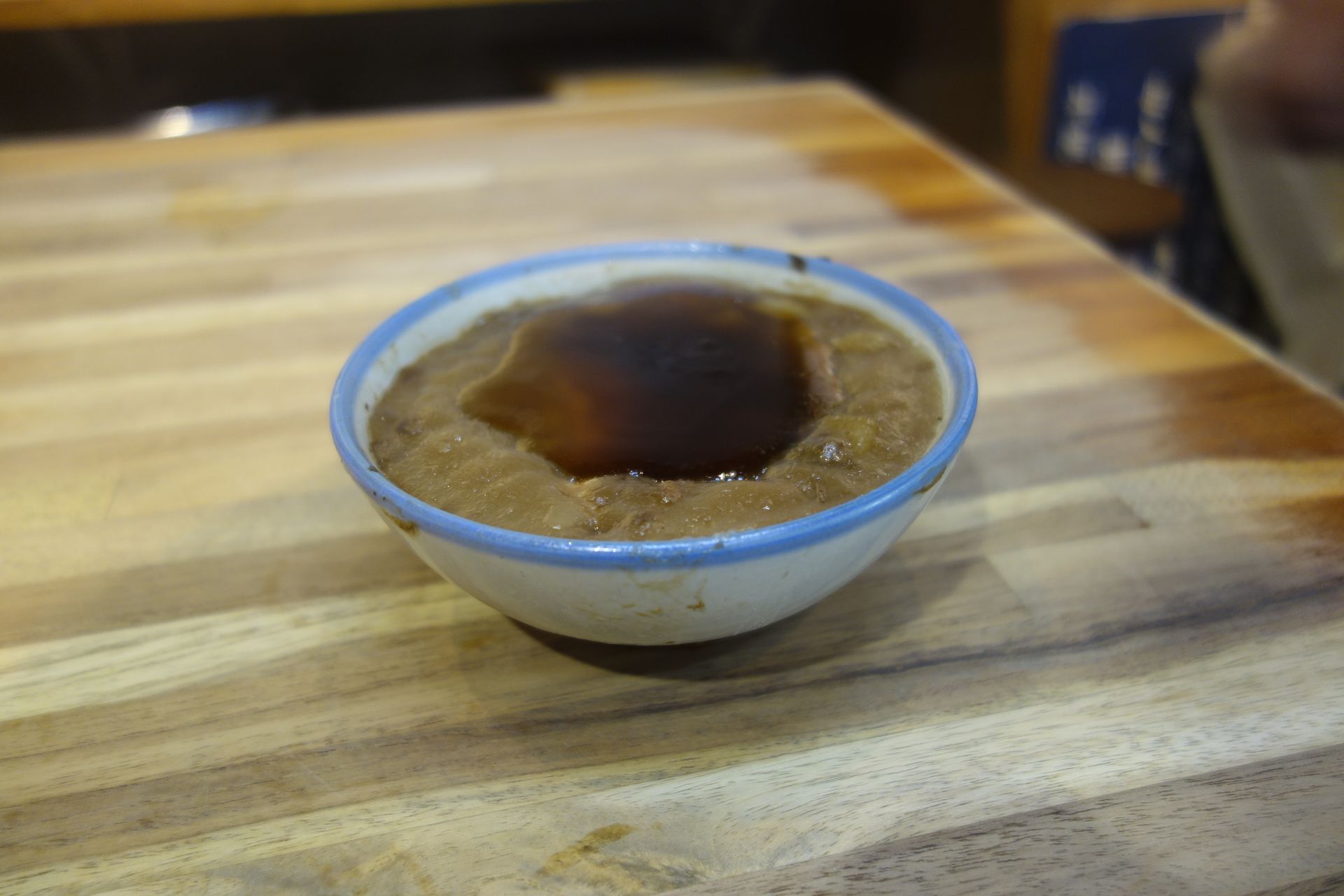
After all the savory eating, there is always room for dessert, and Taiwan has plenty to offer. Many desserts are refreshing and based on shaved ice, often with ingredients such as sweet potatoes, kidney beans, or tapioca pearls, and frequently with fruits like mango. Soy pudding, similar to silken tofu, is often served with sweet ingredients. Baked desserts include pineapple cakes, which are also popular souvenirs from Taiwan. The most famous culinary export, in the form of a dessert or a mix of a beverage and dessert, is Bubble Tea or Boba. It consists of tapioca pearls served in sweetened tea, usually with milk. Although tea is no longer necessarily part of the standard version, you can often find just milk with pearls soaked in brown sugar syrup or various fruit or sweet potato combinations. The combinations of beverages with various fillings are endless.




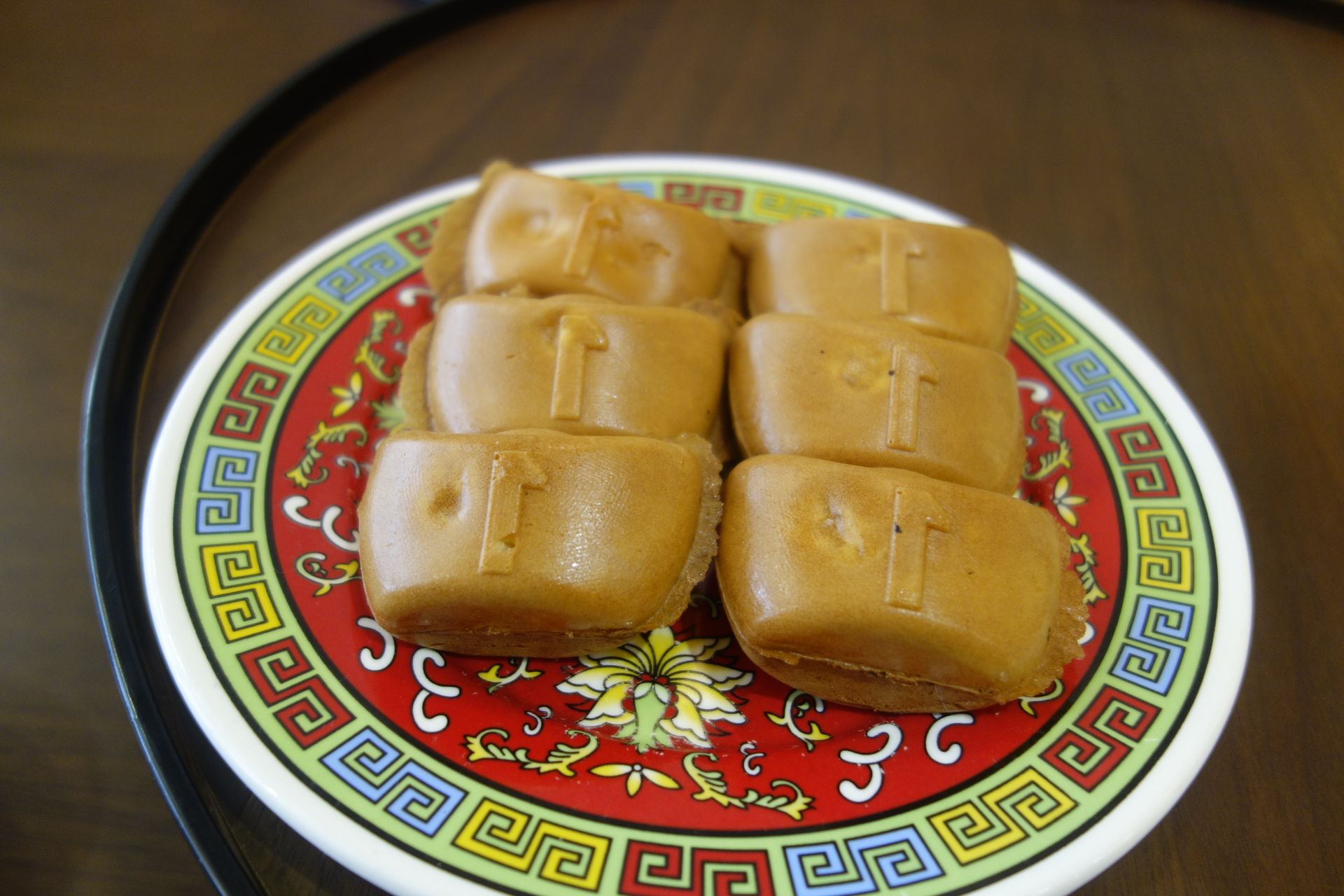
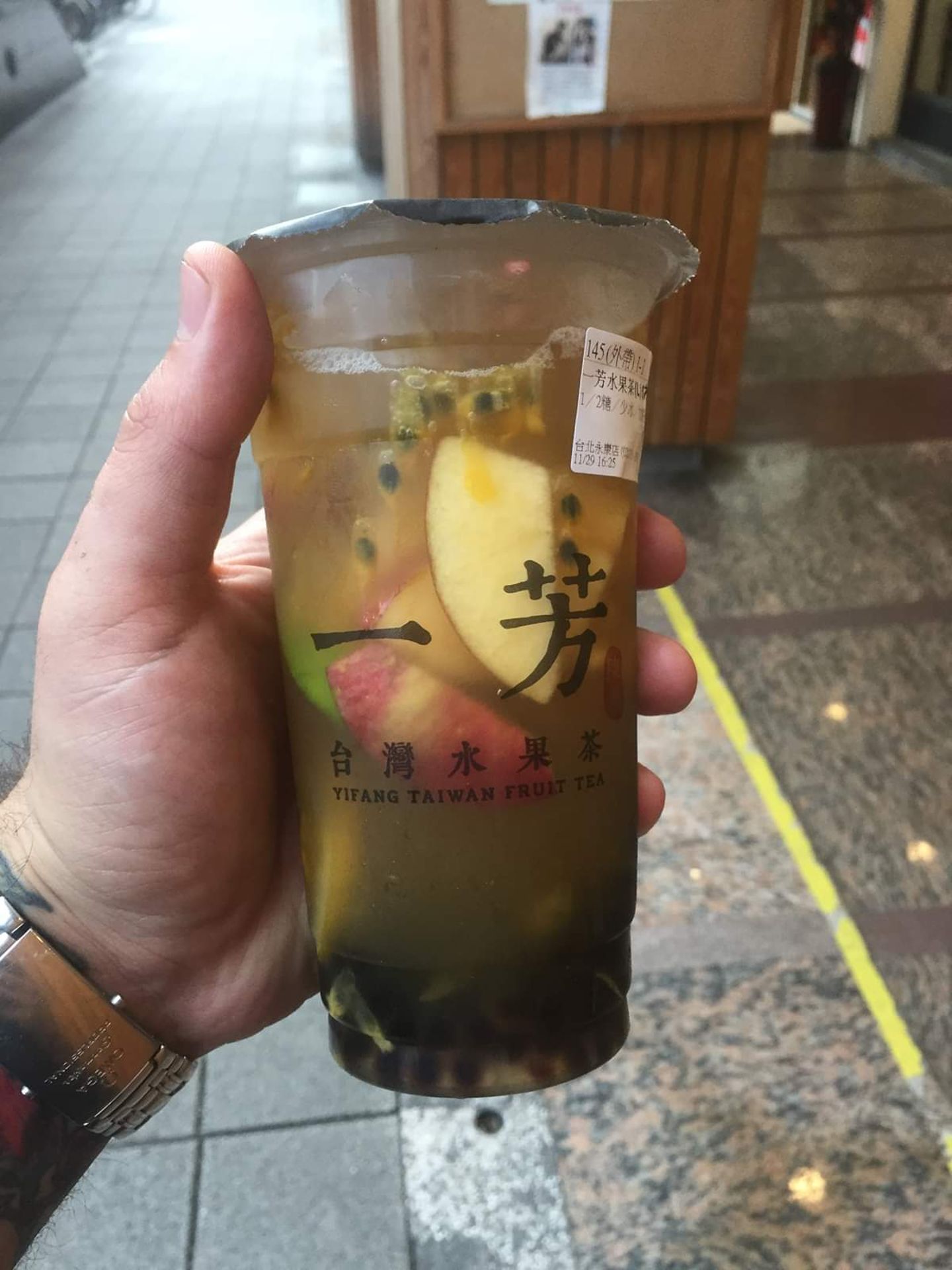
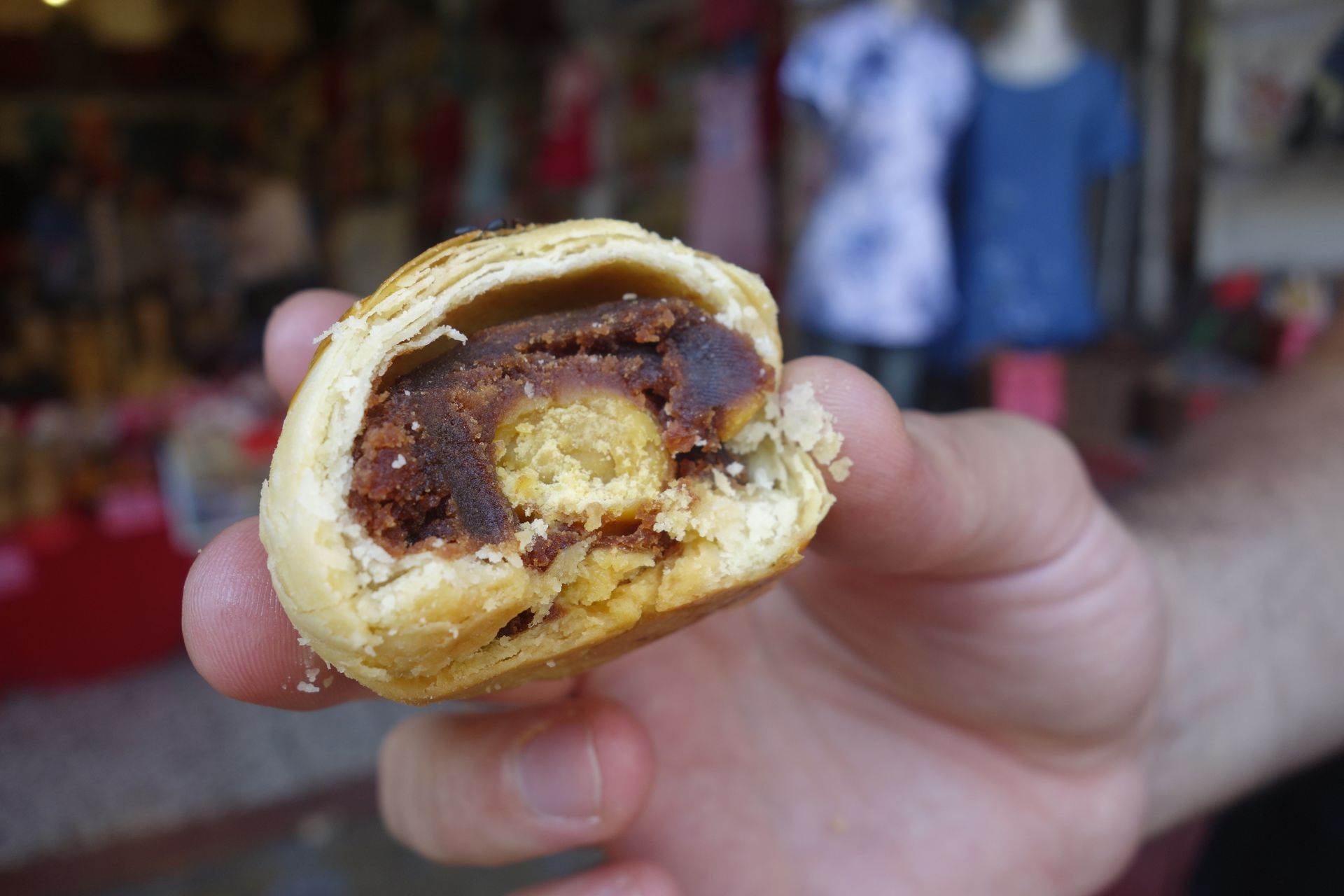
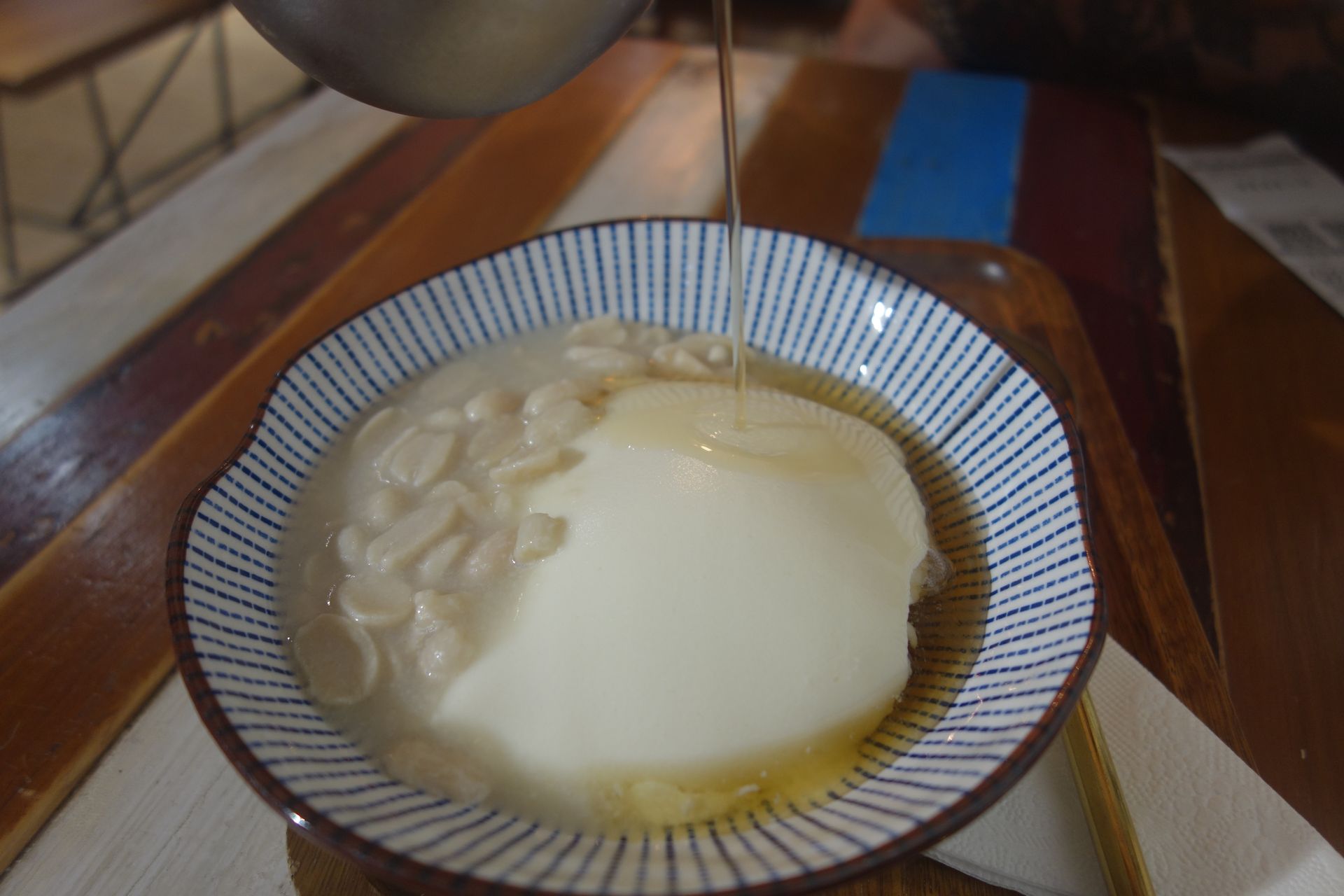
Finally, let's dedicate one last paragraph to breakfast. In many East Asian countries, breakfast is quite similar to other meals, a concept that we actually like. However, in Taiwan, there are a number of specific breakfast dishes. In addition to various steamed and pan-fried dumplings, soy milk is one of the essential items never missing from breakfast. When served as a drink, it is usually warm and sweetened, often made fresh. In another version, it is served with savory ingredients like dried radish and fried donut-like "youtiao." Coagulants like vinegar are added directly to the bowl, and you can watch as the soy milk curdles and potentially separates, resulting in a soup-like dish with tofu. Other dishes often include eggs, baked goods, or the aforementioned youtiao. For grab-and-go options, there are stands selling rice rolls where ingredients like eggs, rousong (a product that resembles wool and is usually made from pork), and pickled mustard greens are wrapped in sticky rice.

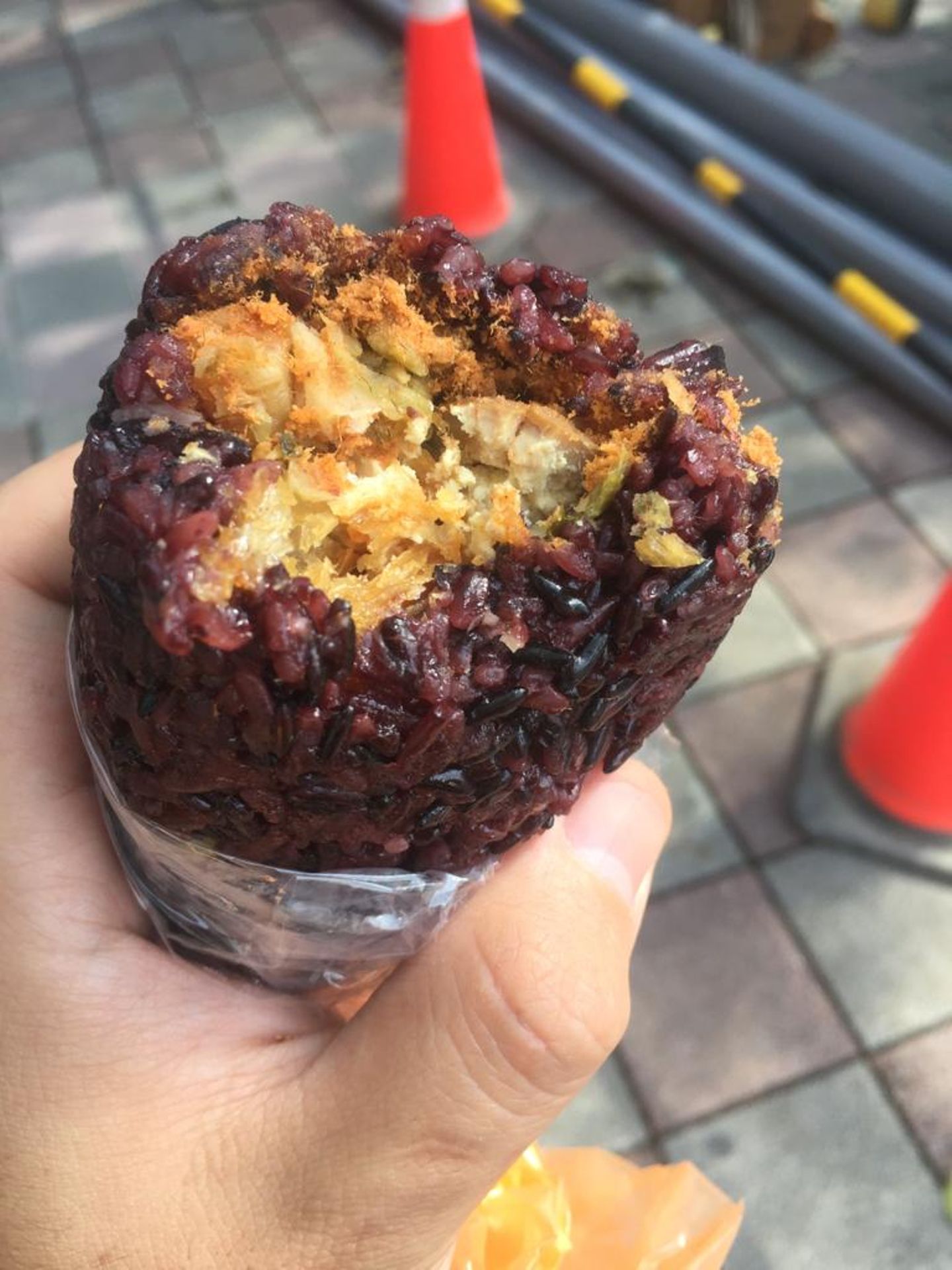




So, before it becomes excessive, we will stop here, although there is much more to talk about. Conclusion: Delicious food can be found in Taiwan.
Ohauru ki te Panui
Whakautu

Ripoata haerenga Taiwan

